Shoes: We love them, we all have a favorite pair—but when it comes to knowing which workout shoes to wear for obé classes, most of us have questions.
When should I keep them on, and when should I throw them off? Are running shoes game for HIIT, too? And are grippy socks always necessary?
Your shoe choices signify more than your style—they can also make or break your workout. To get answers about best practices, we sat down with our footwear-fluent Training Manager Melody D. and barefoot expert Adam D. for a crash course on all things shoes.
Bracing for Impact? Keep Your Workout Shoes On
For any of your high-impact classes (looking at you, HIIT, Dance, and Cardio Boxing), sneakers are a must-have, not a nice-to-have. Getting some shock absorption under your feet is critical, especially if you know jumping will be on the agenda, says Melody.
In general, here’s a good framework to obé with: “if you see the instructor wearing shoes in class, you should probably also wear your shoes,” says Melody. “You’ll be set up for success.”
The floor you’re working out on should also be a consideration, says Adam. “If you’re on a cement or a hard floor, as opposed to something more flexible like wood or turf, shoes are great for protection.”
The reason? More protection means you’ll be able to go all in, full out for those high impact movements much longer. “As we work out and put strain on our bodies, we’ll eventually deplete the stuff that protects our joints if we’re not providing support,” Melody added.
For Bounce, shoes are especially important for preventing slippage and staying injury free. Melody recommends lightweight cross trainers to support all of those lateral motions on and off the trampoline.
Try Shoes-Off for Strength
An unexpected time to experiment with going barefoot? Any of your Strength classes—and yes, even if you’re using weights. Not only does going shoeless provide added stability between you and the floor (shaky deadlifts be gone), but it also strengthens the stabilizer muscles in your feet to support your lifts and flexes.
Outside The Box, it’s one of Melody’s favorite level ups. “If I’m at home doing an obé Strength class with Kat E. or Dorian C.,I love taking my sneakers off. My balance and stability is so much better when I train barefoot because I’m forced to ground myself.”
Running Shoes vs. Cross Trainer Workout Shoes
Not sure which to wear for class? When in doubt, choose cross trainers. Unlike running shoes, which are optimized for frontwards and backwards motions (aka running and walking), cross trainers are truly universal for all kinds of movement patterns, giving you more freedom to obé every which way. (Pro tip: Melody says Asics and Nike cross trainers are the most popular shoes in The Box.)
That makes cross trainers a perfect fit for Dance Cardio, Dance HIIT, Power, or anything that gets you moving in a few different directions. For more forward-facing classes like Cardio Boxing or HIIT sequences without lateral movements, running shoes can work as well, but shouldn’t be your first choice.
Either way, having two pairs is always better than one. A dedicated set of (indoor) workout shoes is key to lengthening their shelf life (and keeping them looking cute). But a little hack? Investing in two sets and keeping them on a rotation can make it feel like they last longer, Melody says.
When To Go (Totally) Bare
For all your favorite low-impact classes—Pilates, Barre, Vinyasa Yoga, Yoga Sculpt—you can keep your shoes off.
“Often, traditional gym shoes squeeze our toes together,” explains Adam, who recommends going barefoot to boost balance and stability. “It will also contribute to injury prevention by strengthening the chain of muscles that connect through joints like ankles, knees, and hips.”
If your floor or mat tends to be on the slippery side, grippy socks can also be a game-changer. “In order to grip the floor and activate all the little muscles we normally don’t feel in our legs, a strong connection to the floor is imperative,” Adam—who often rocks a colorful pair of grippy socks in class and also loves ‘barefoot’ style shoes—adds.
And when it comes to Sculpt, it really depends on the programming. If you’re gearing up for a Spencer J. sequence, which tends to lean a little more spicy, a lightweight shoe can give you an extra support boost—especially for those mountain climber moments.
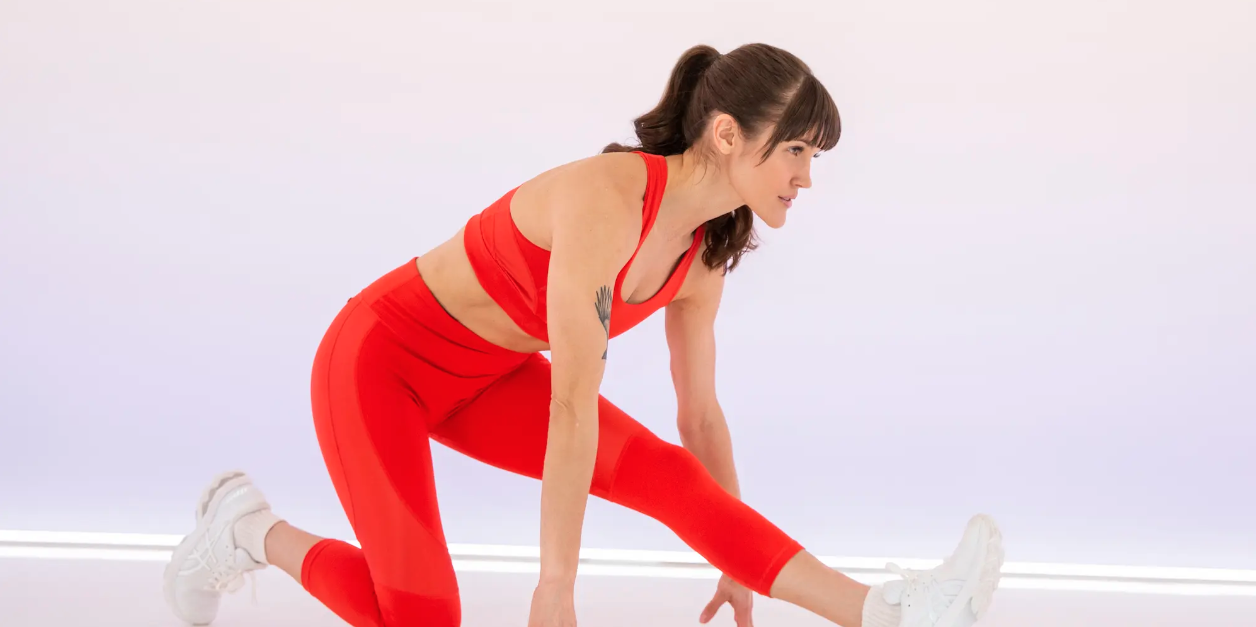
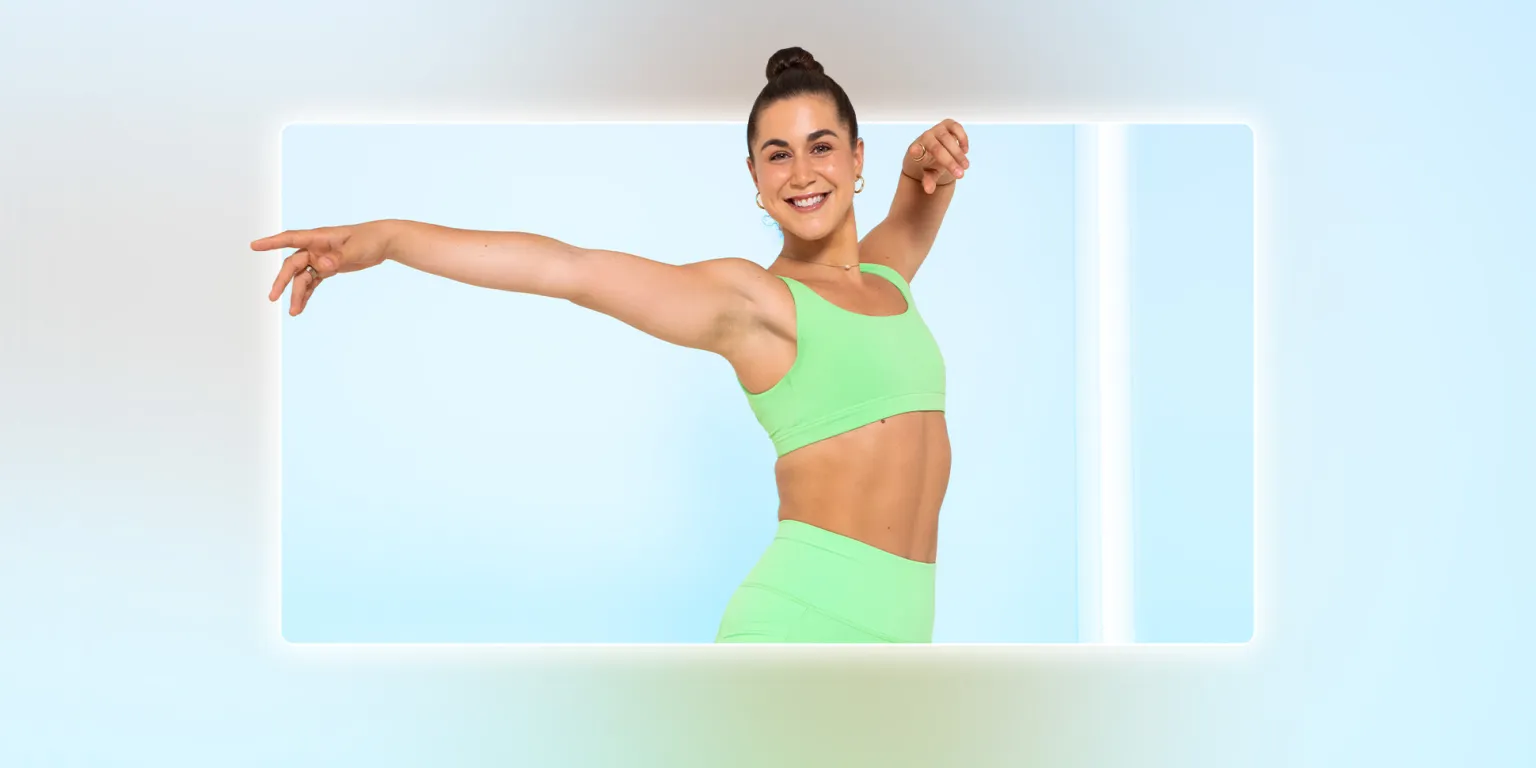
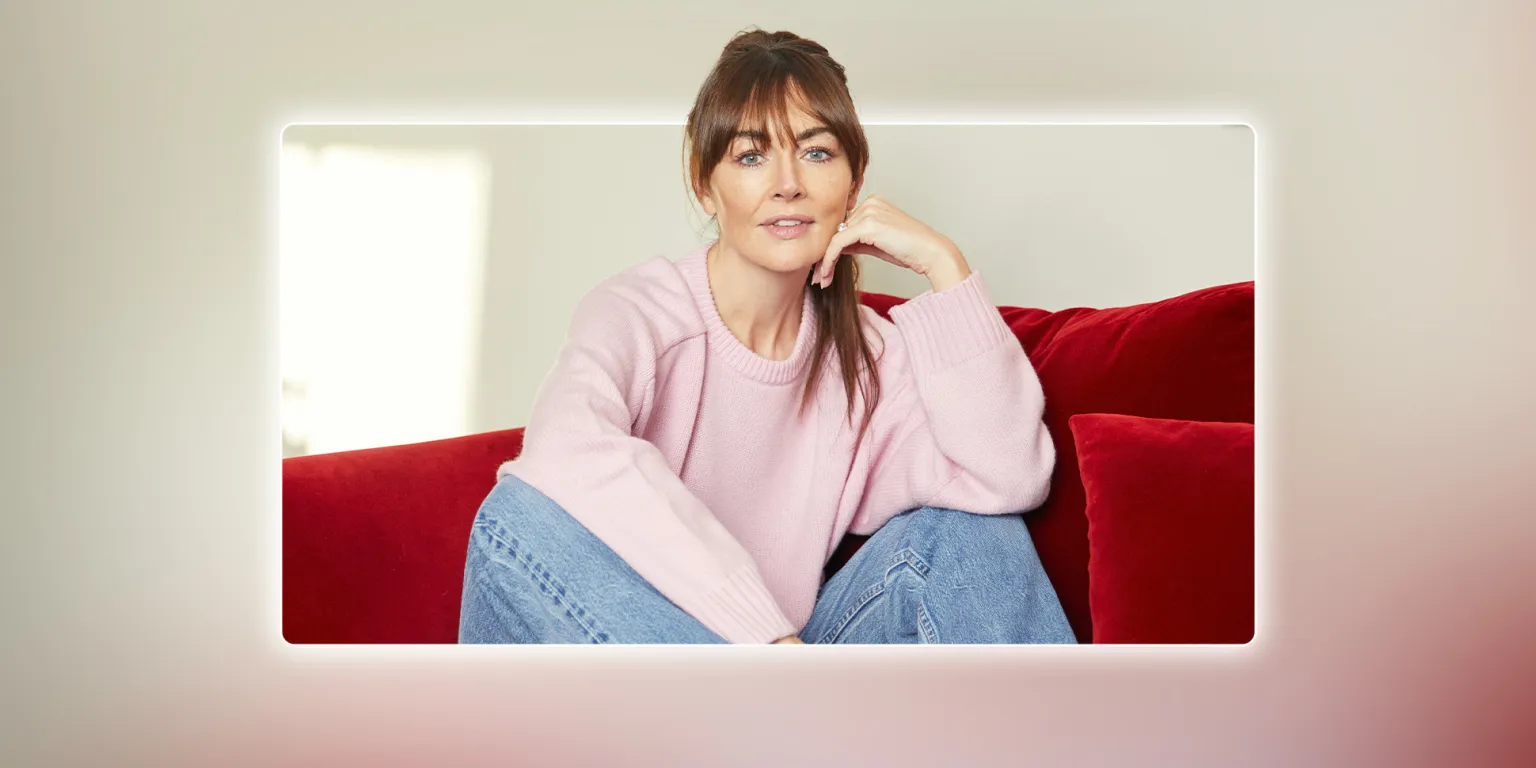


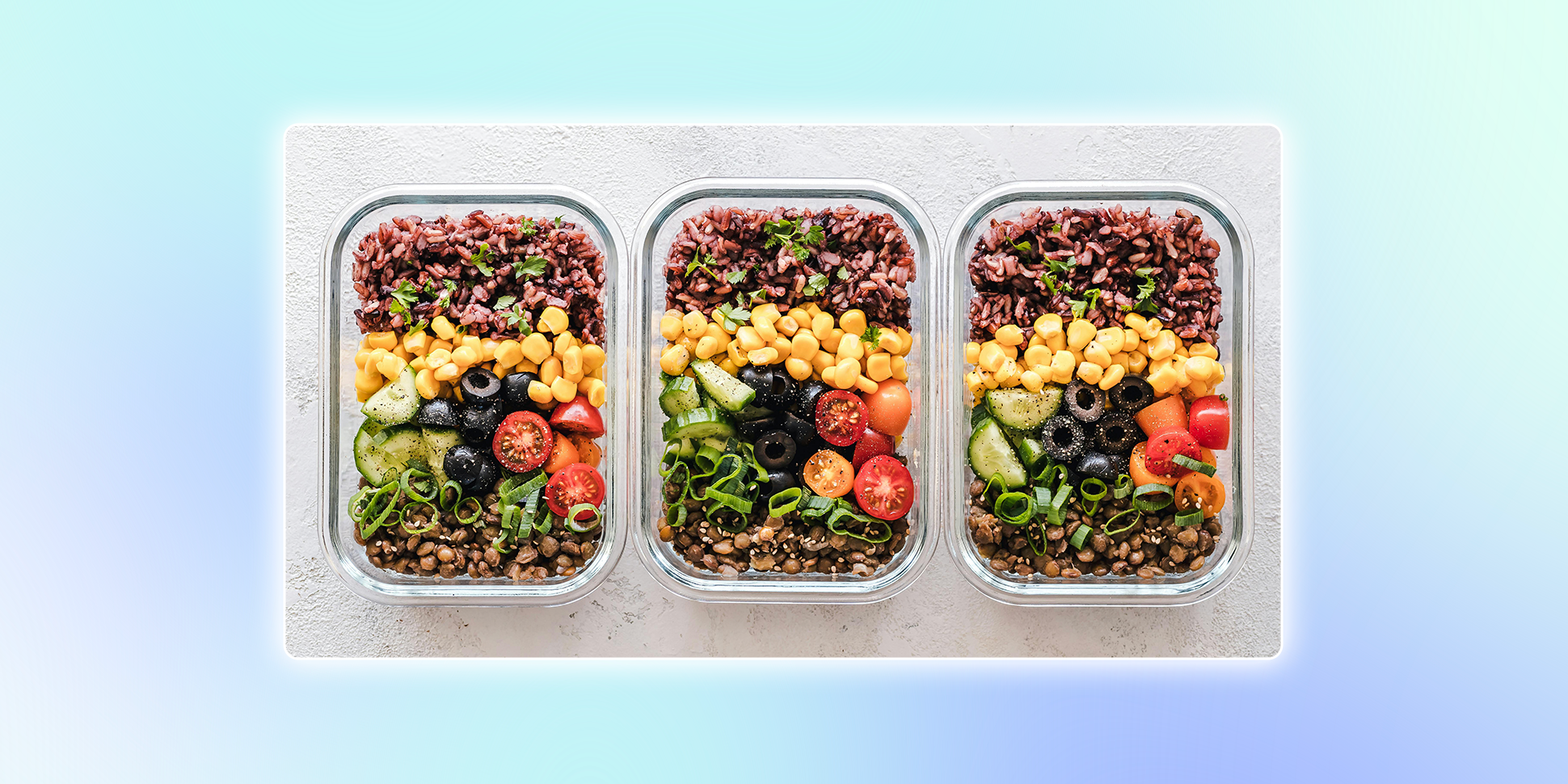
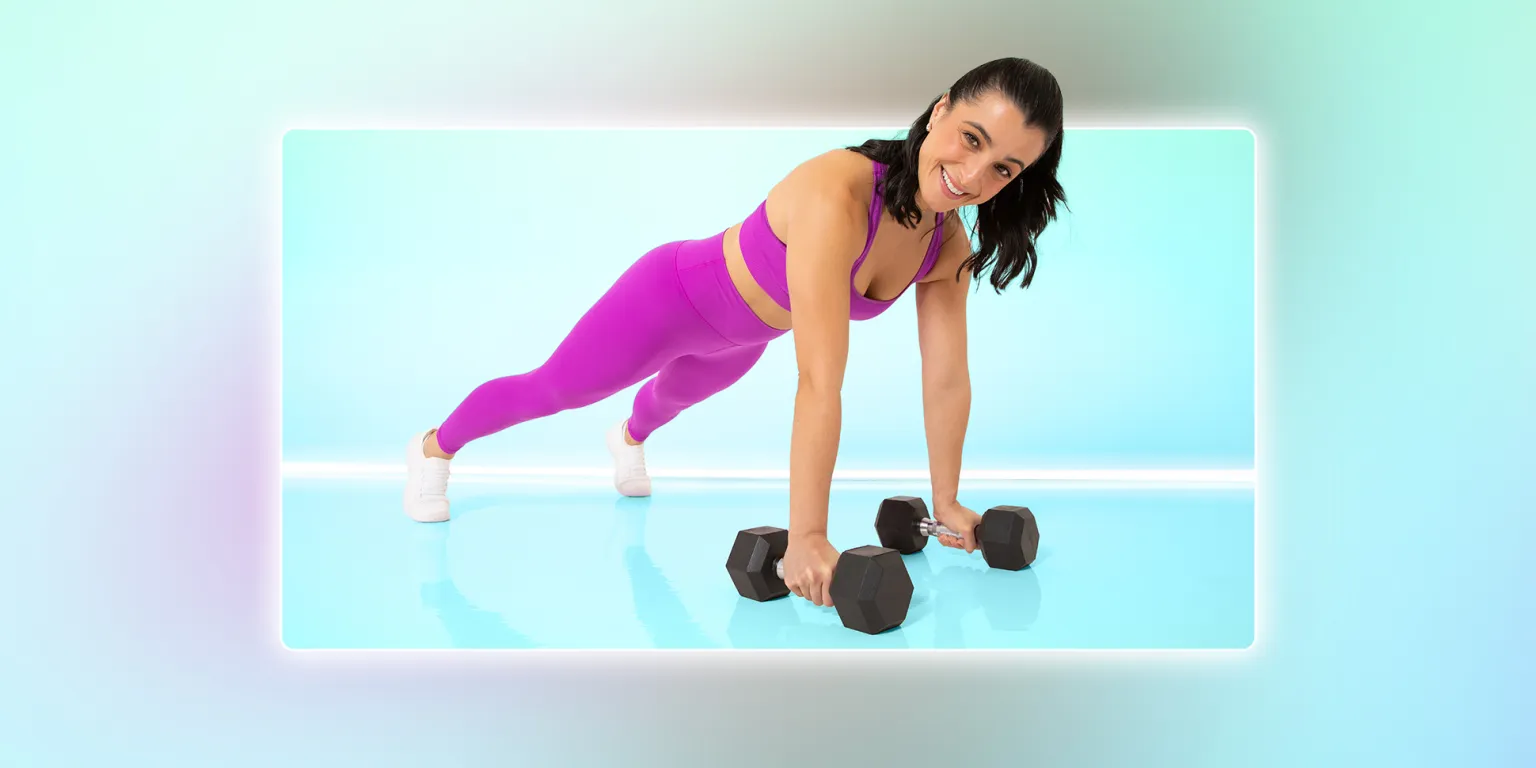
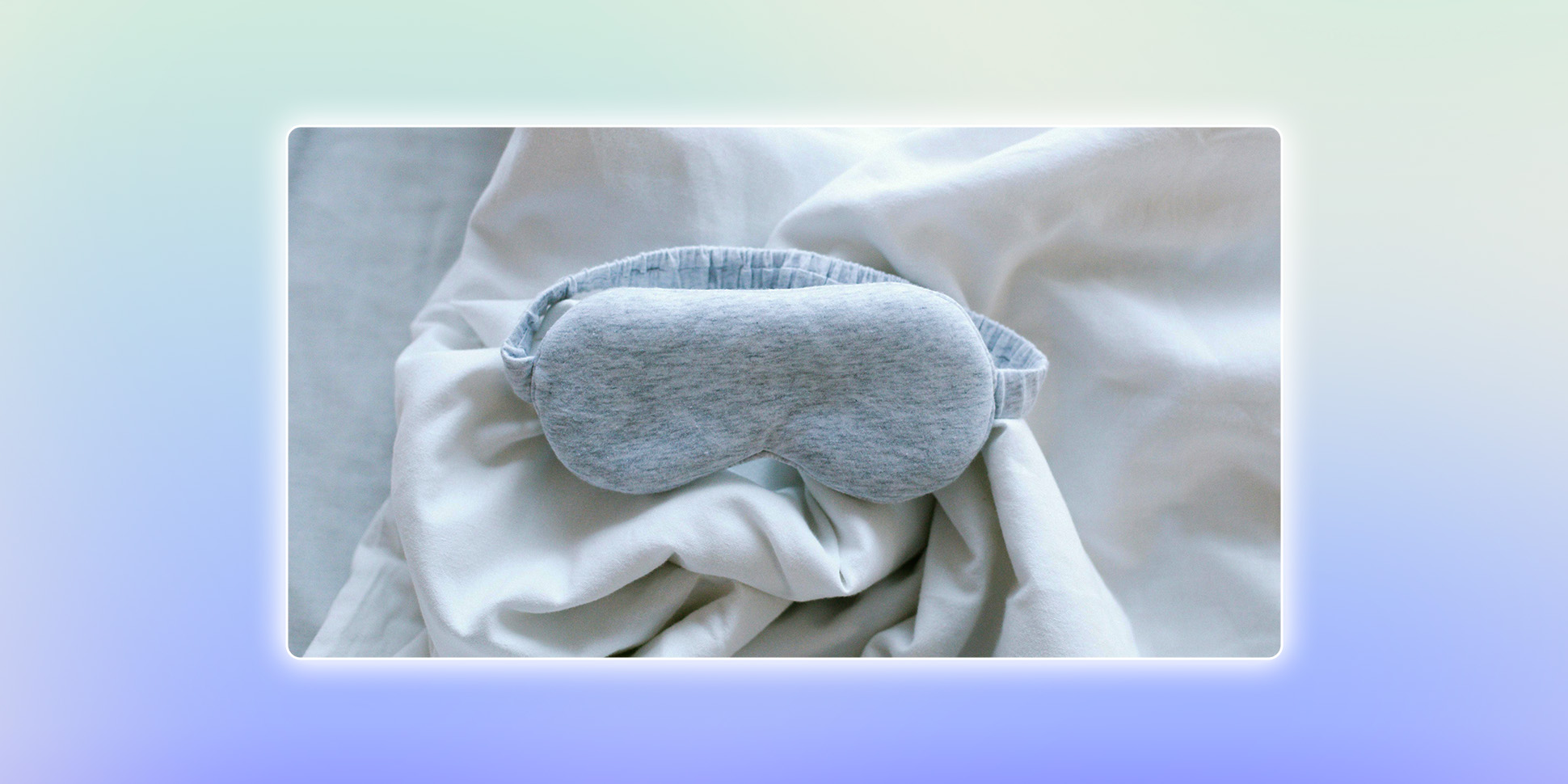
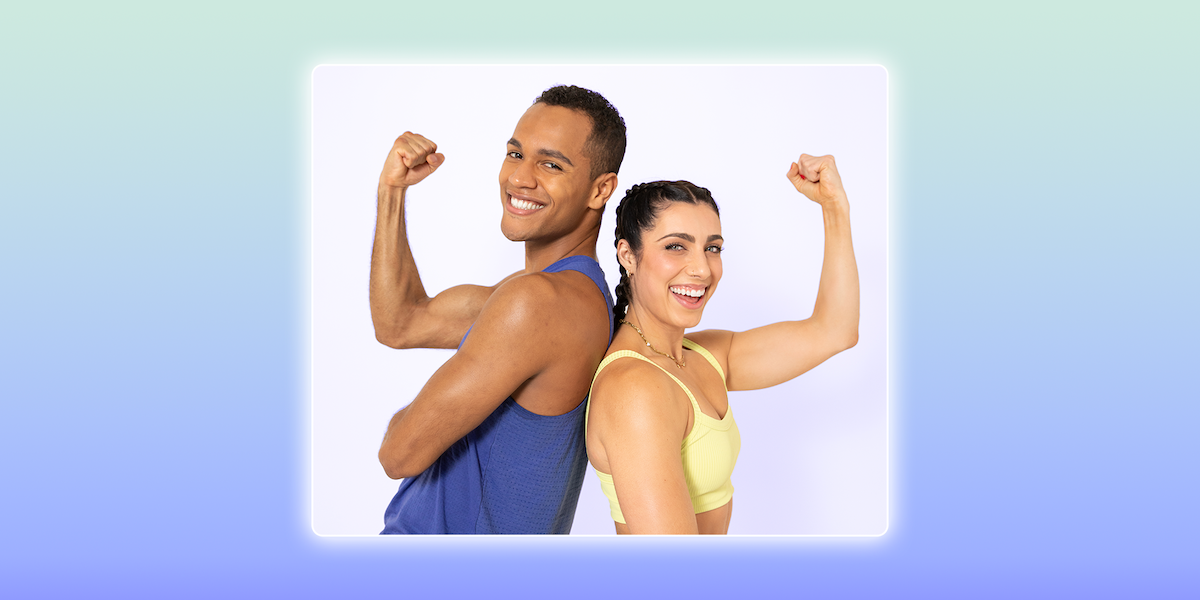
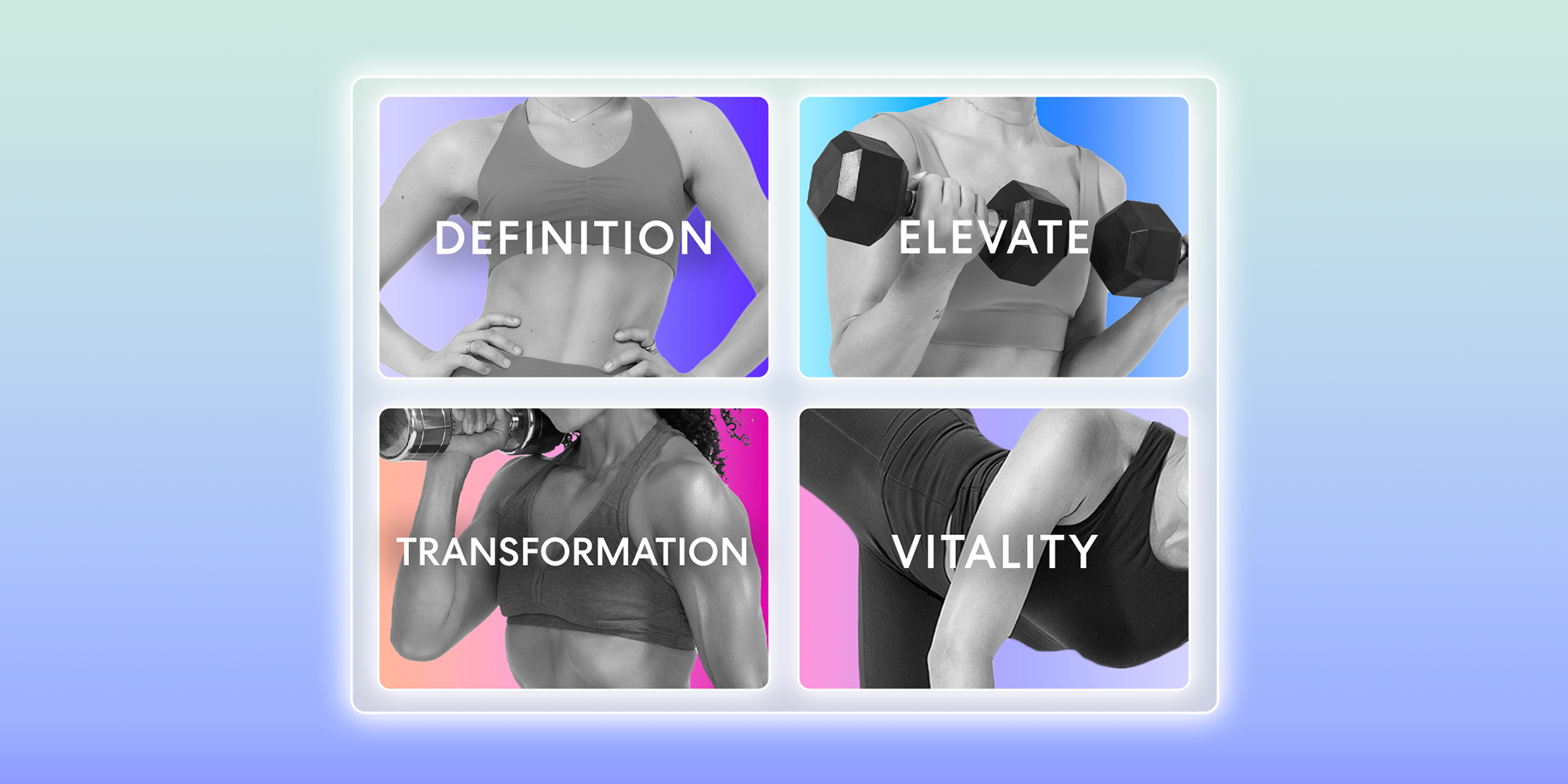
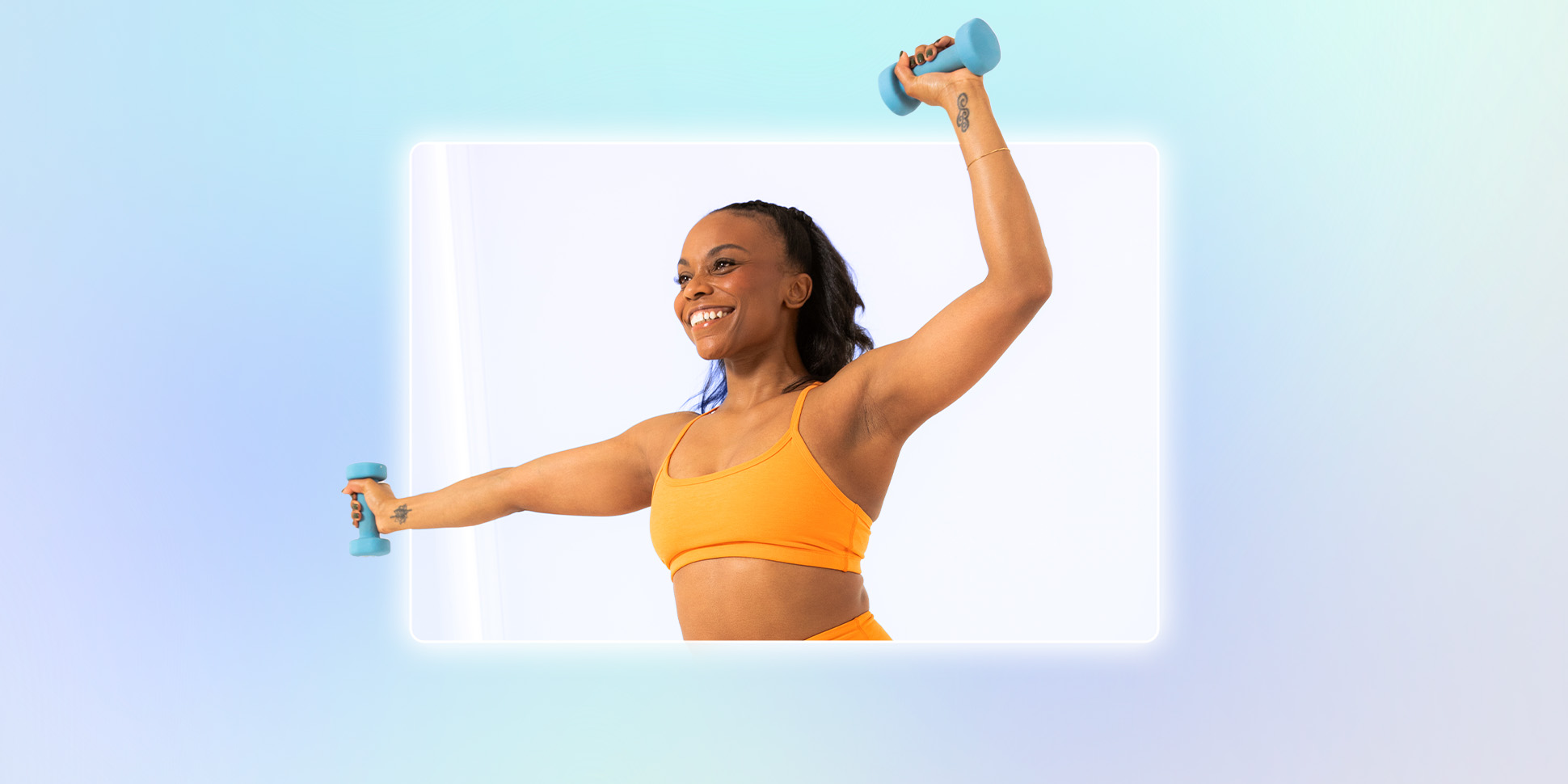




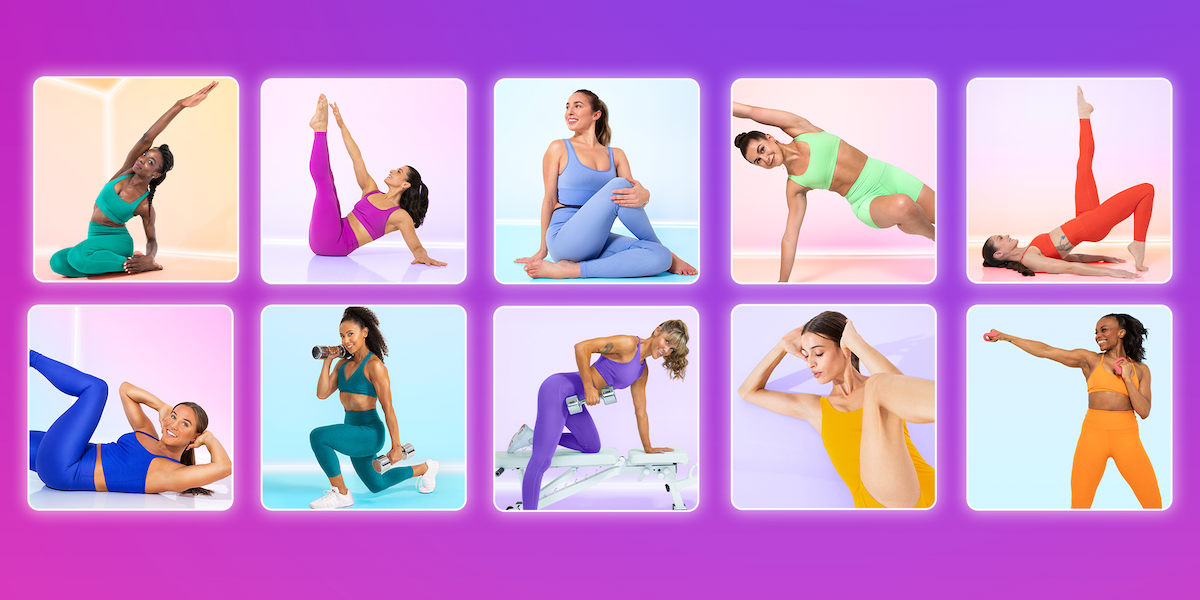


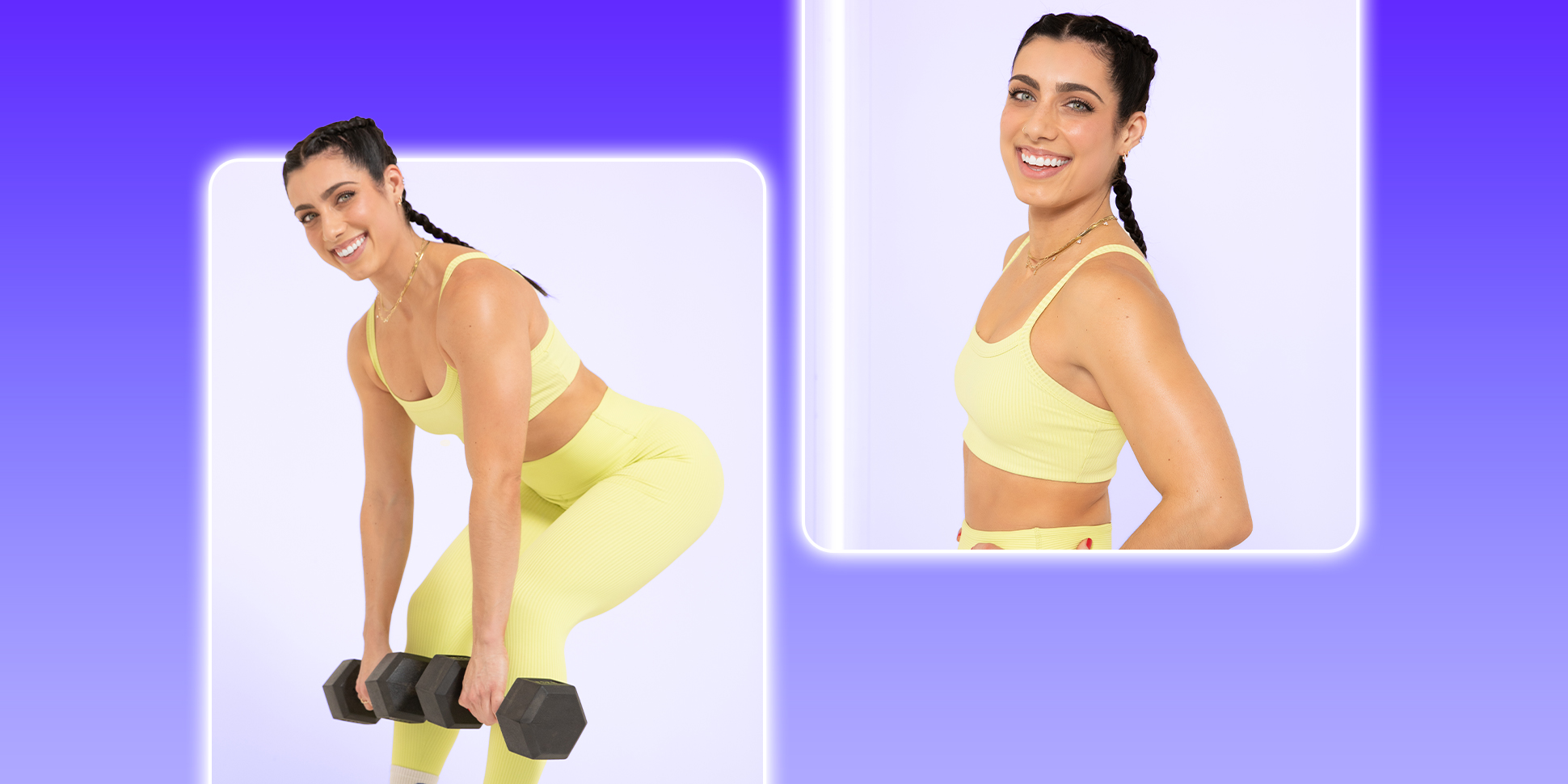
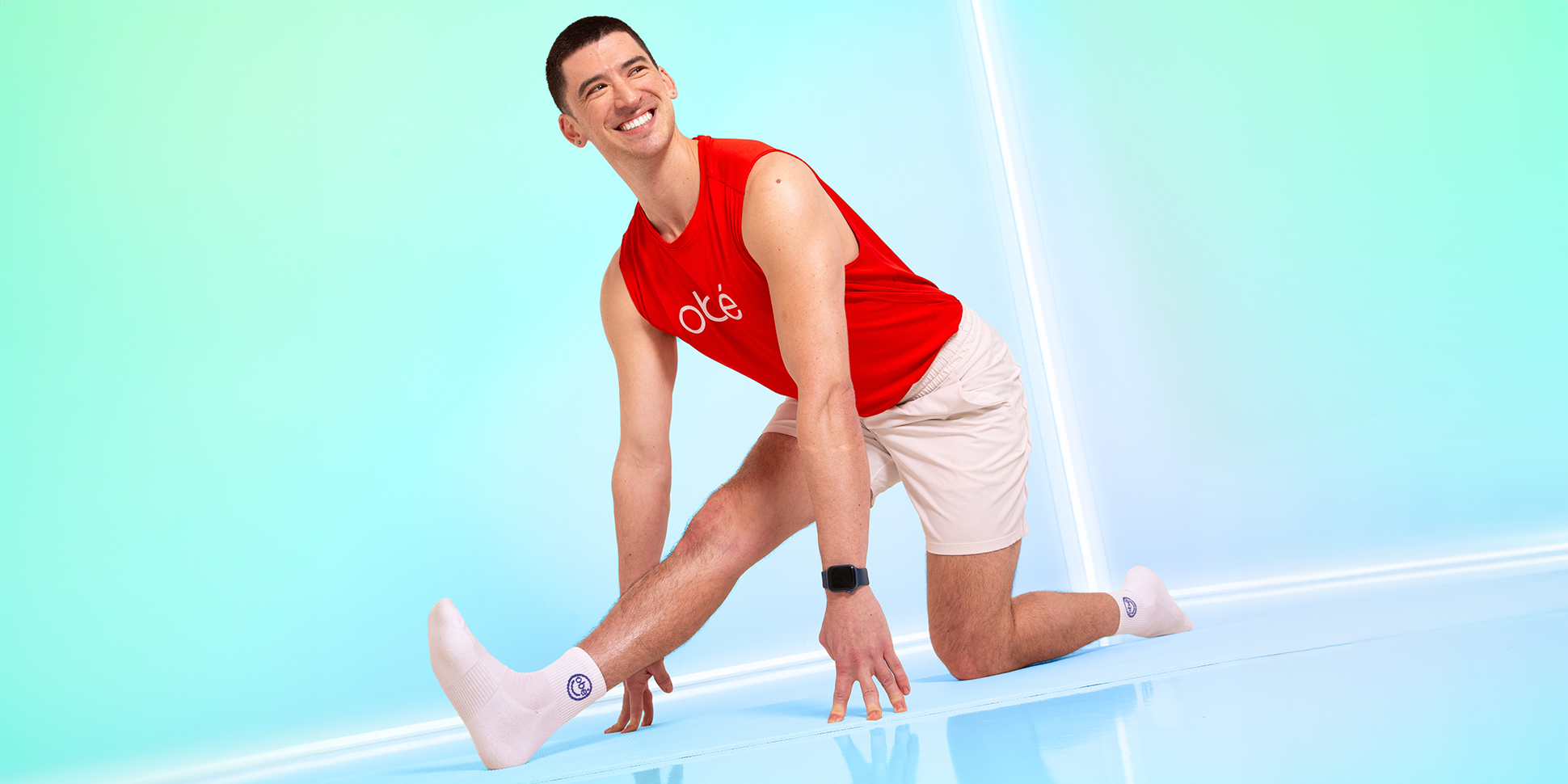

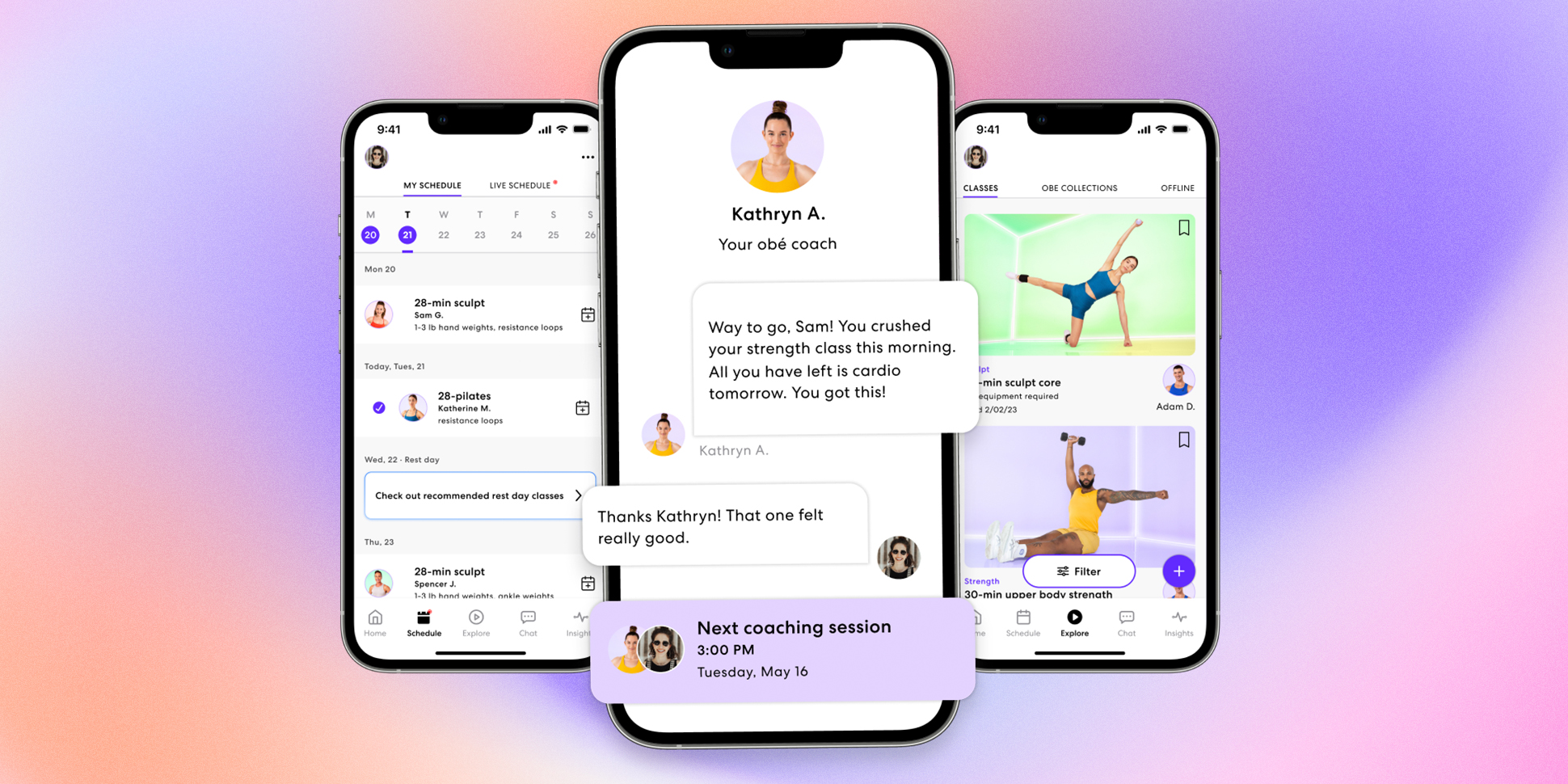
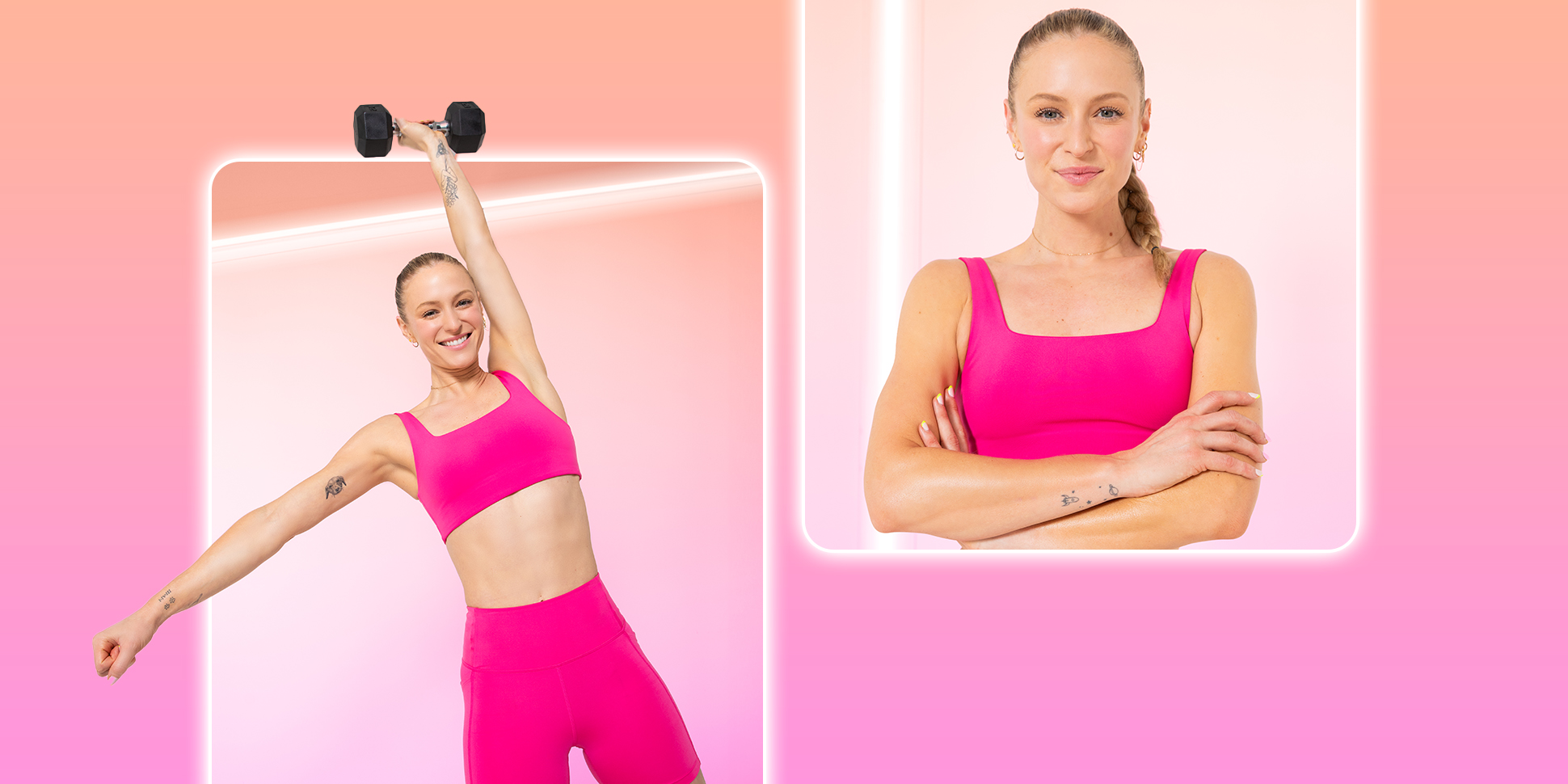
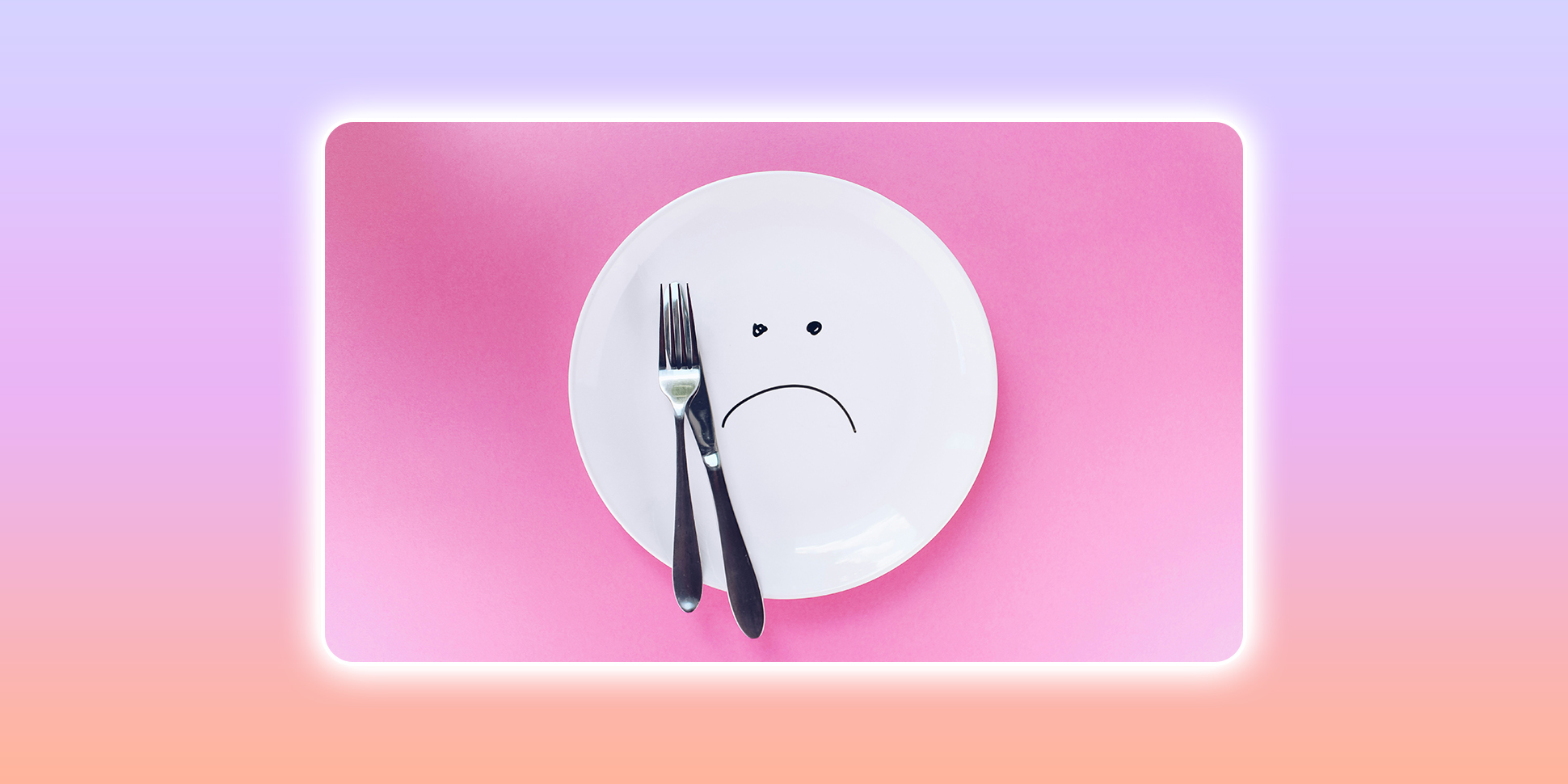
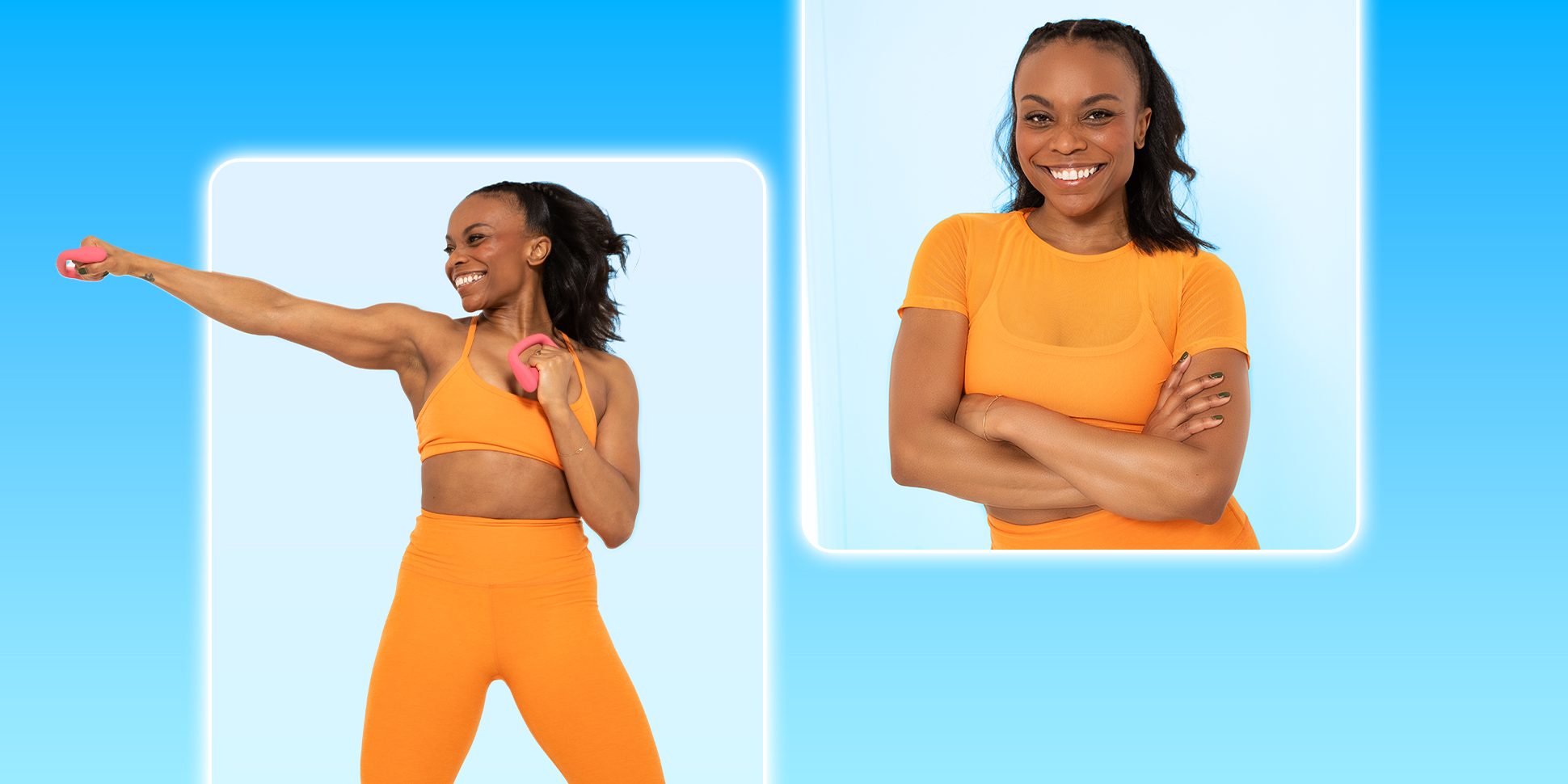

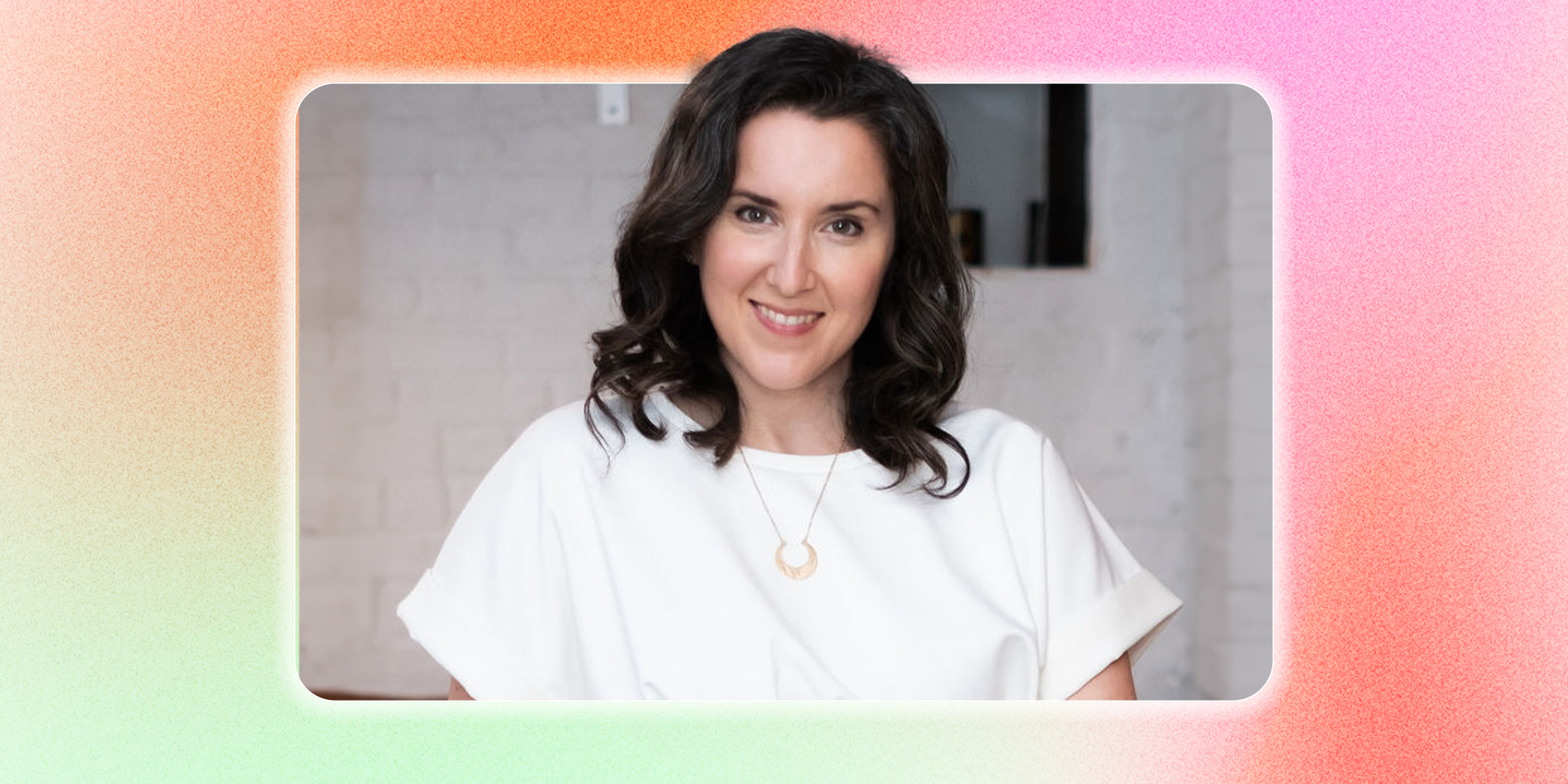

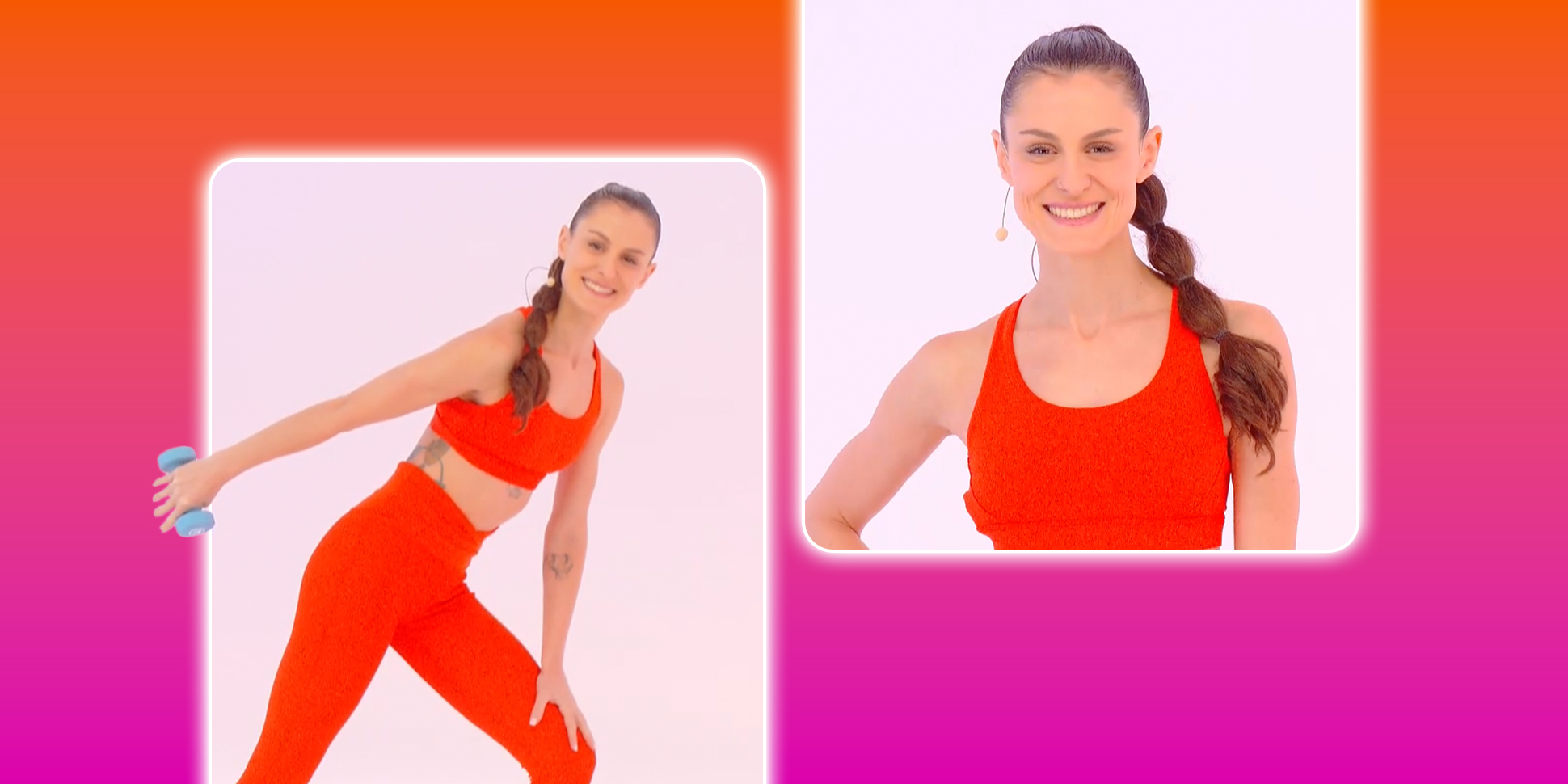
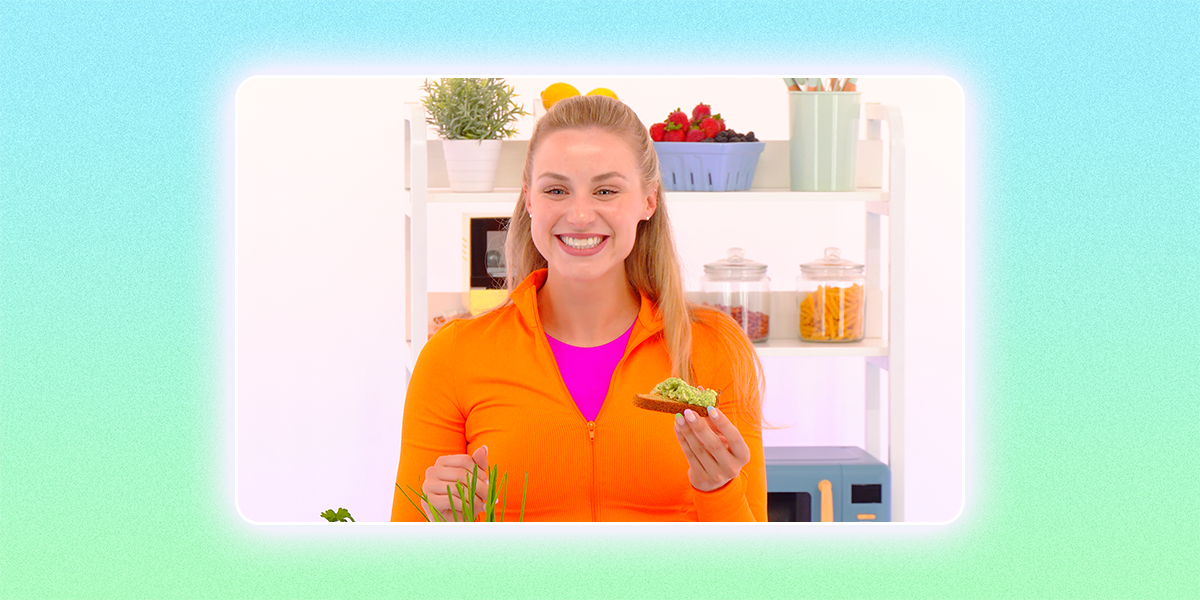

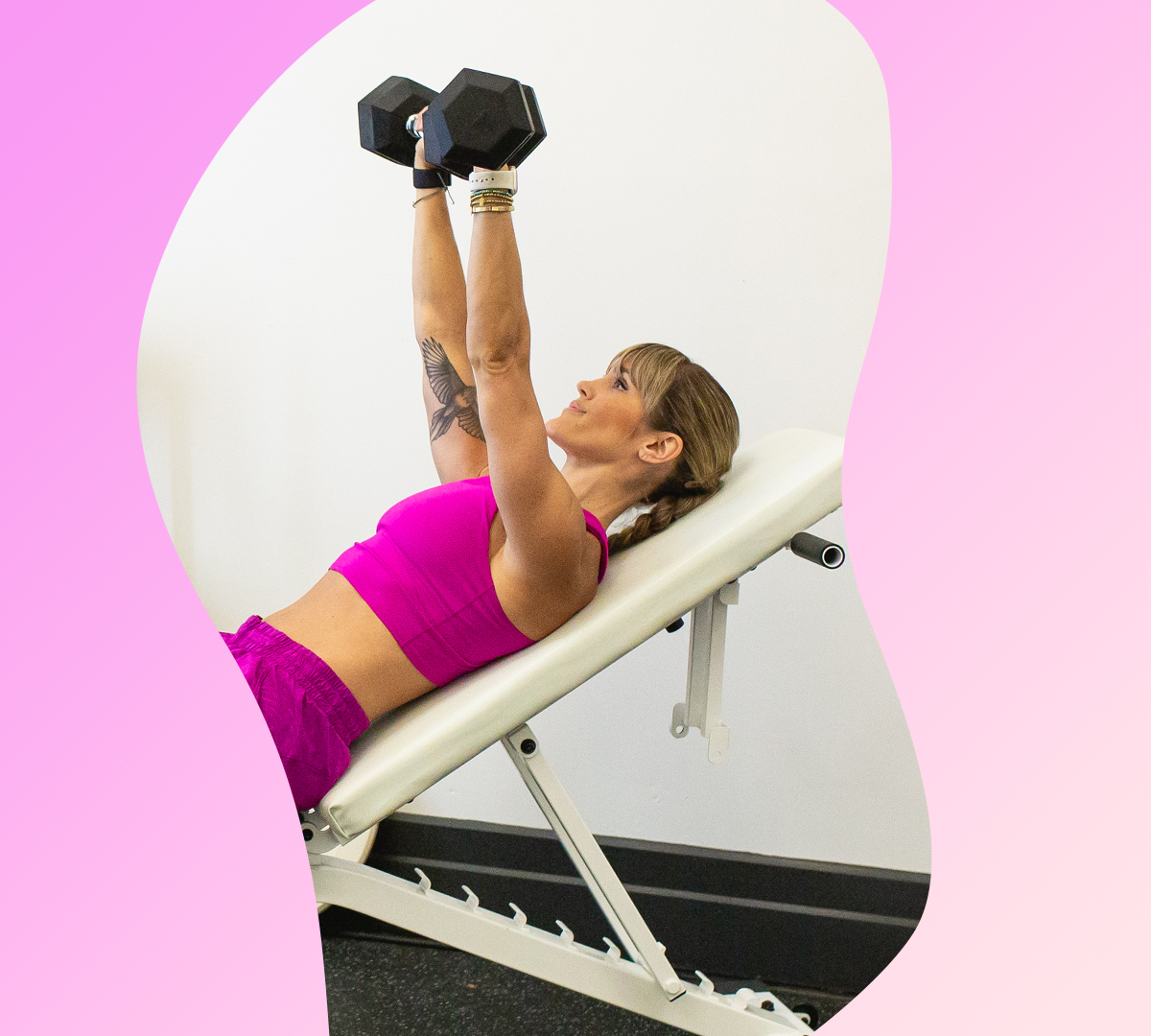
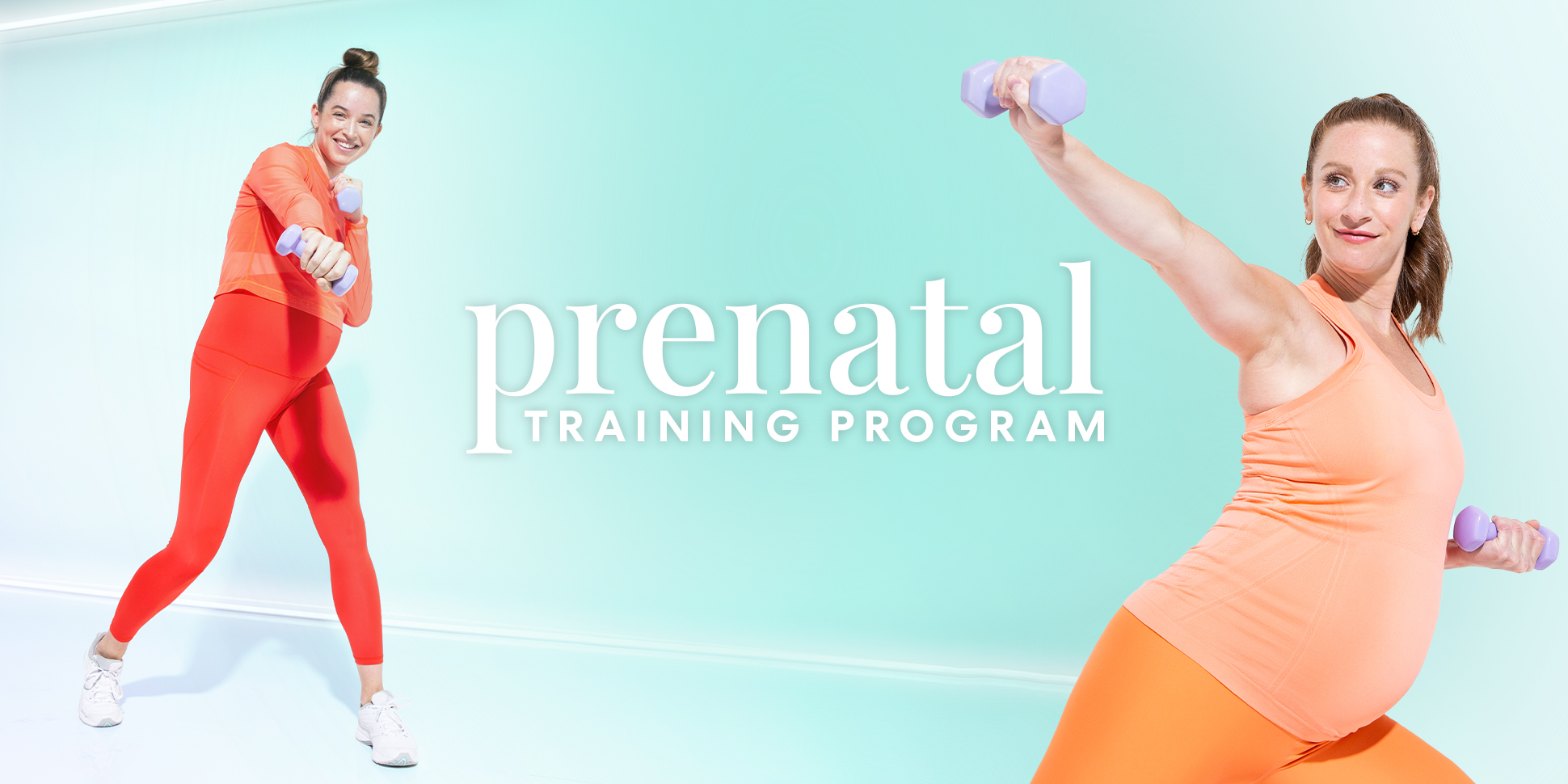


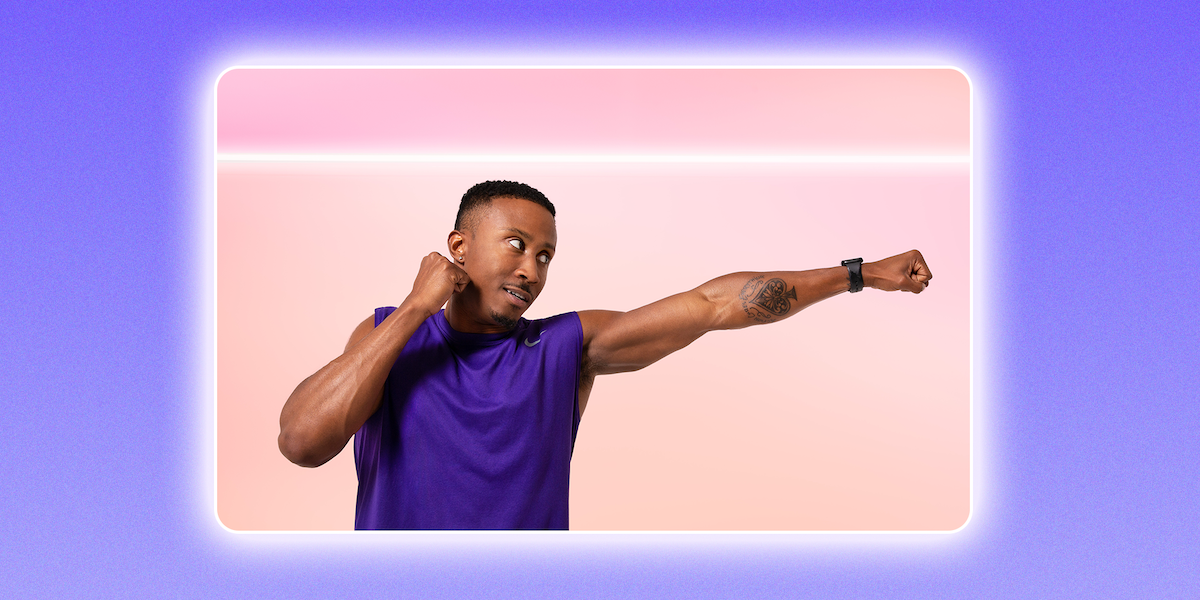
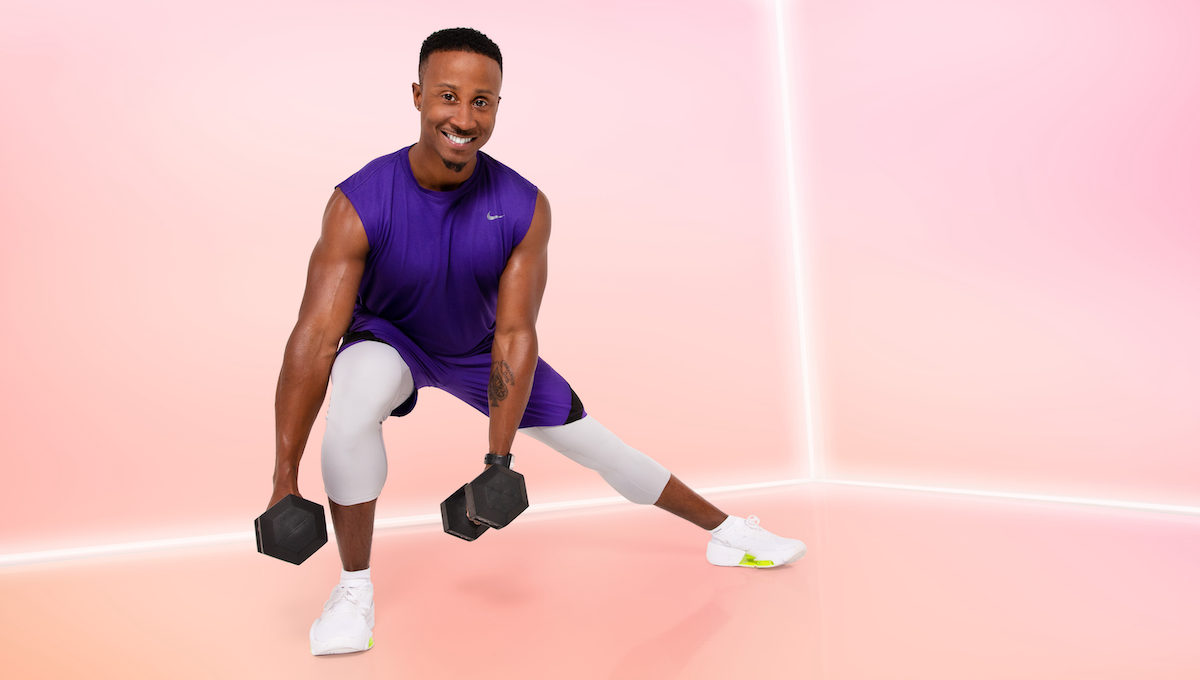

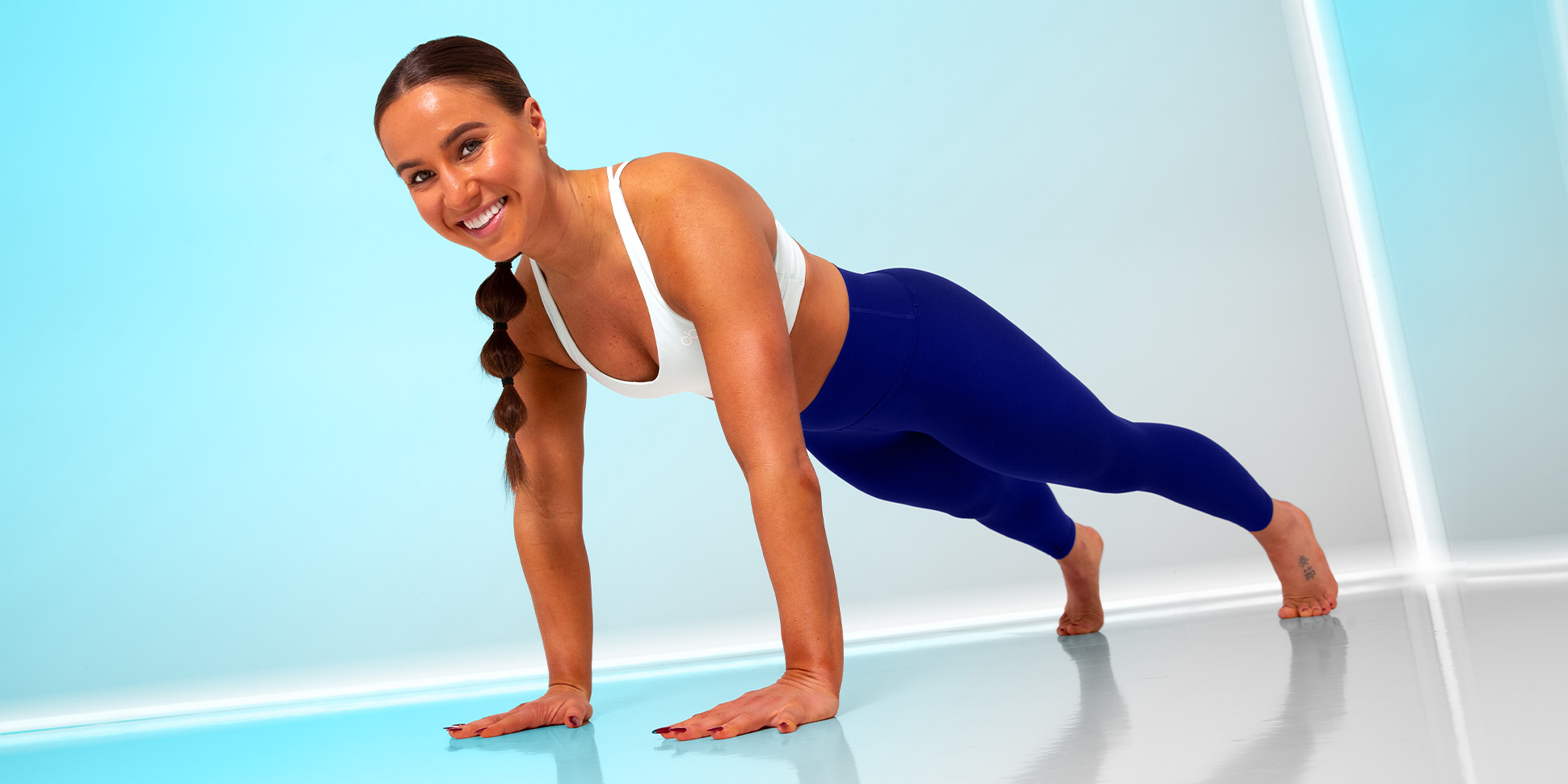
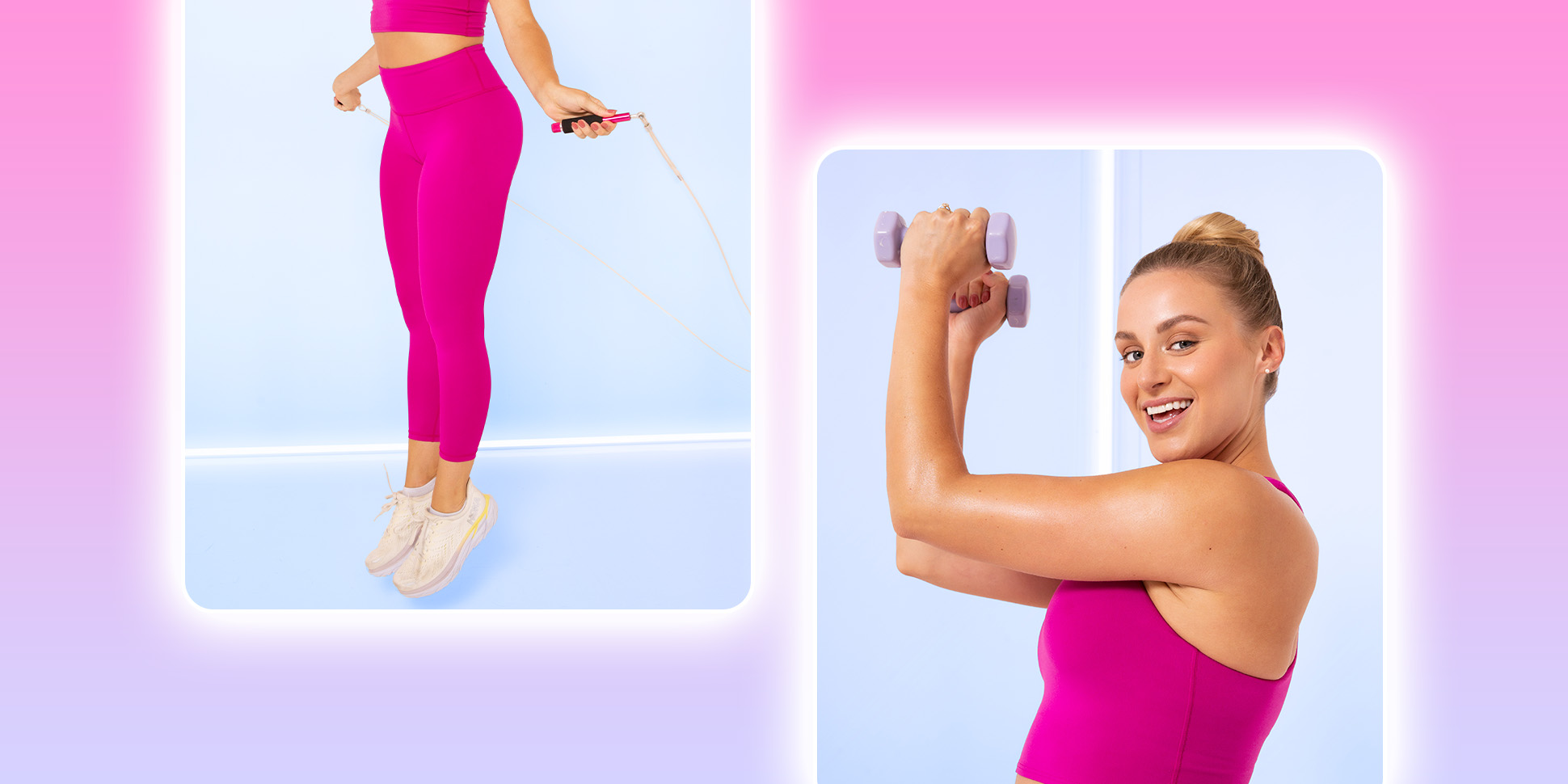

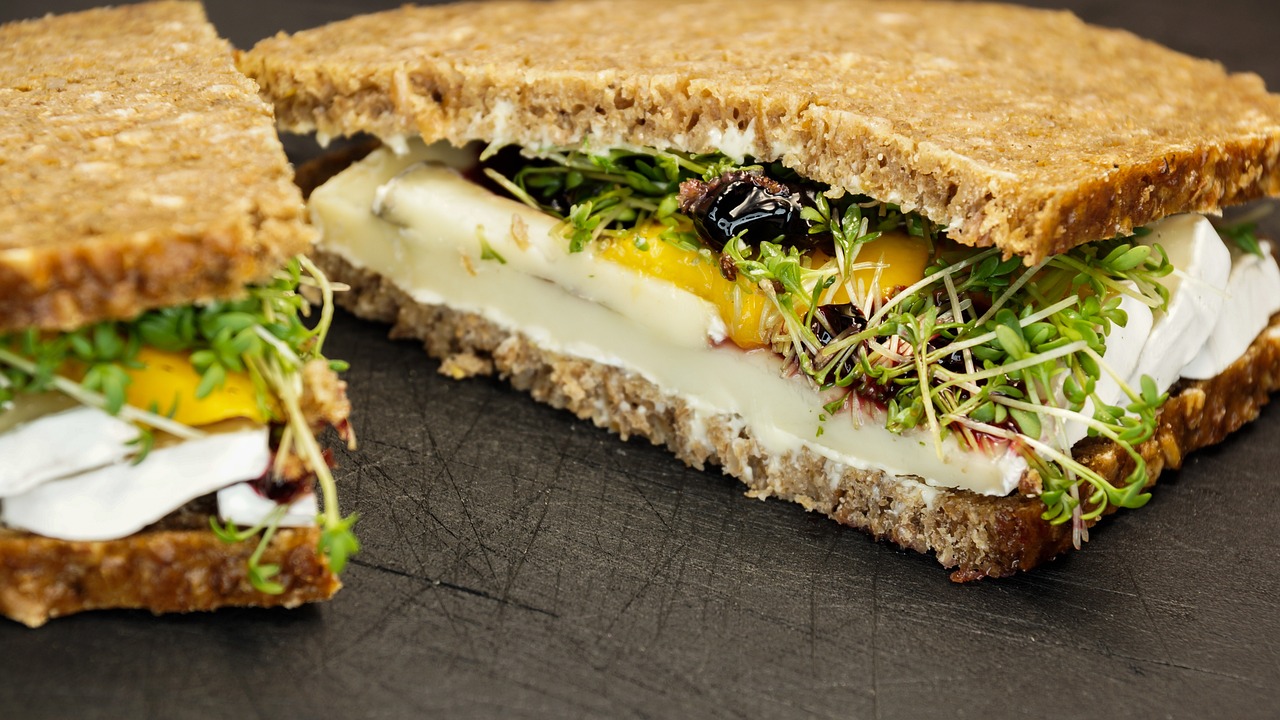
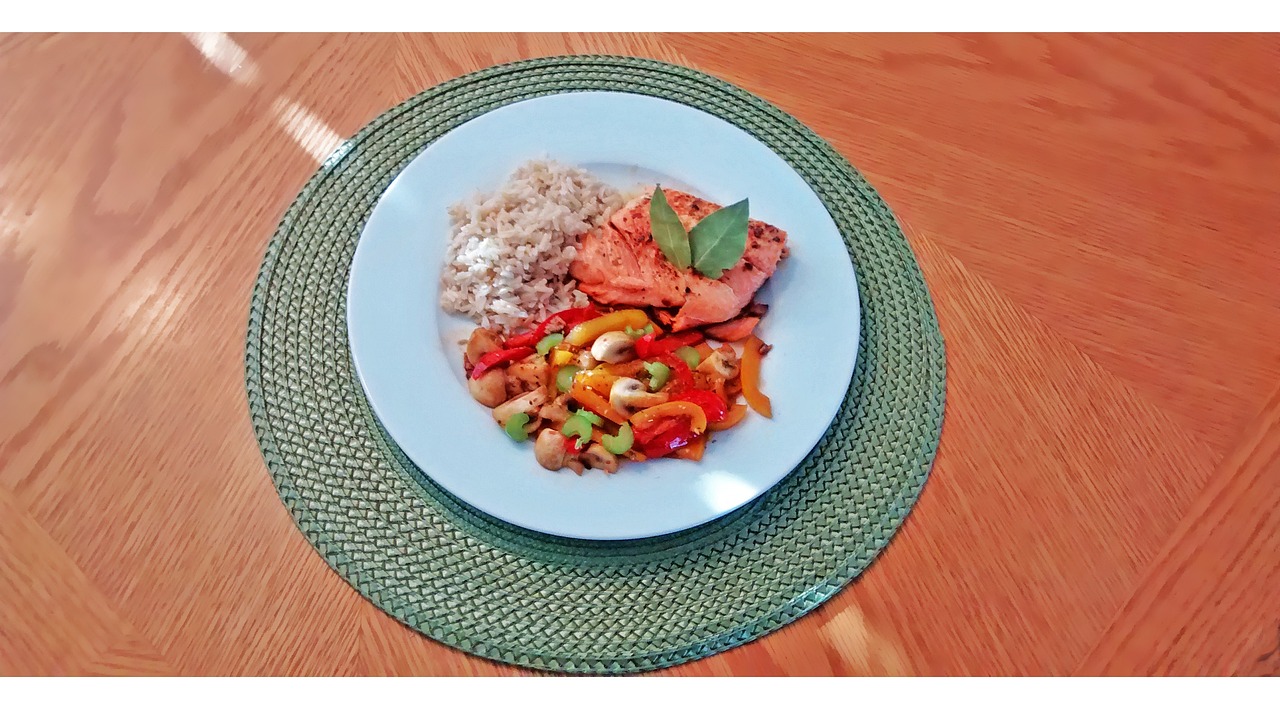

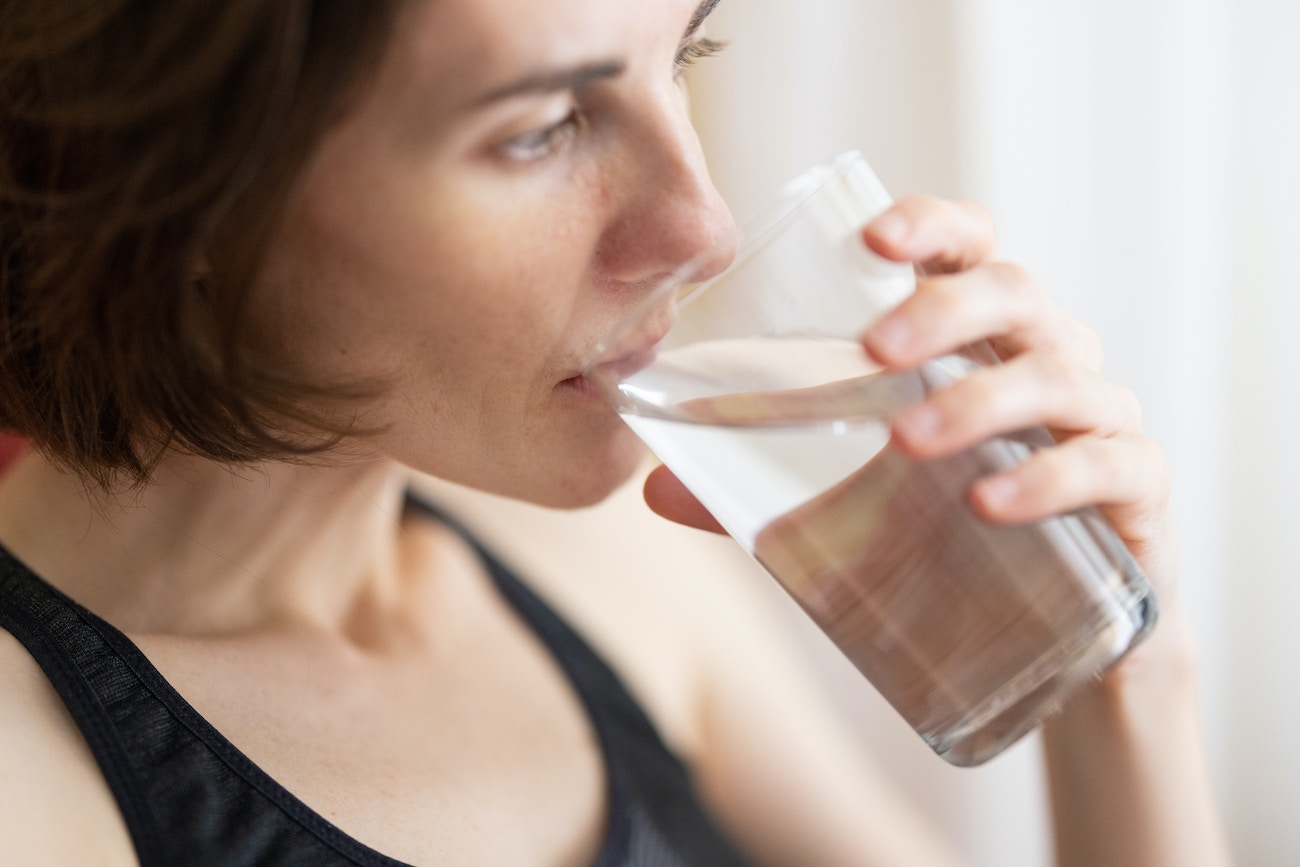
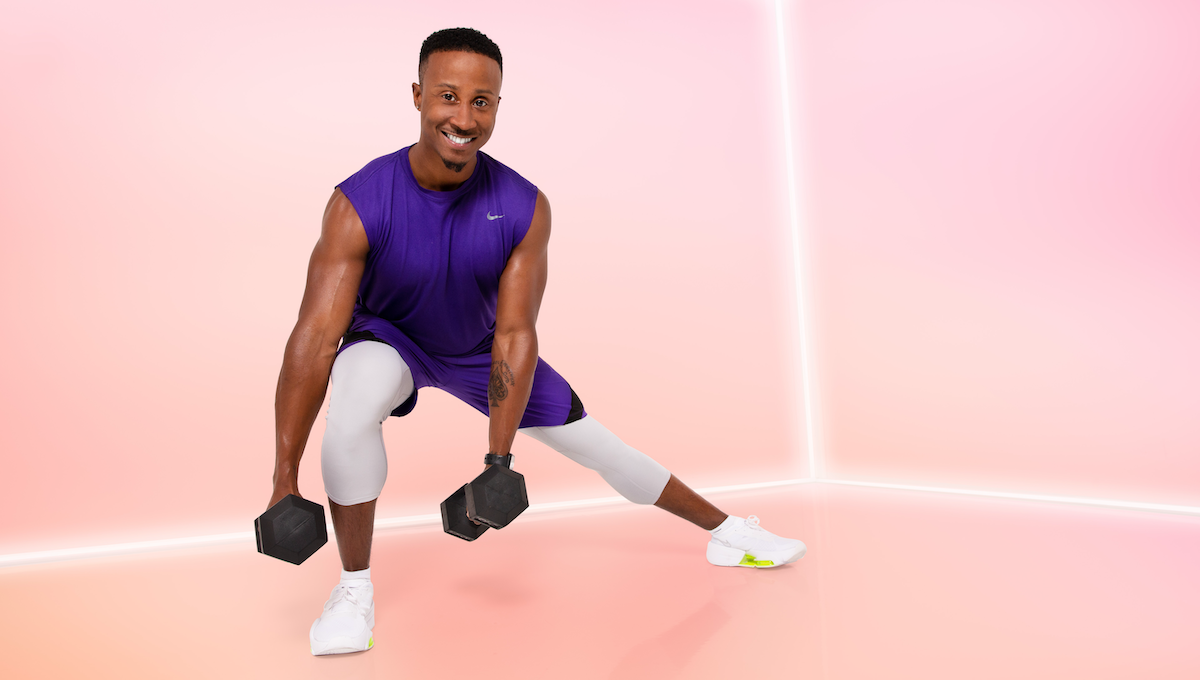
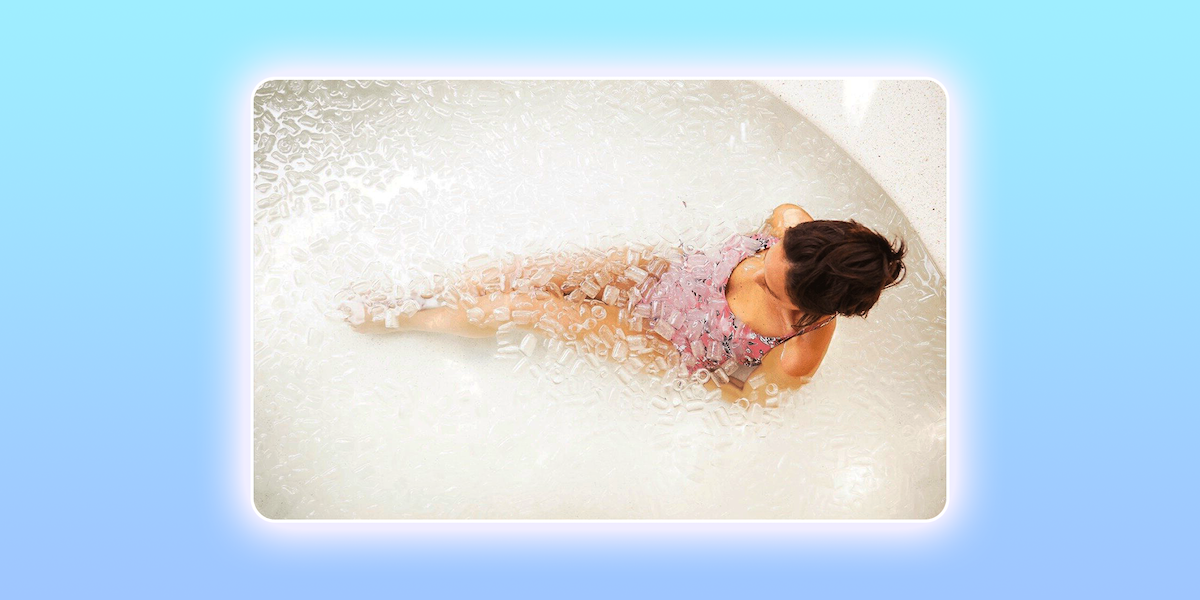
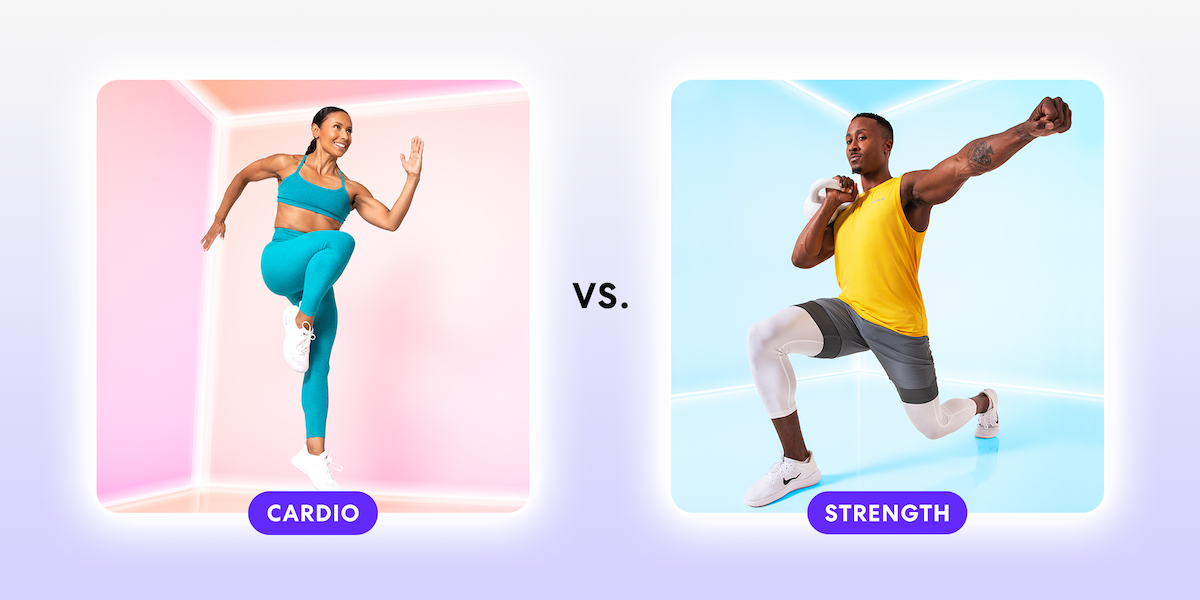
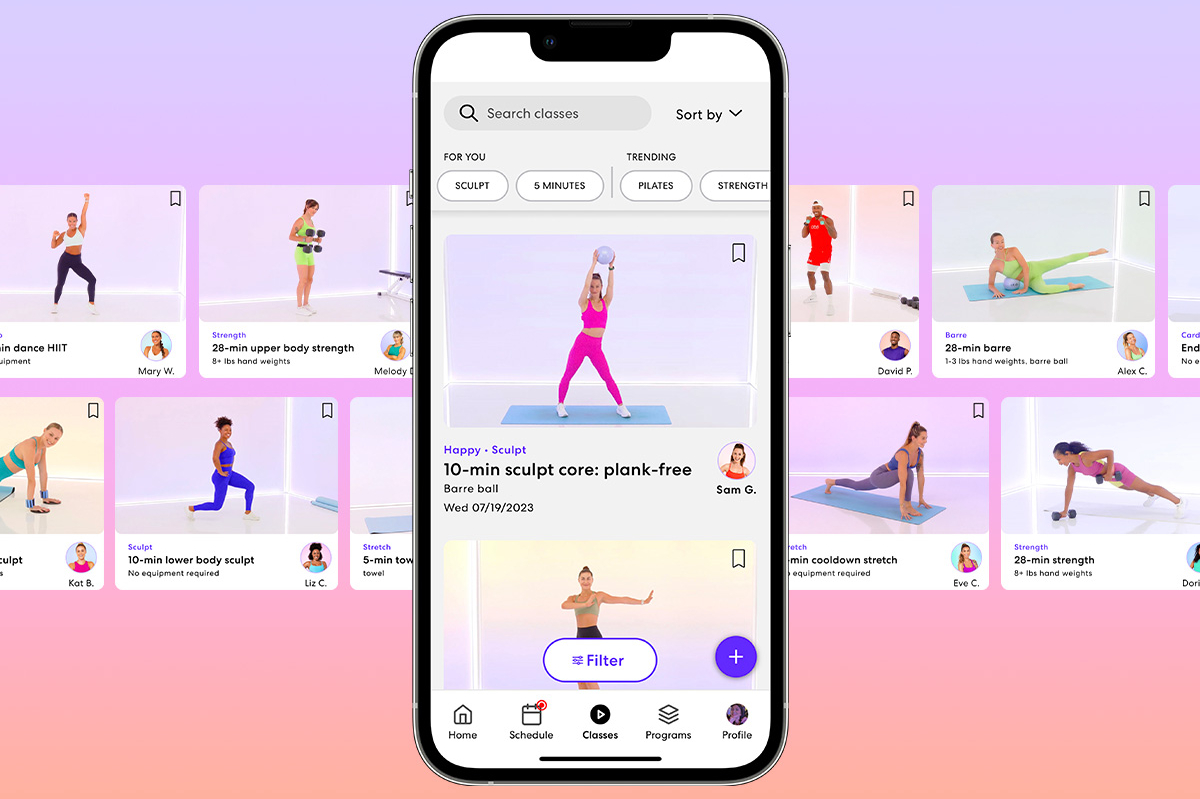

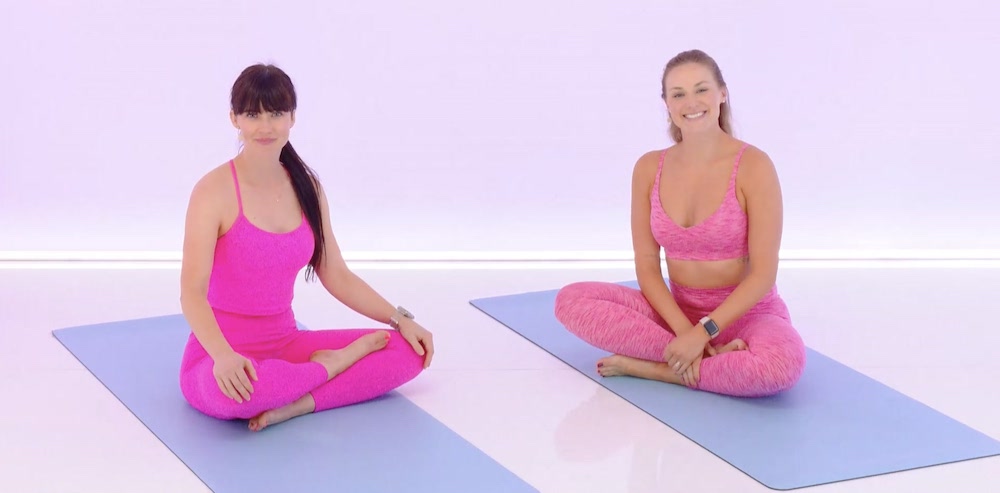
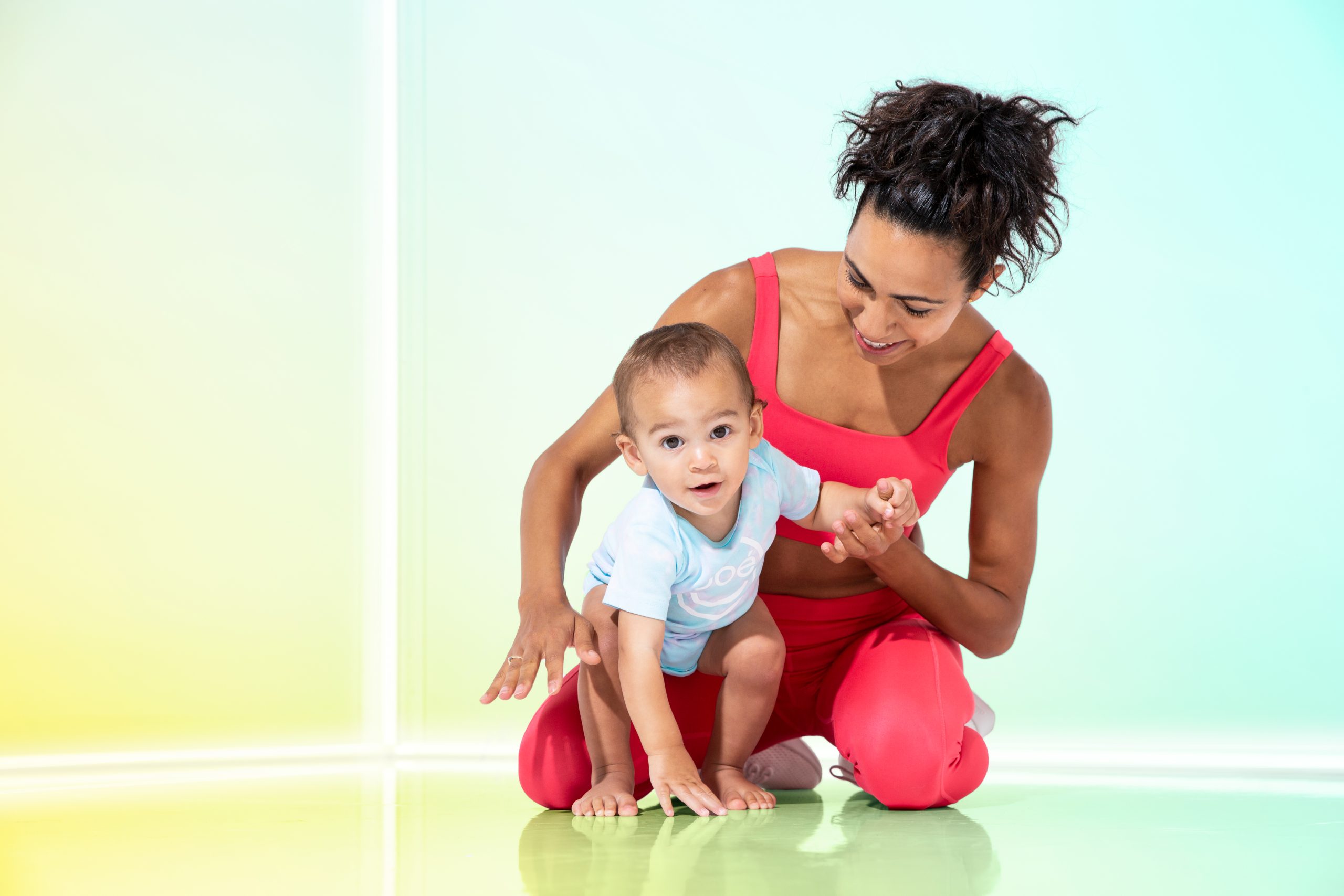

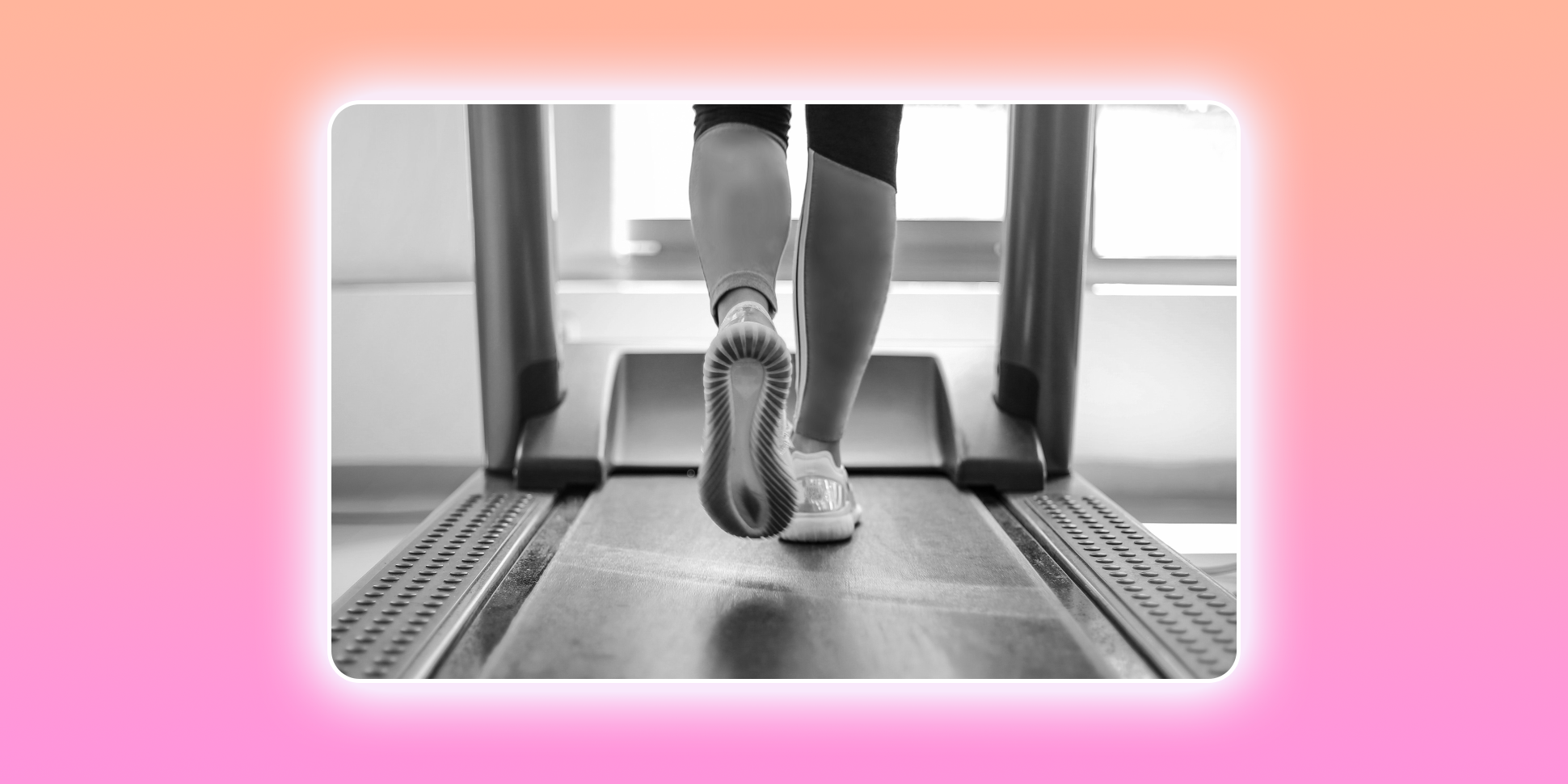
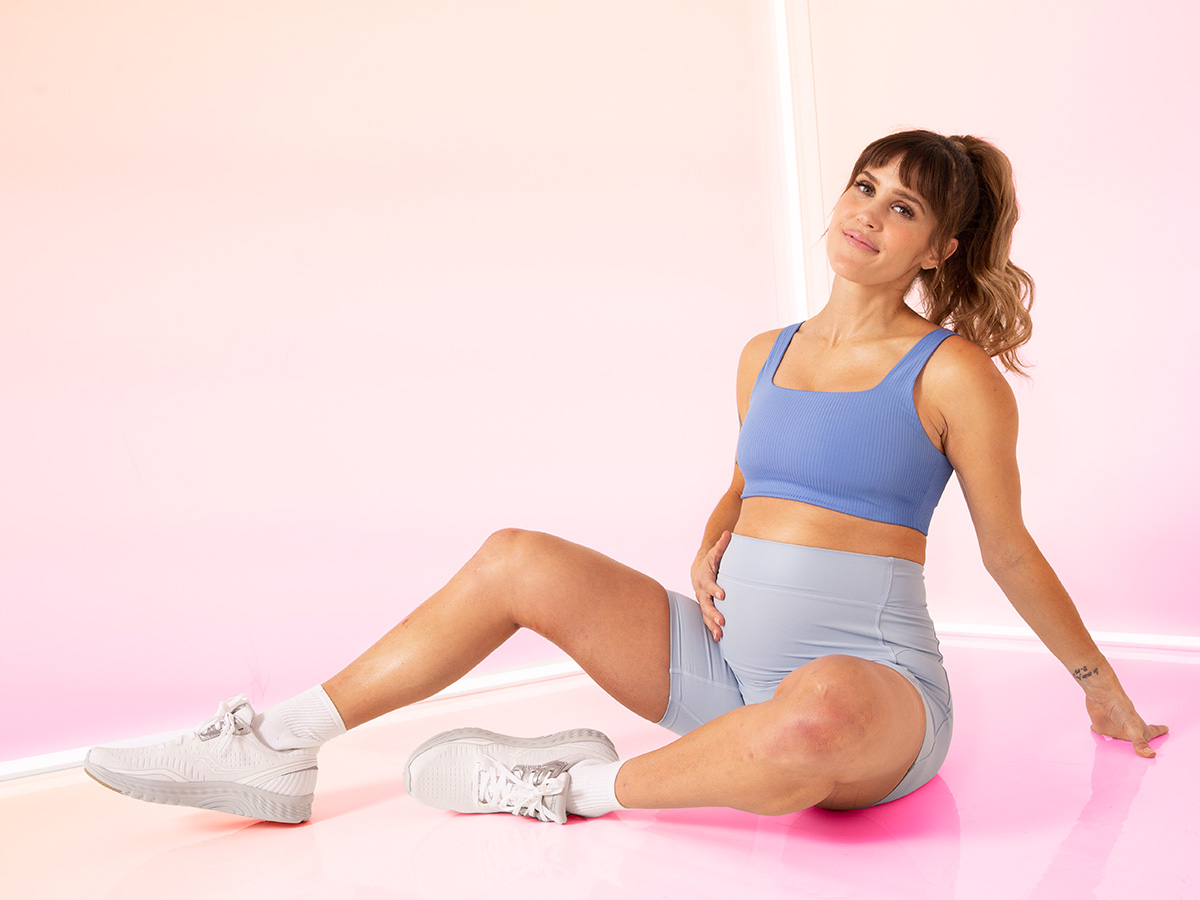
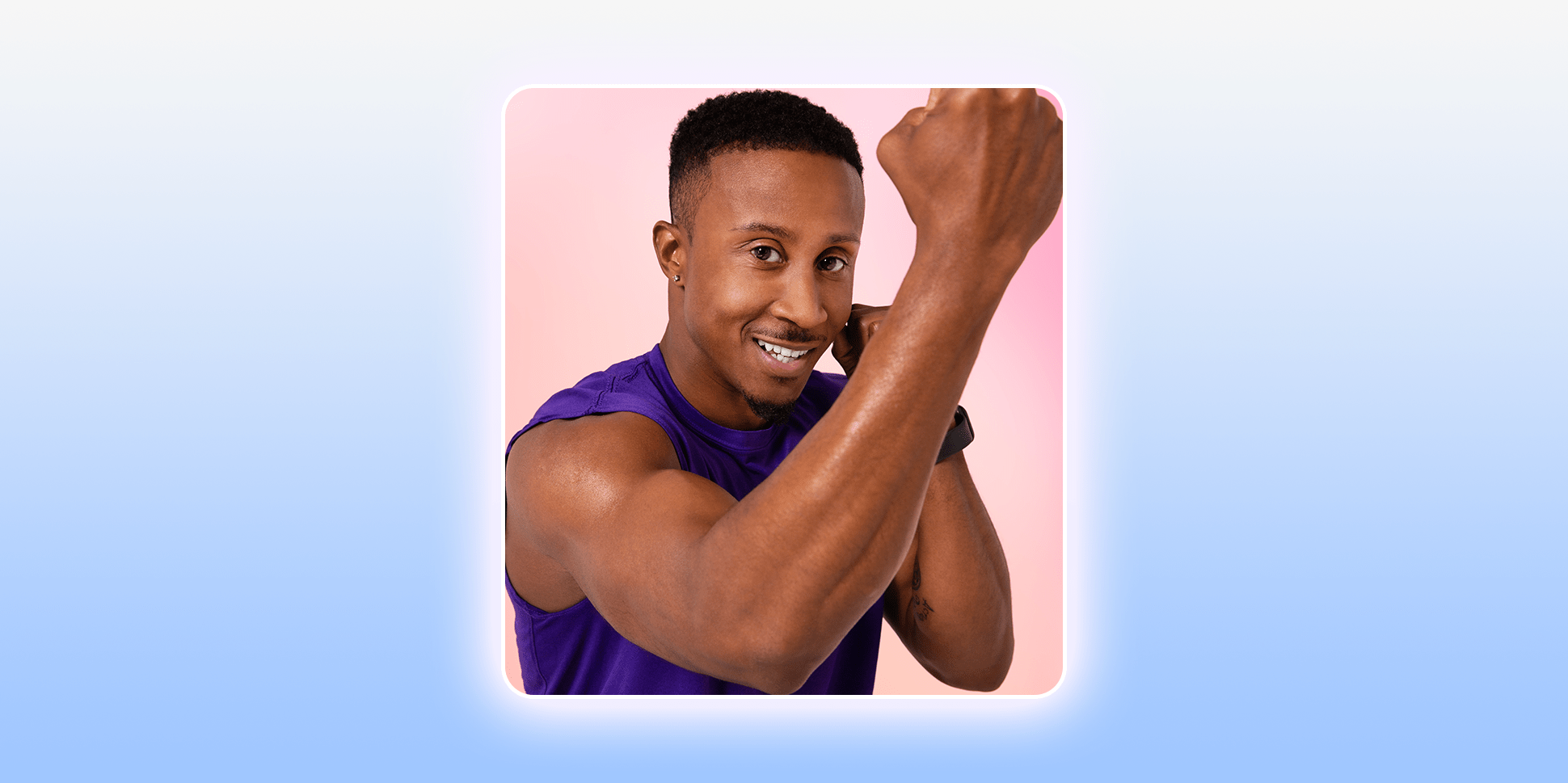
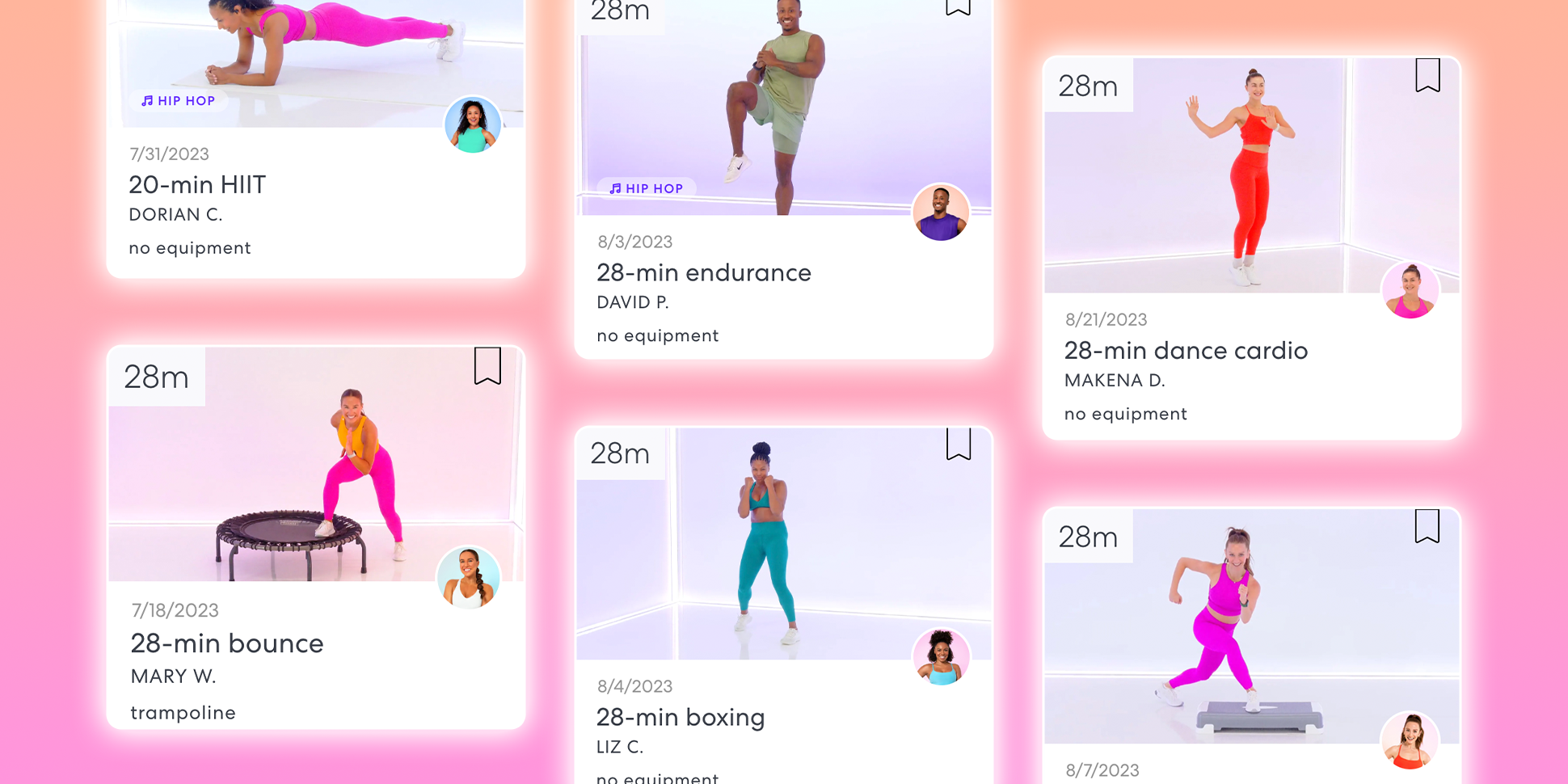
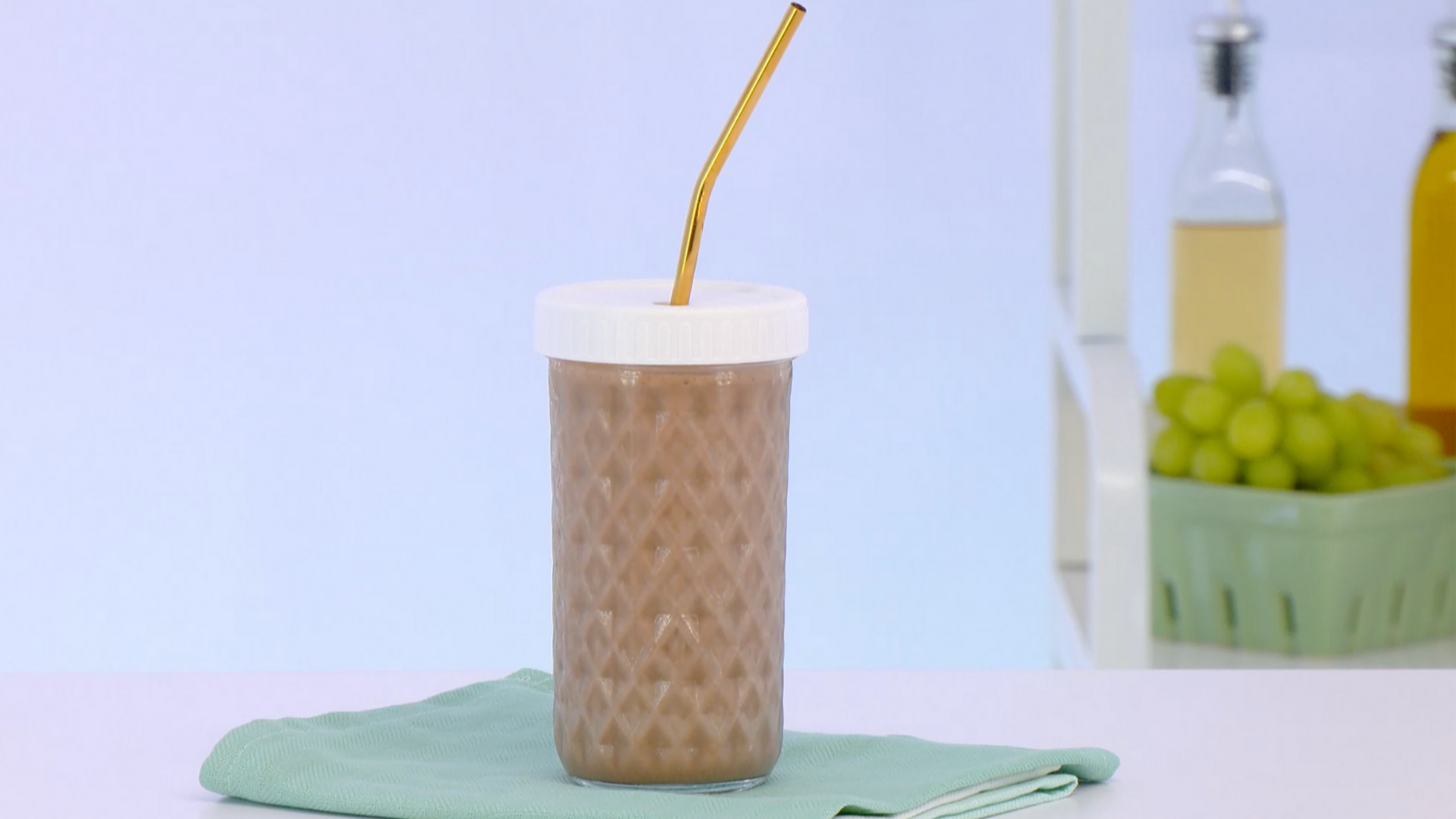
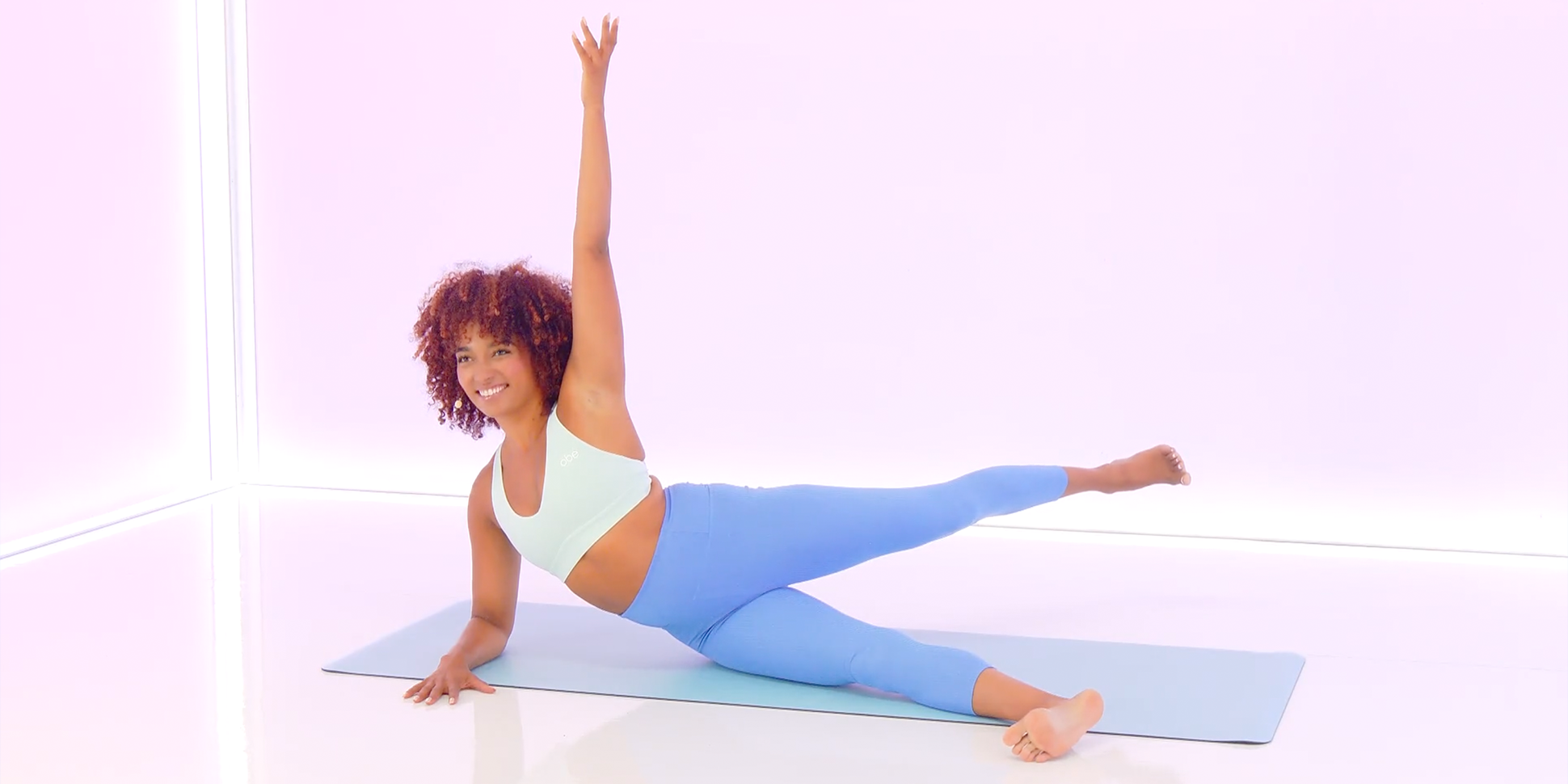
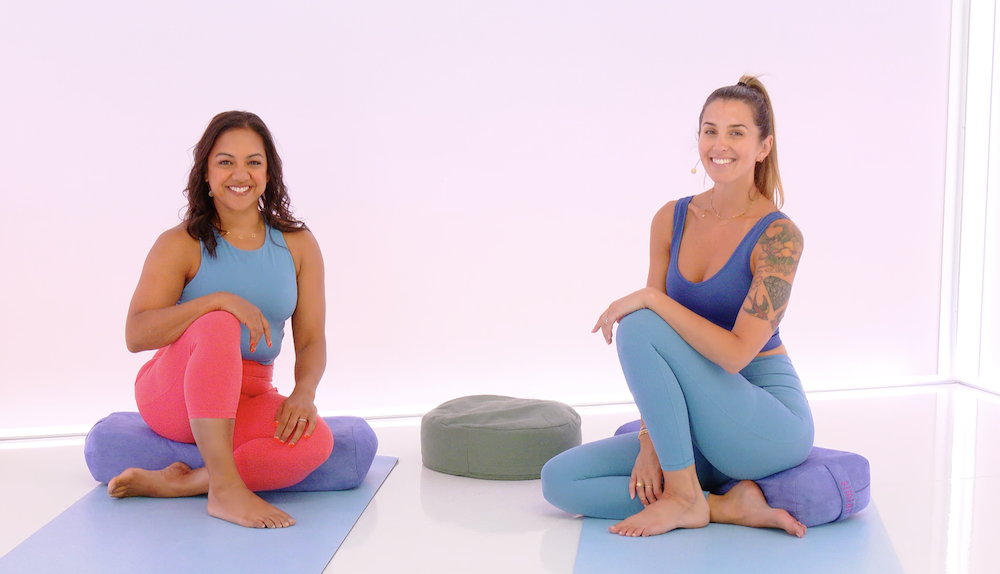
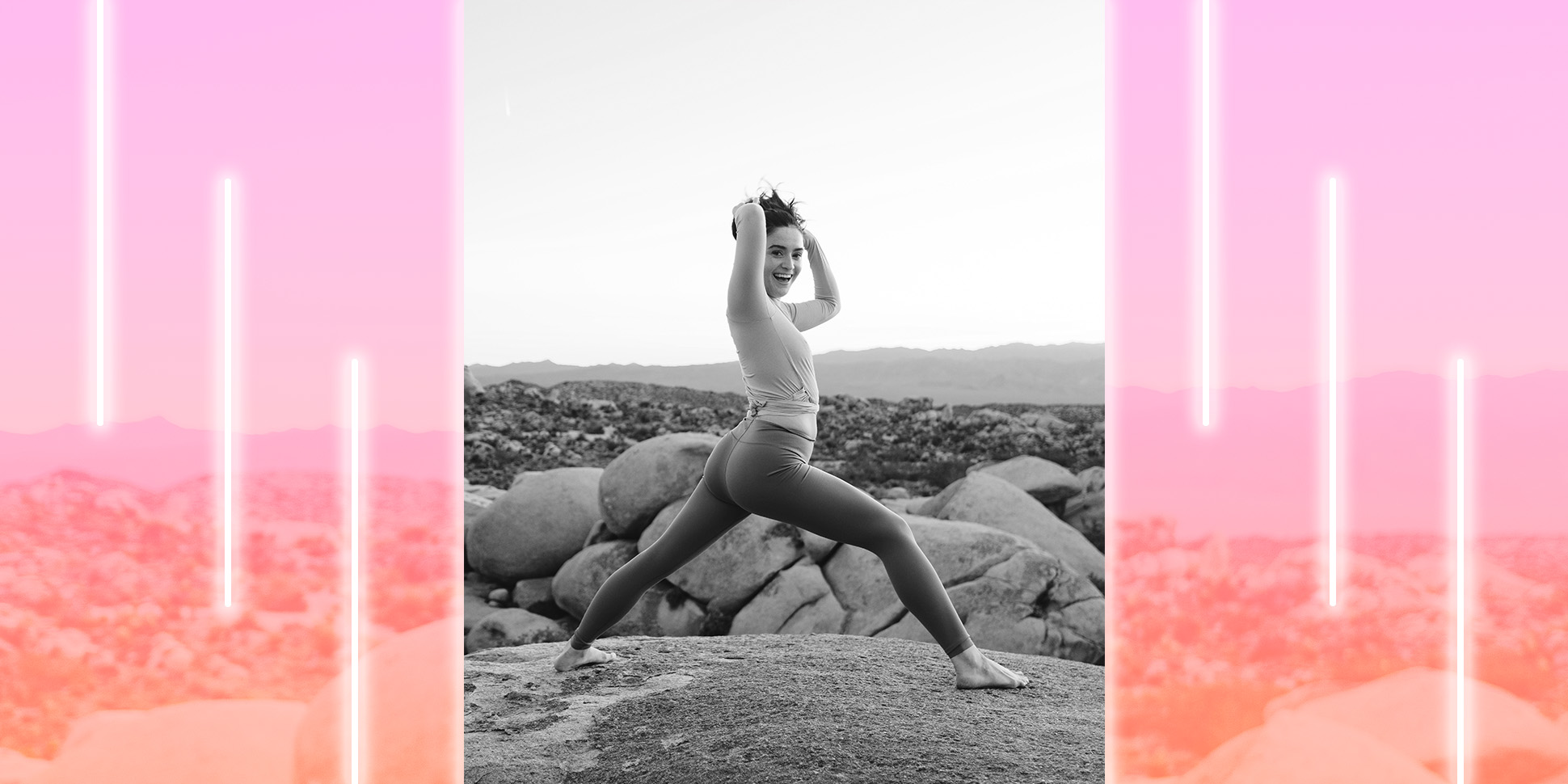

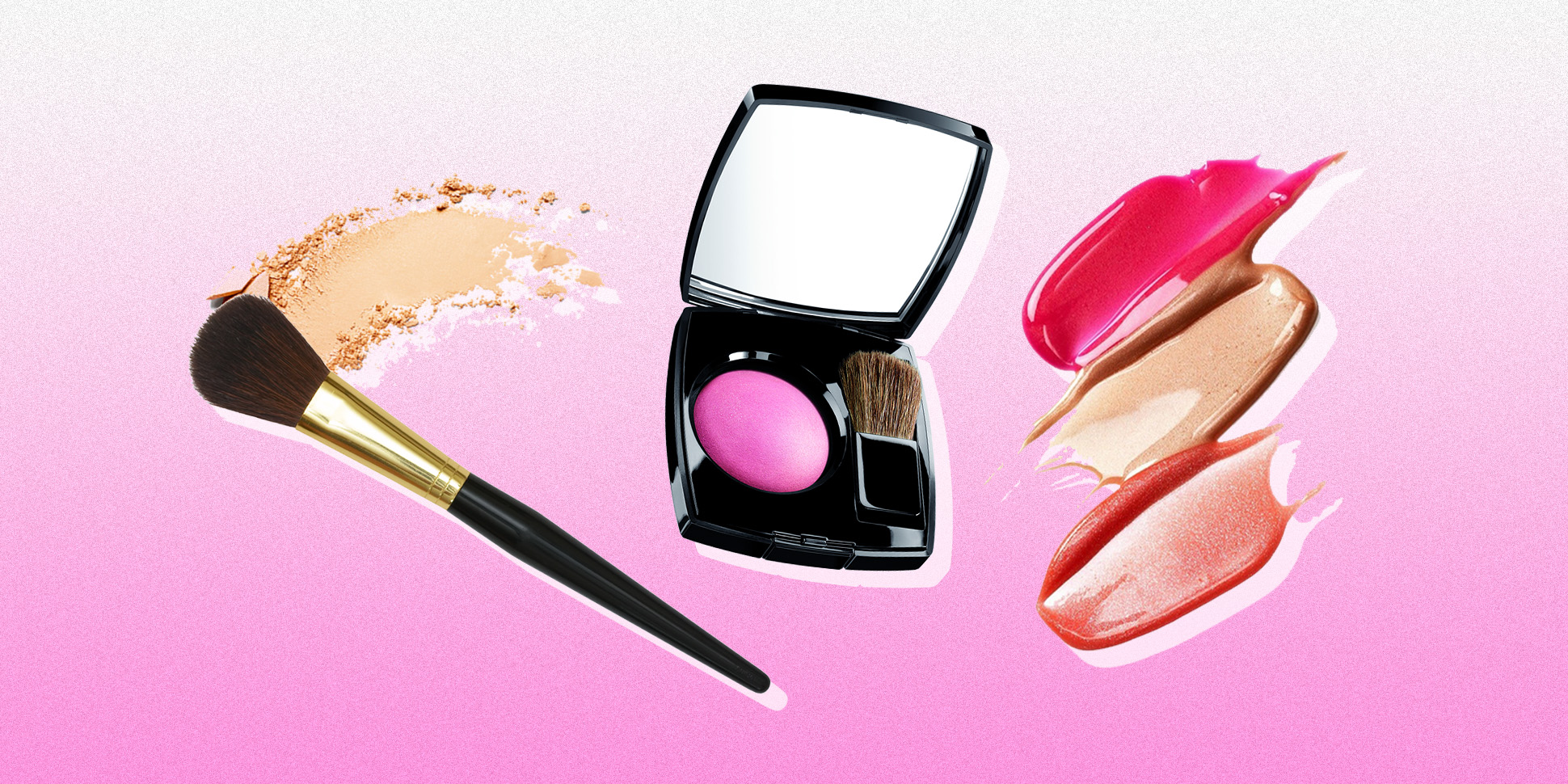
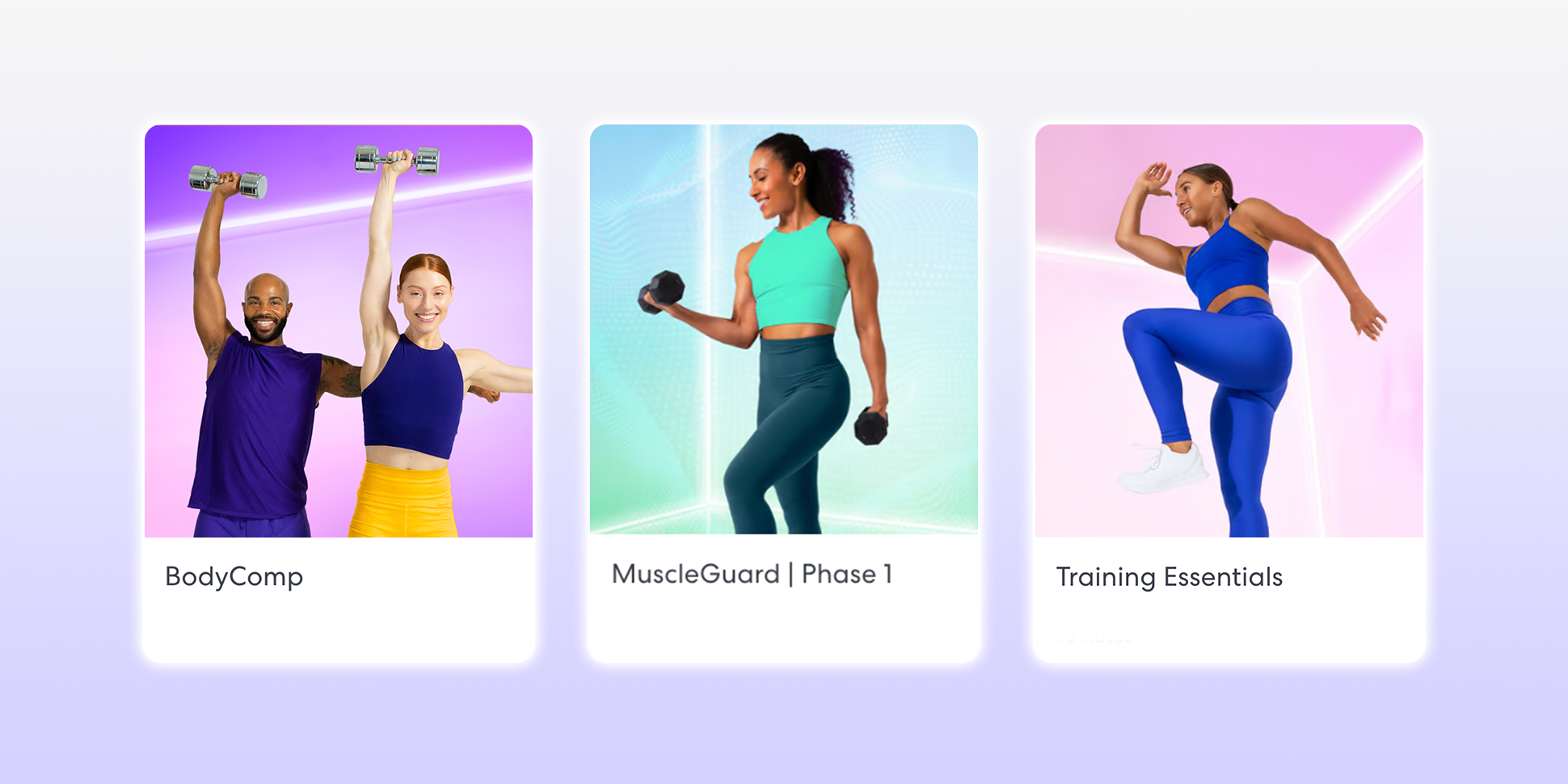

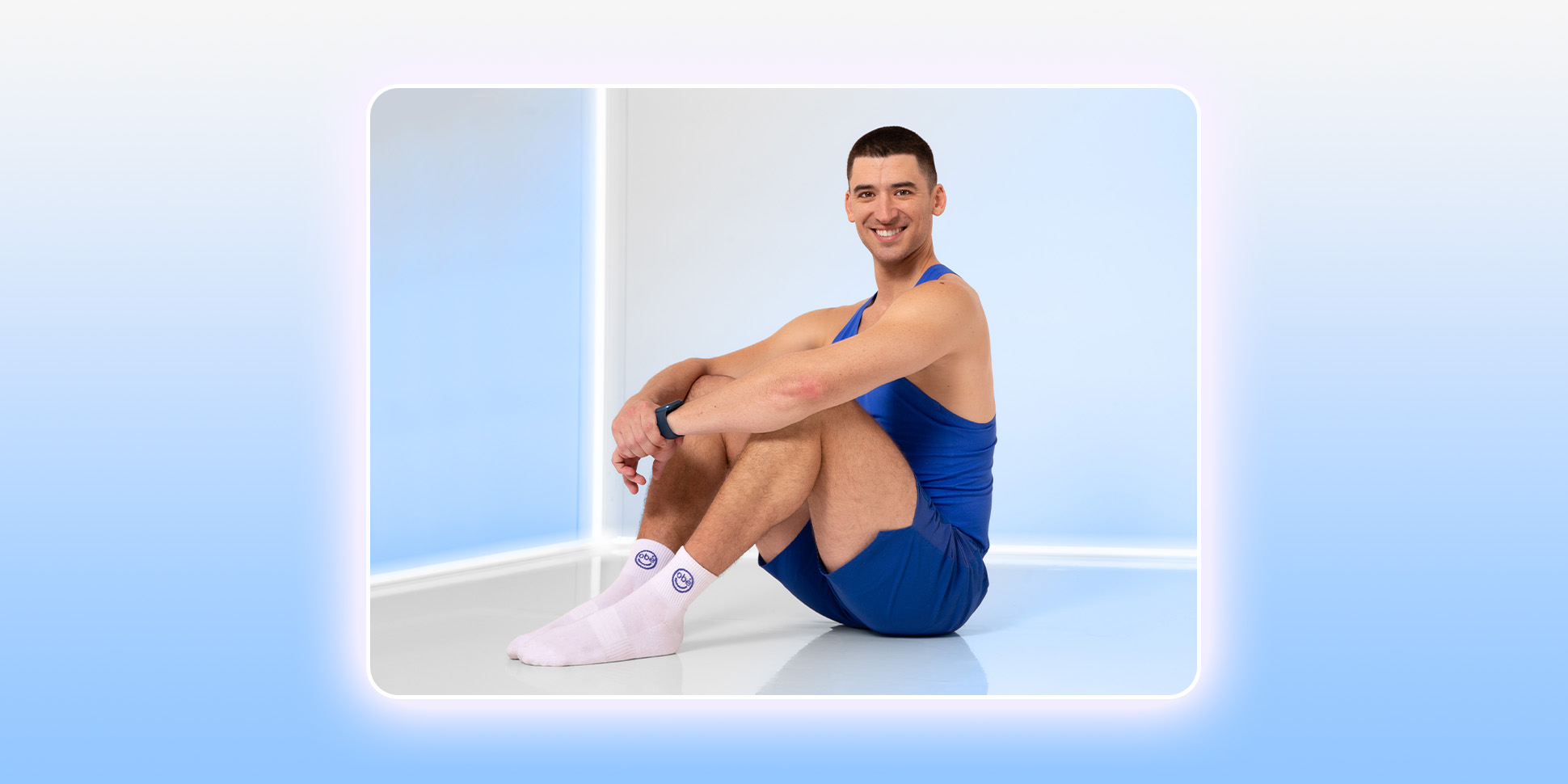

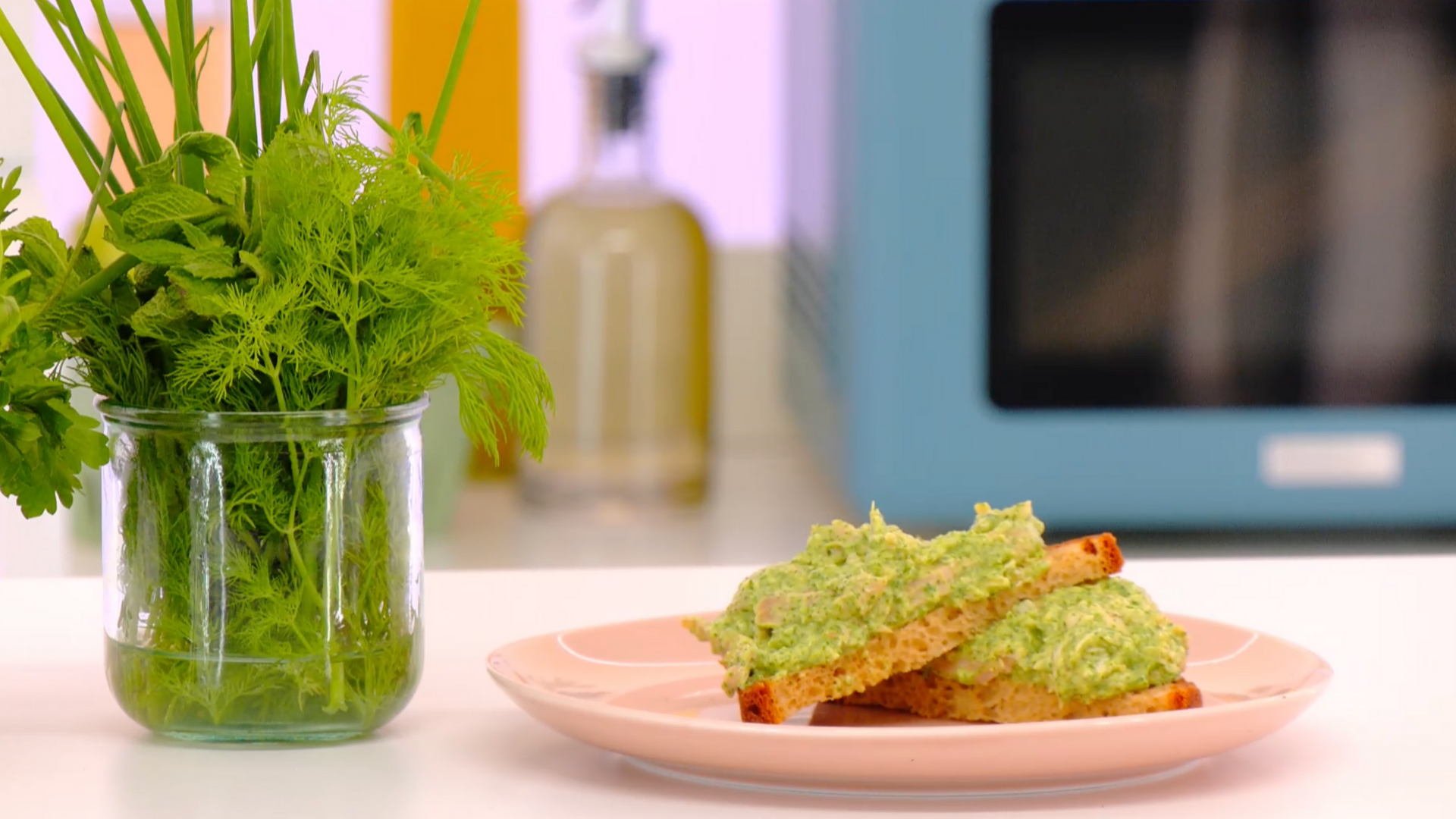
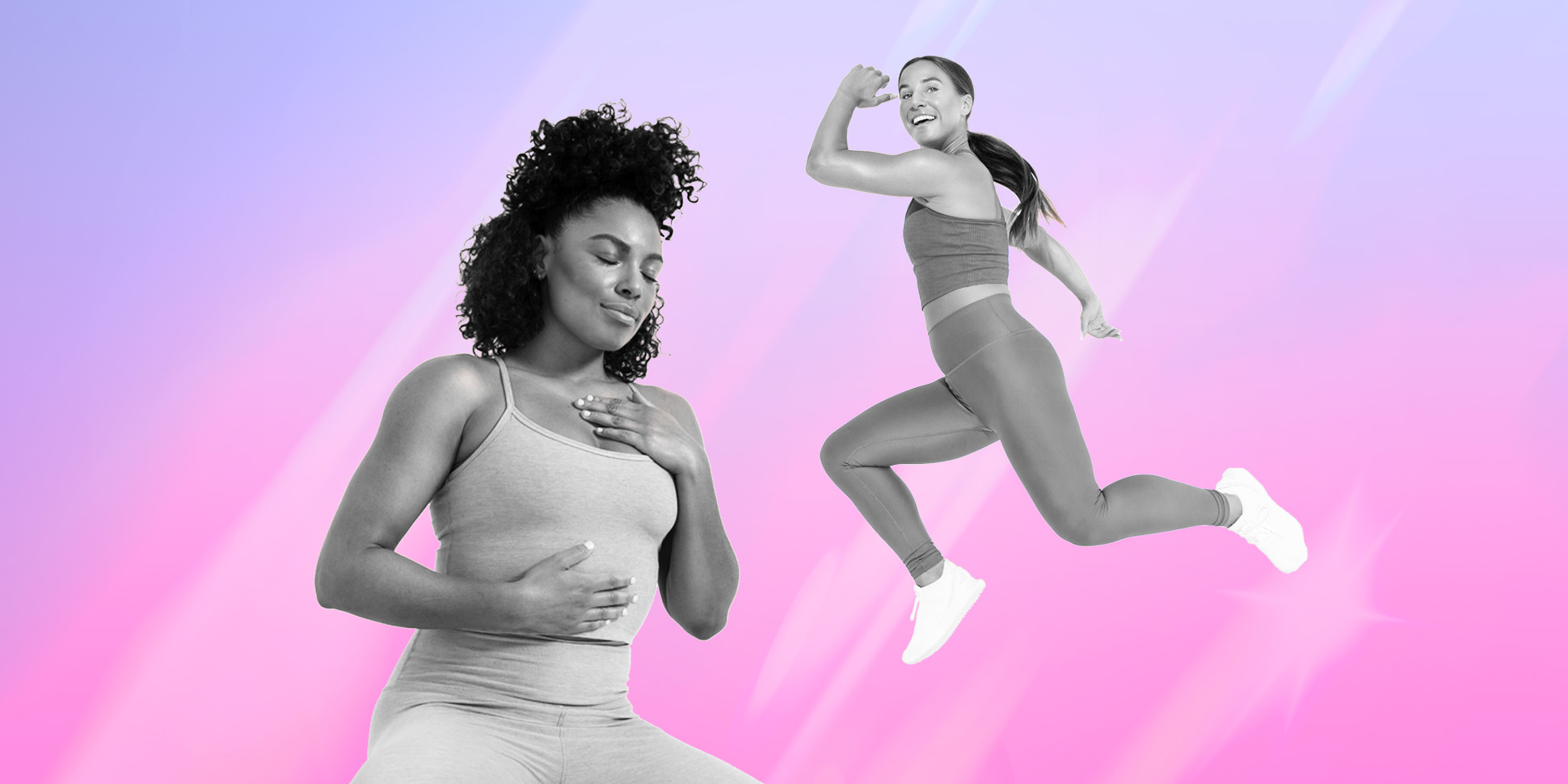
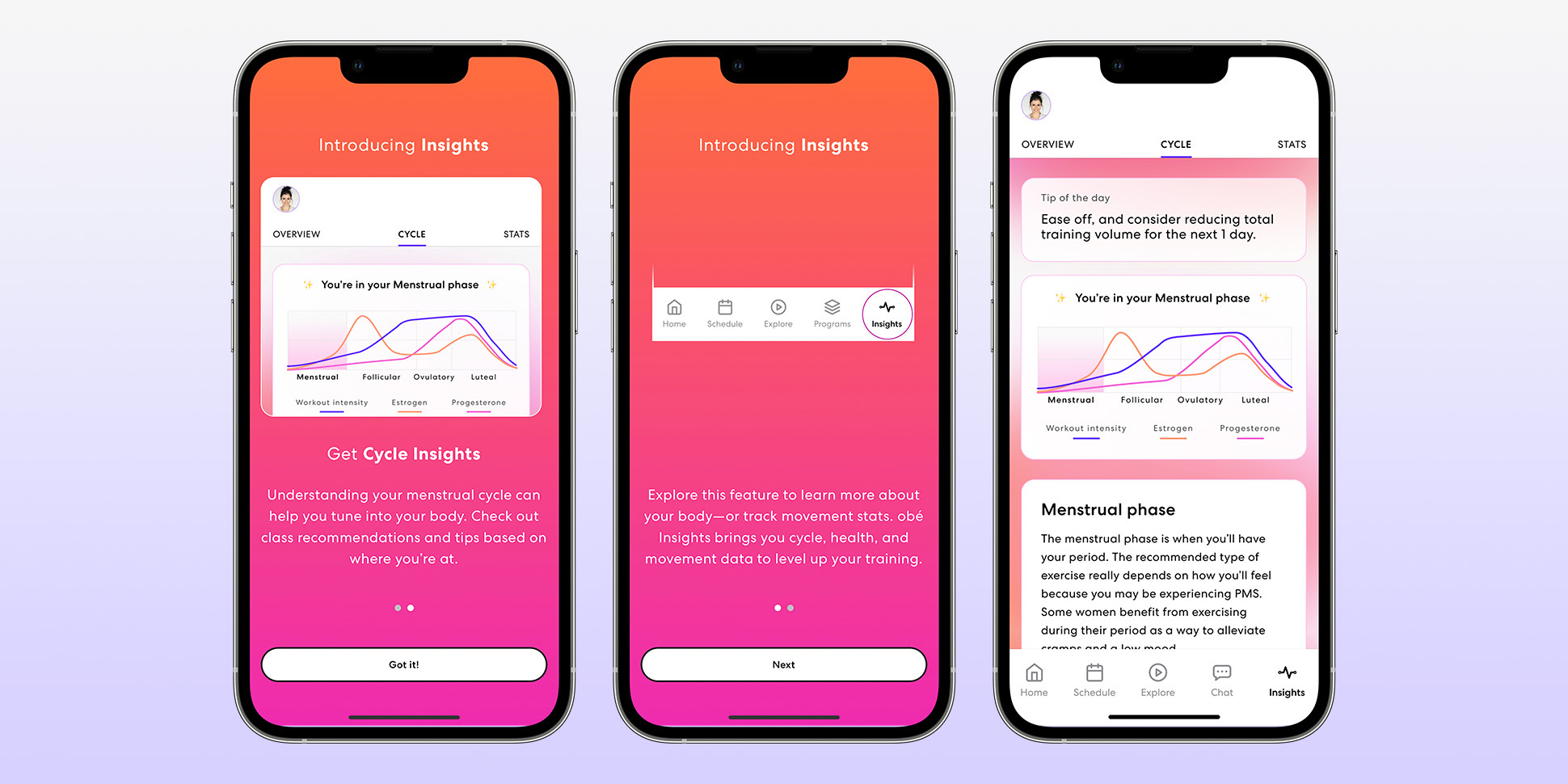

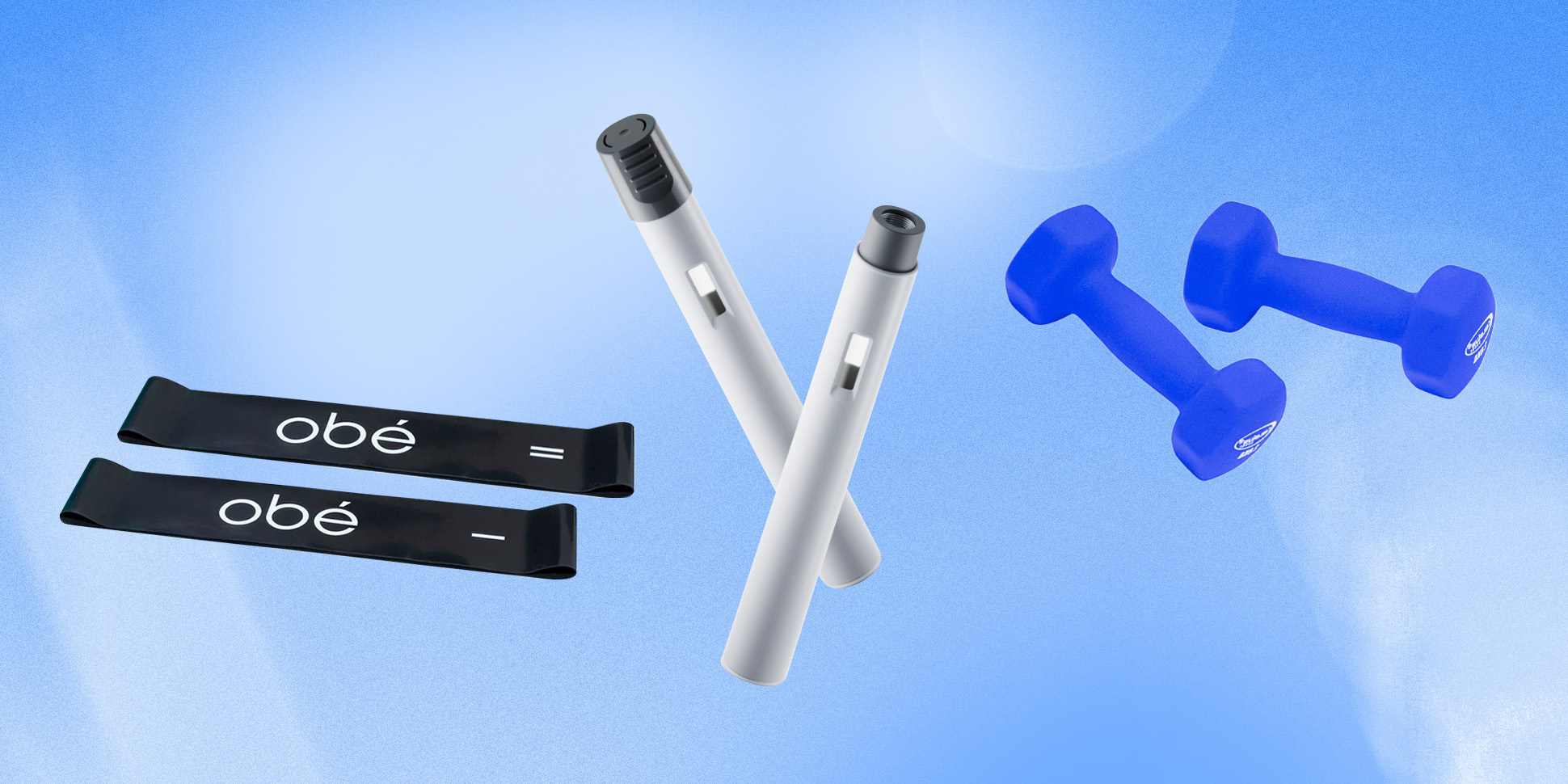
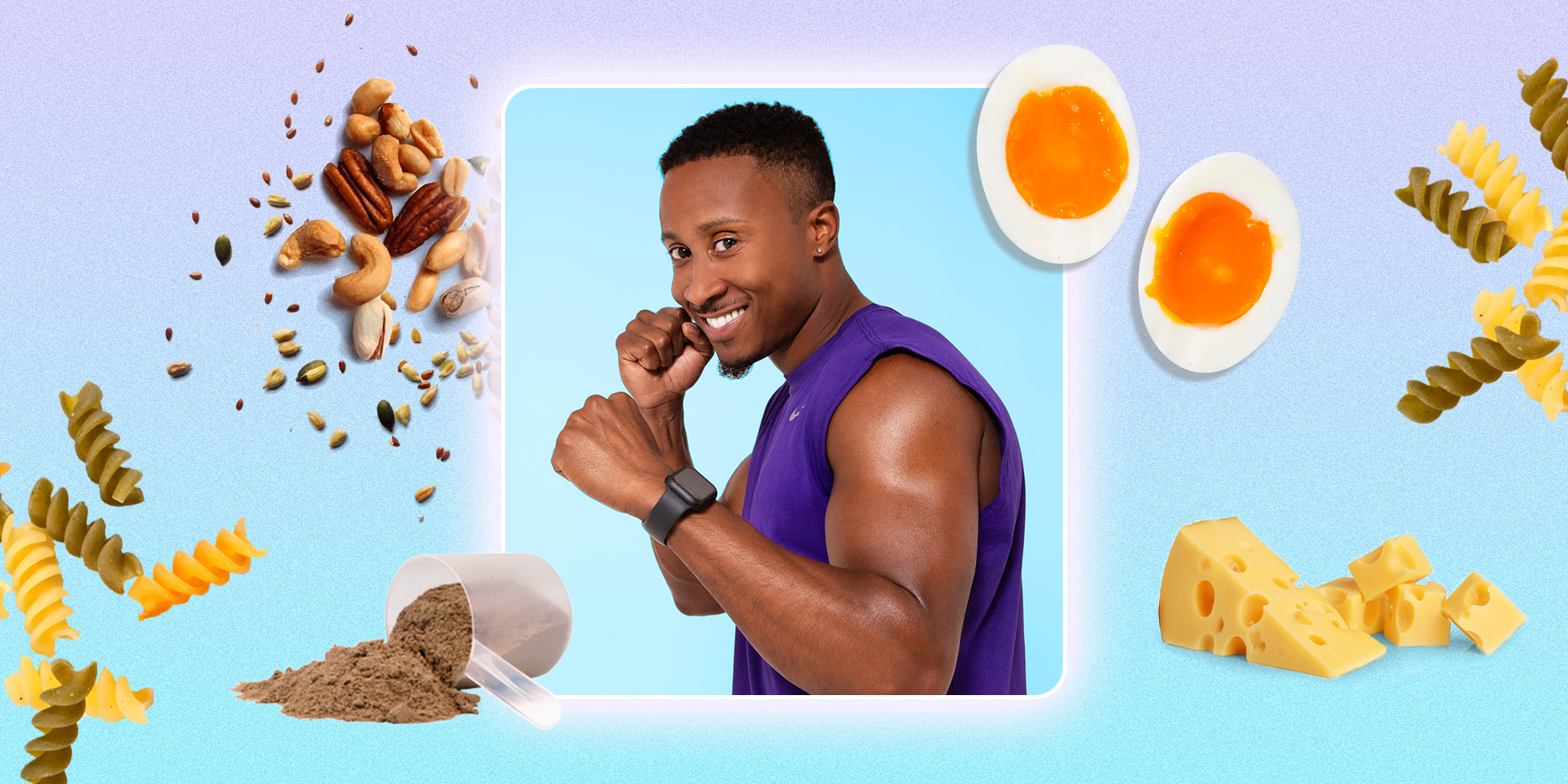
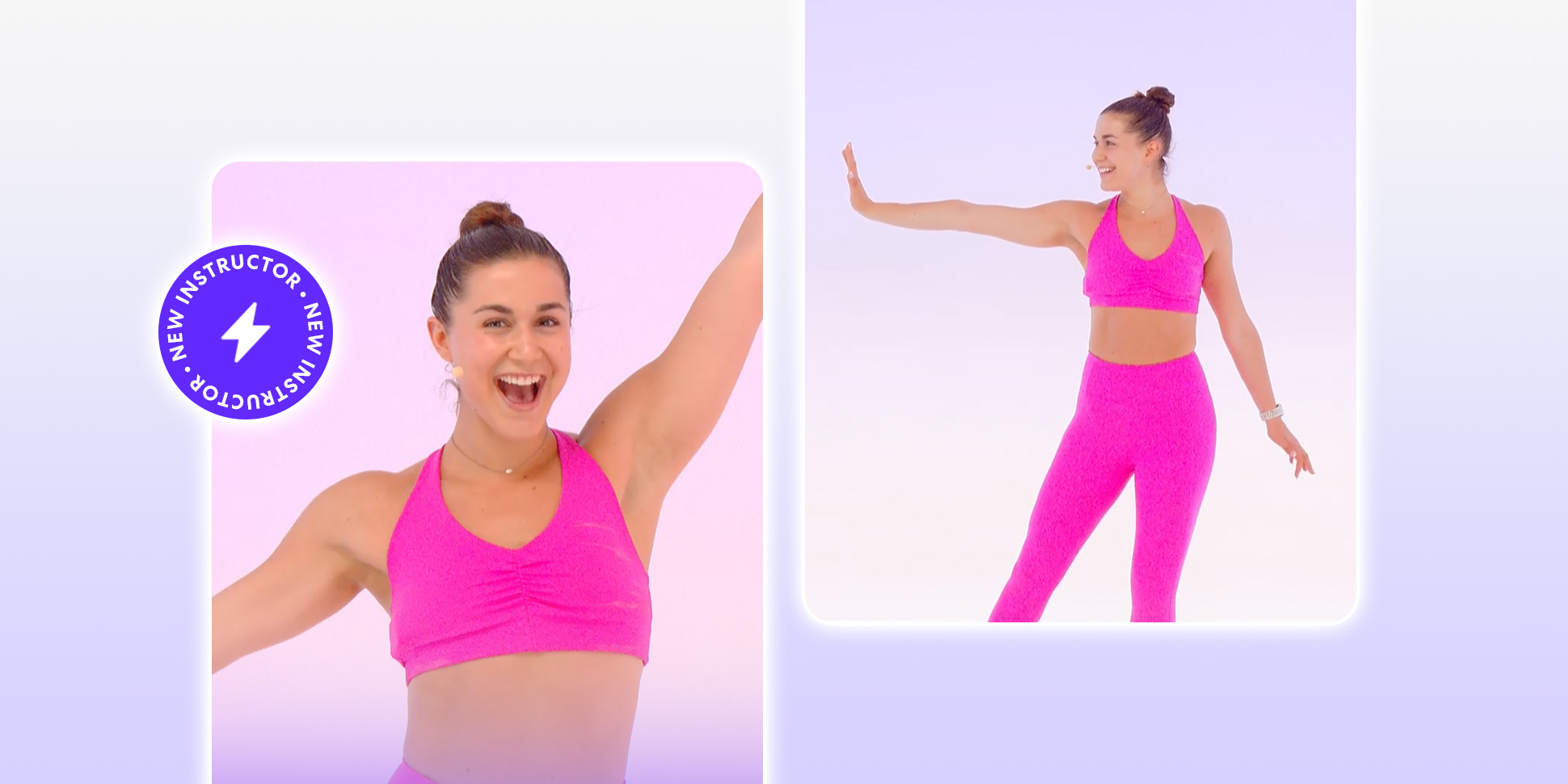
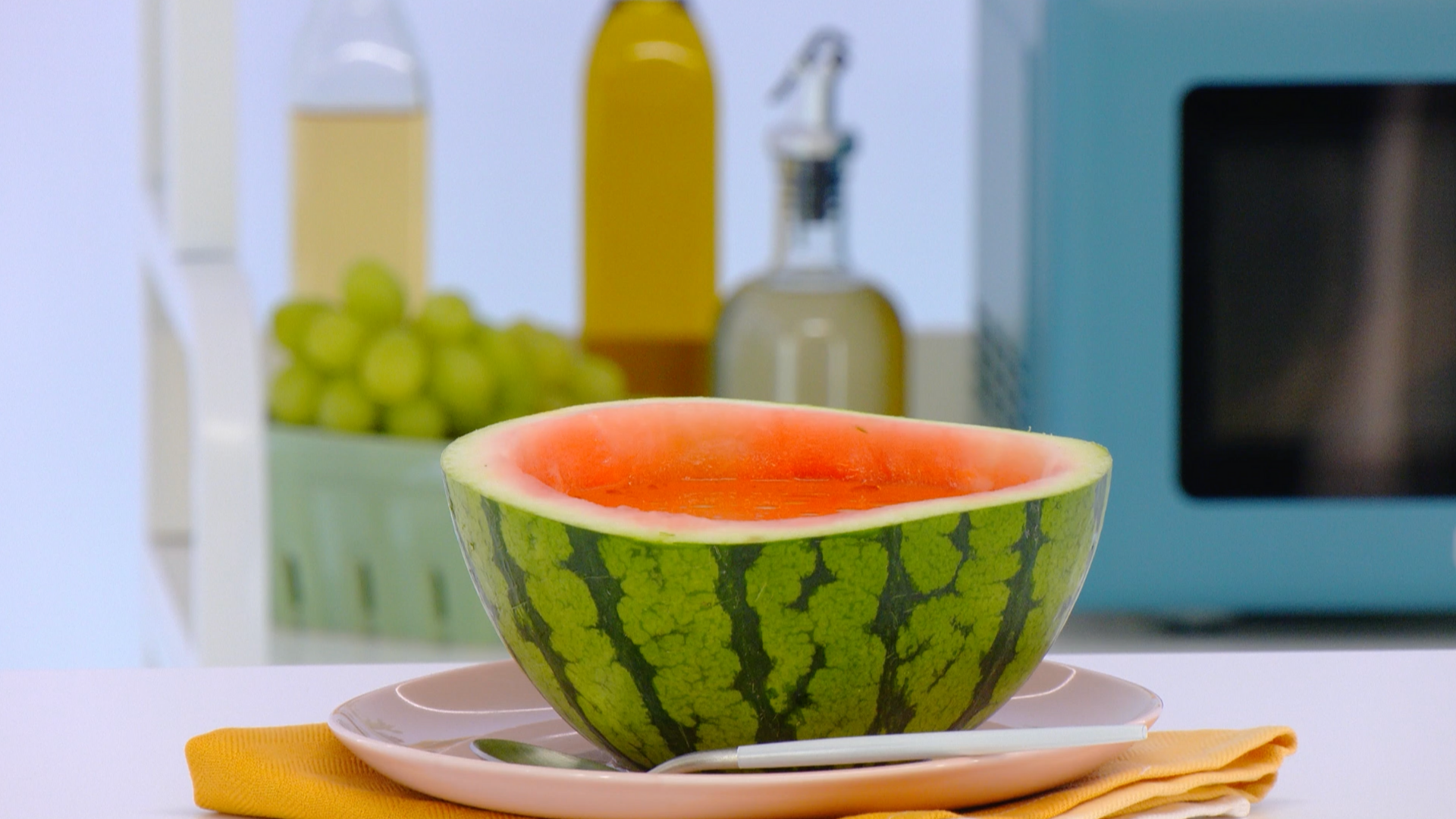
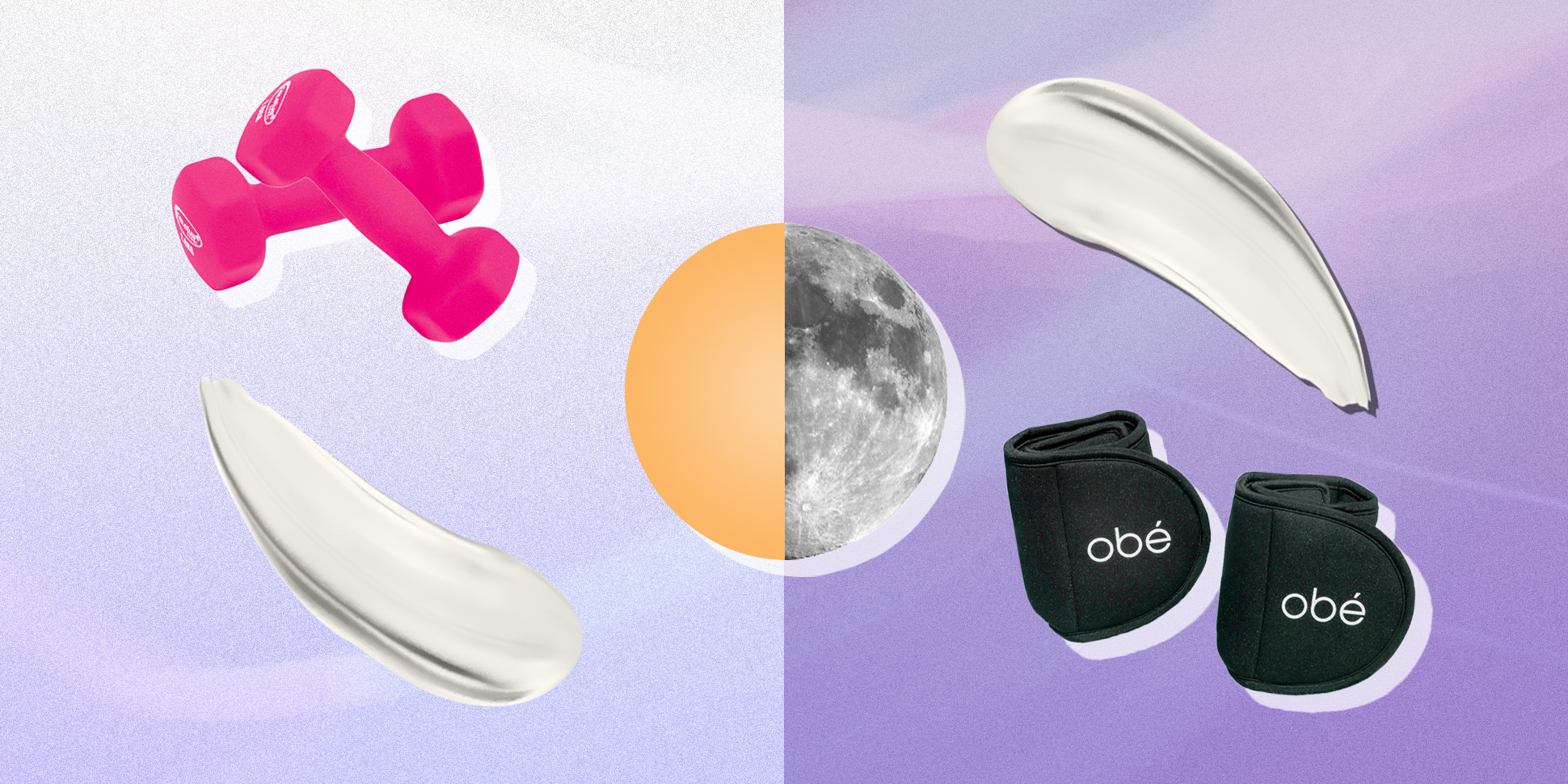
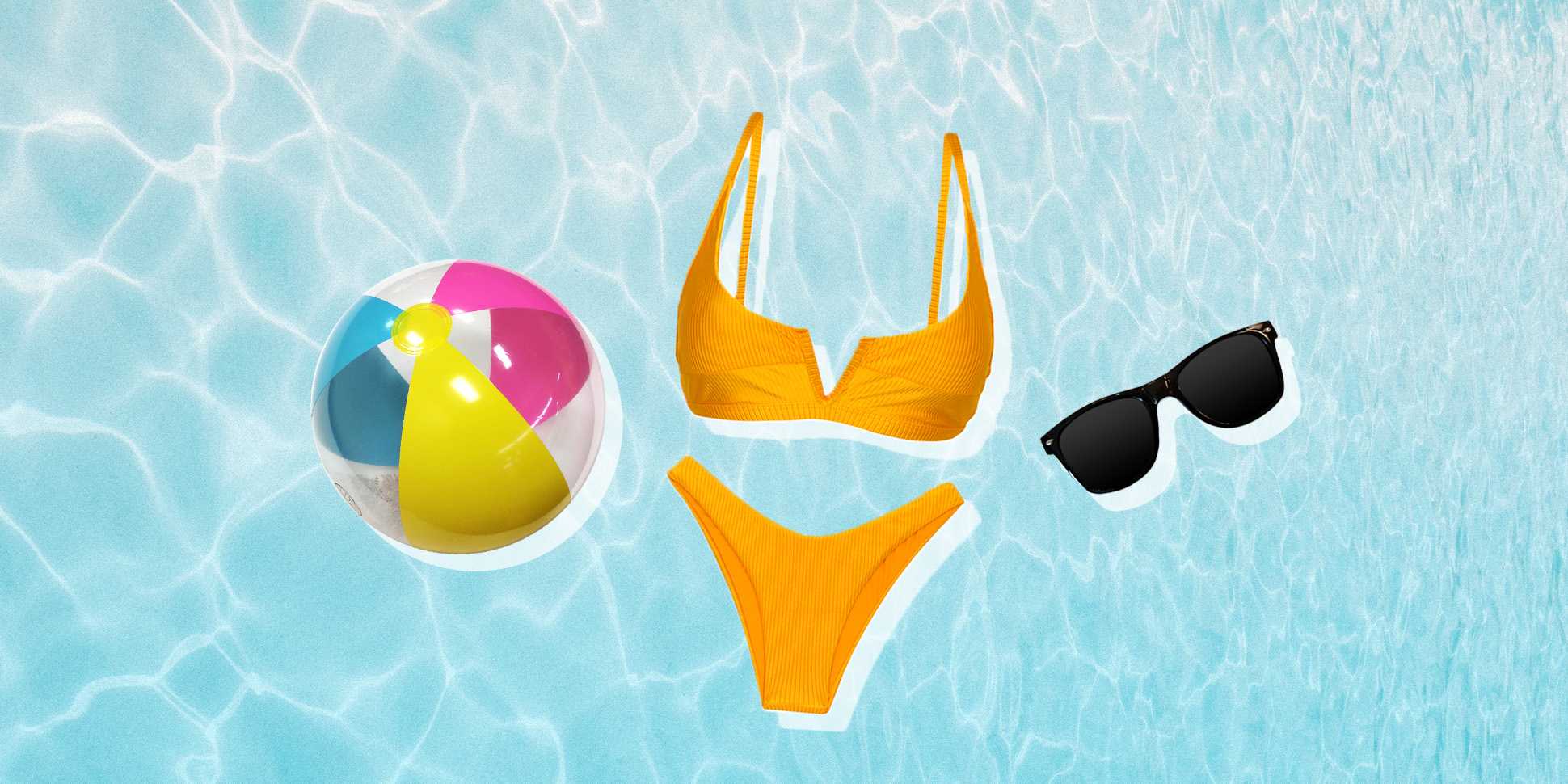
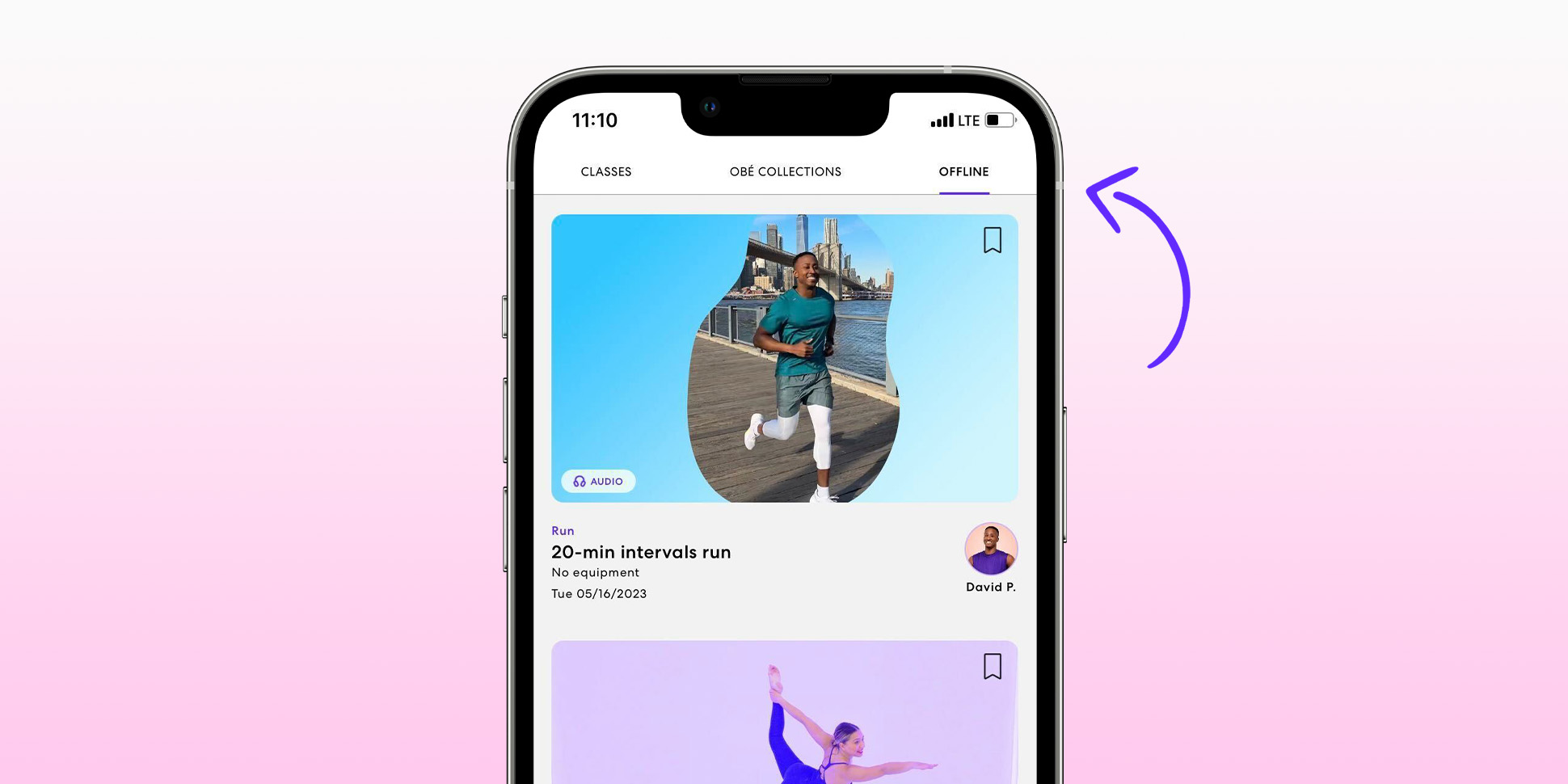
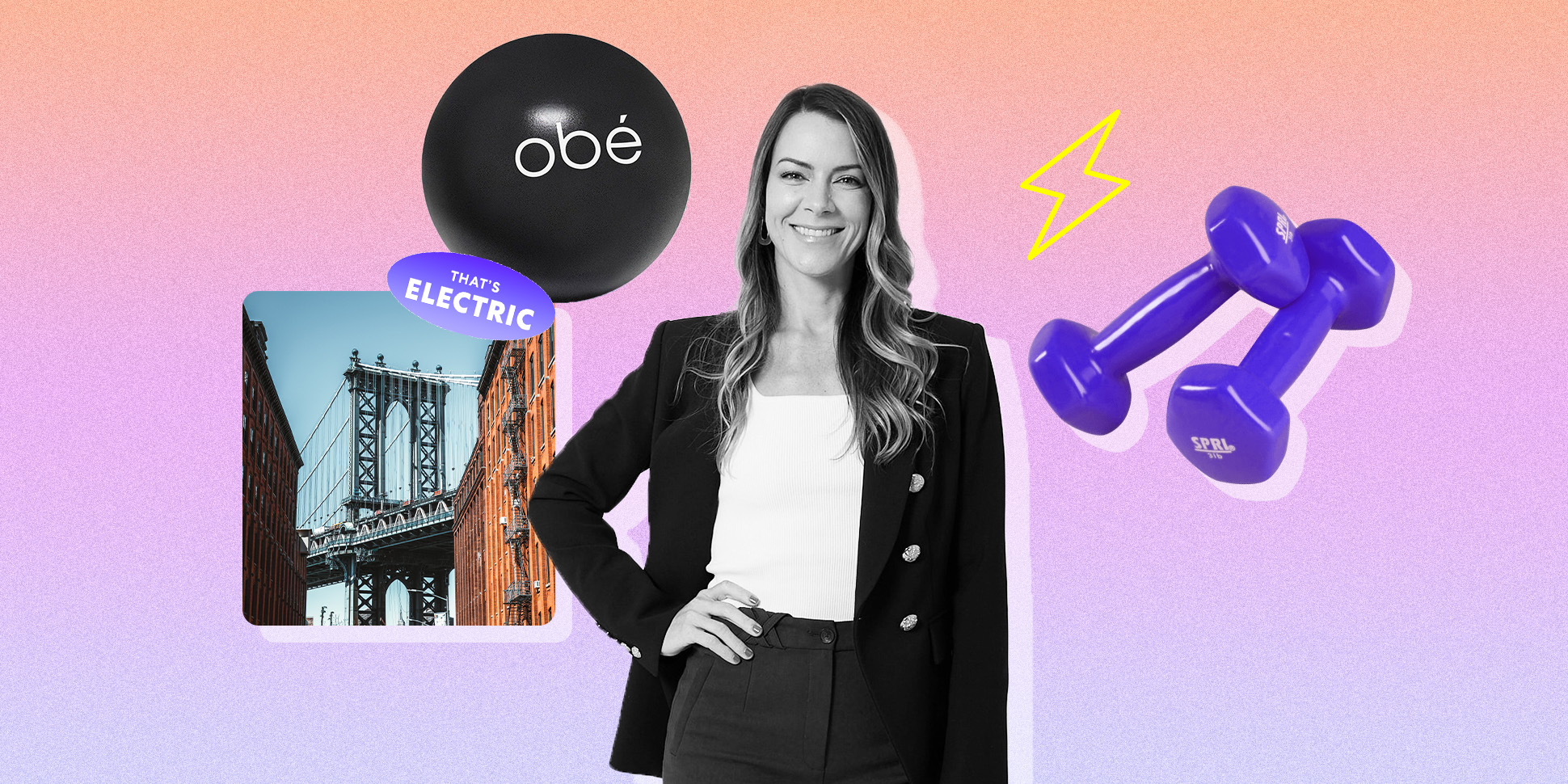

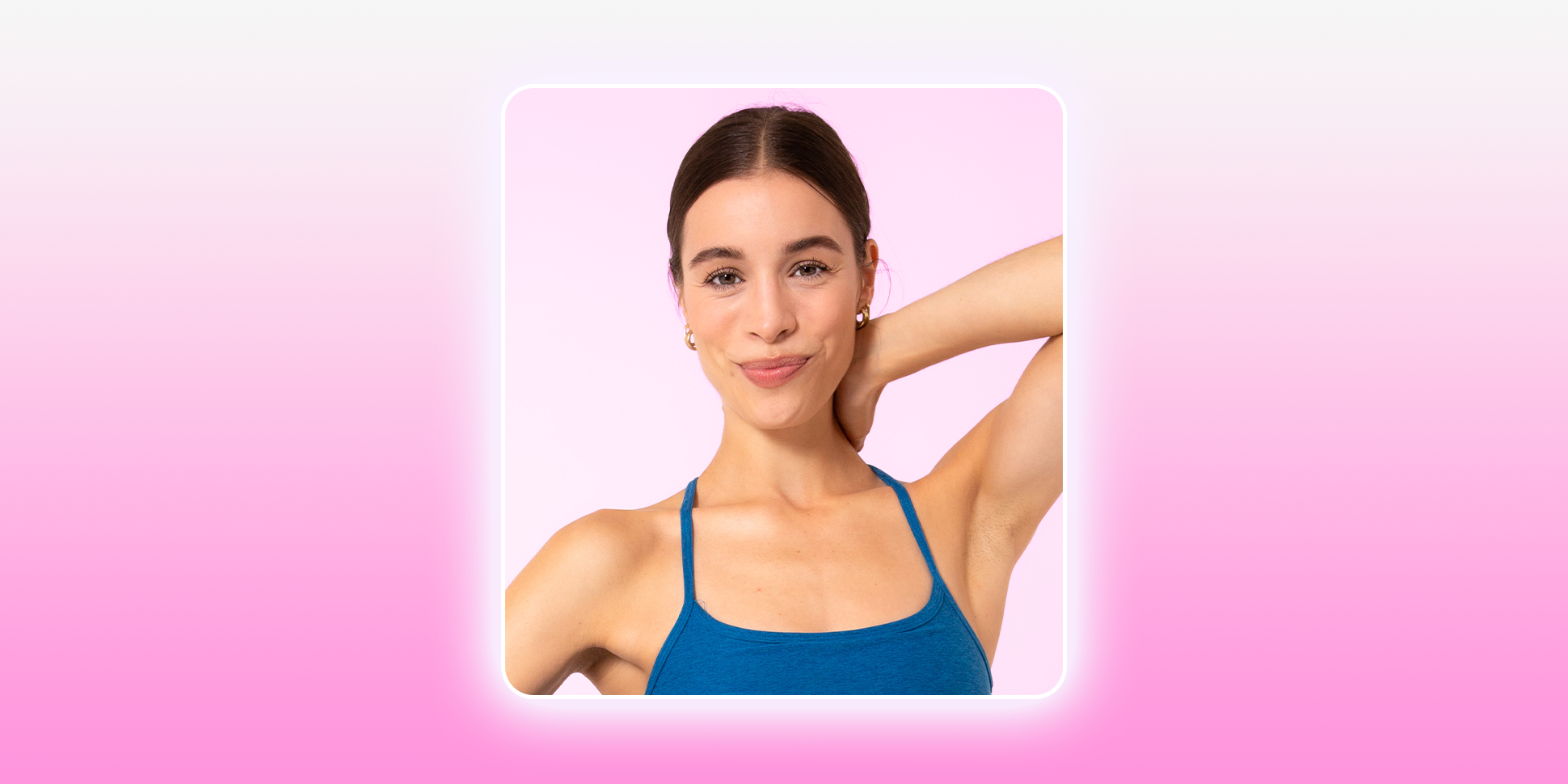
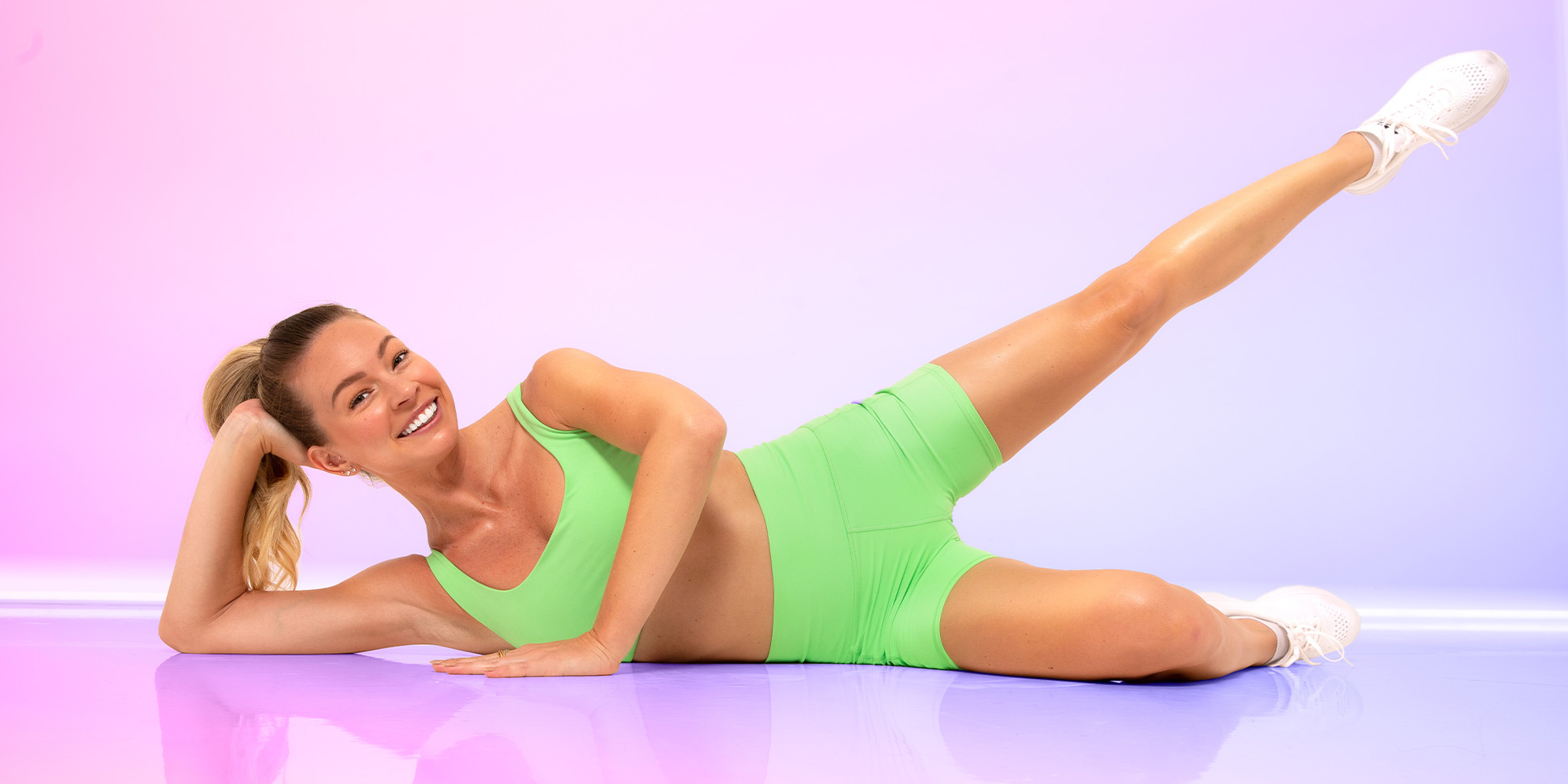
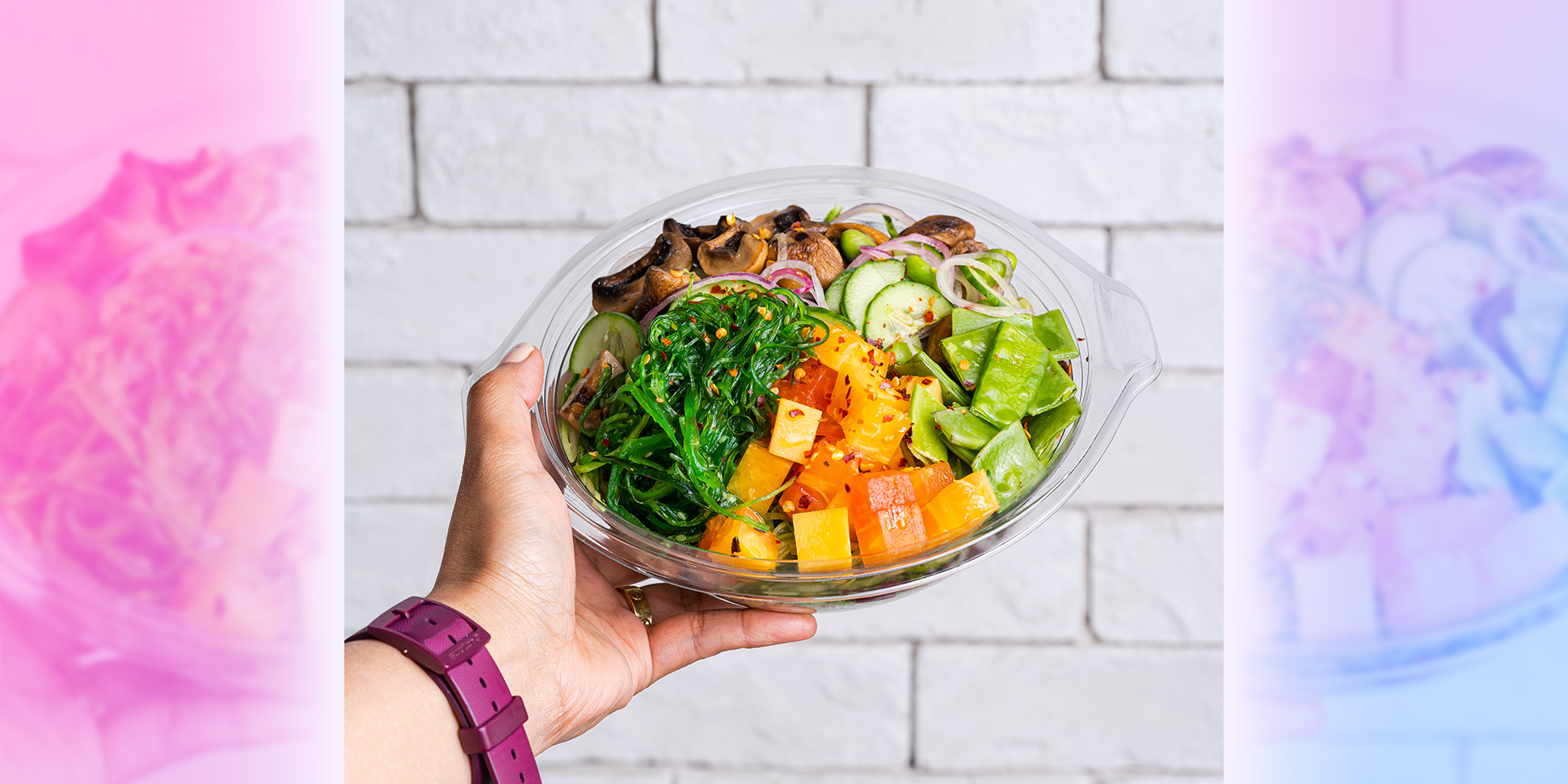
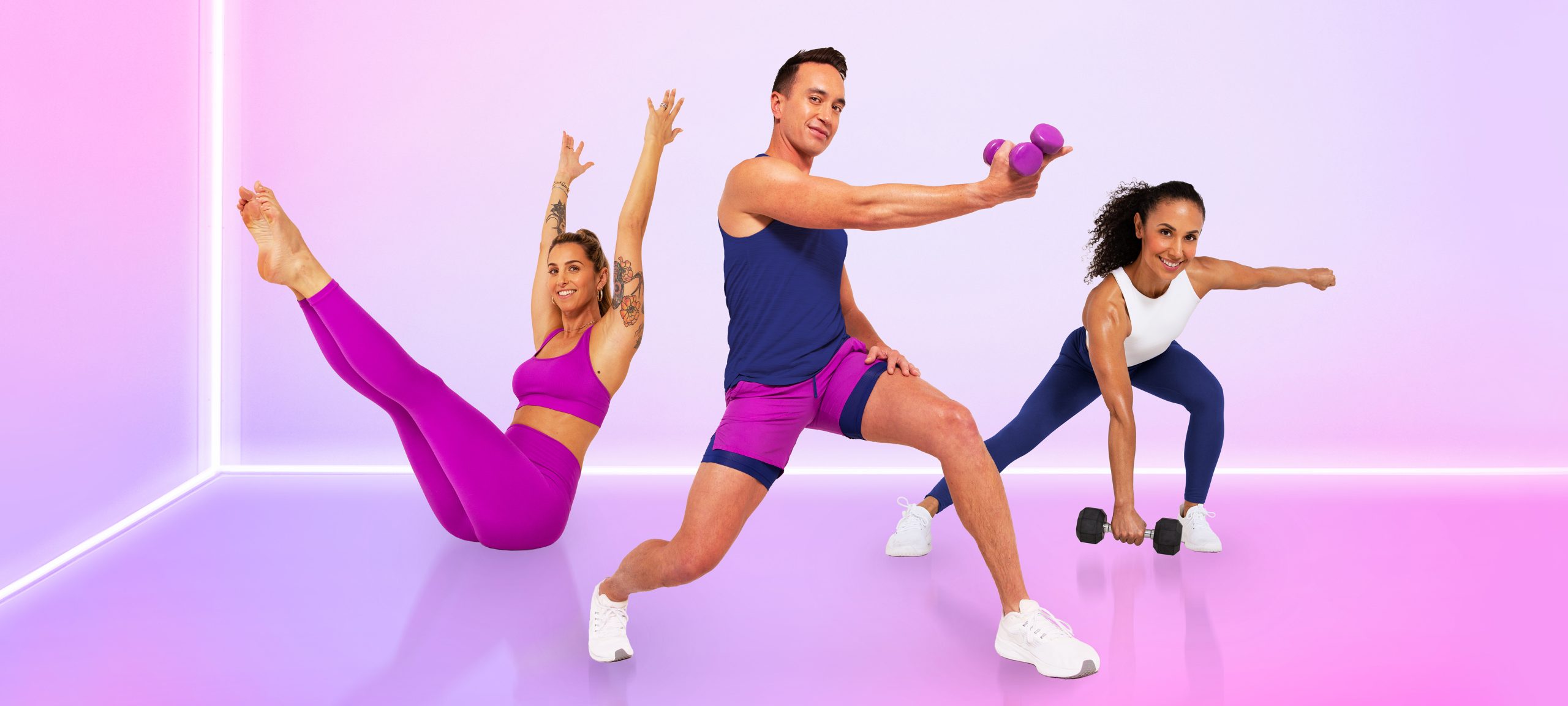
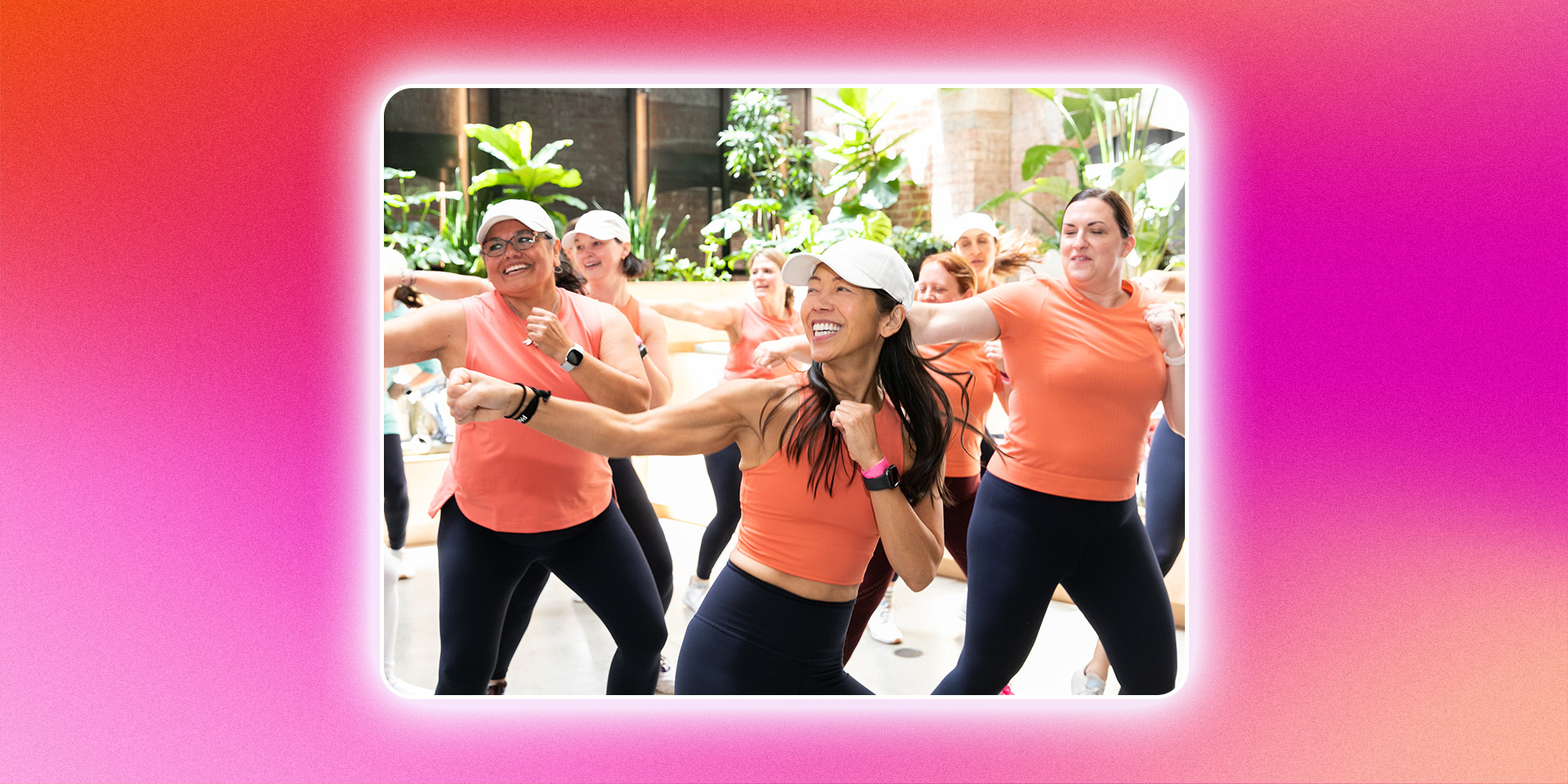
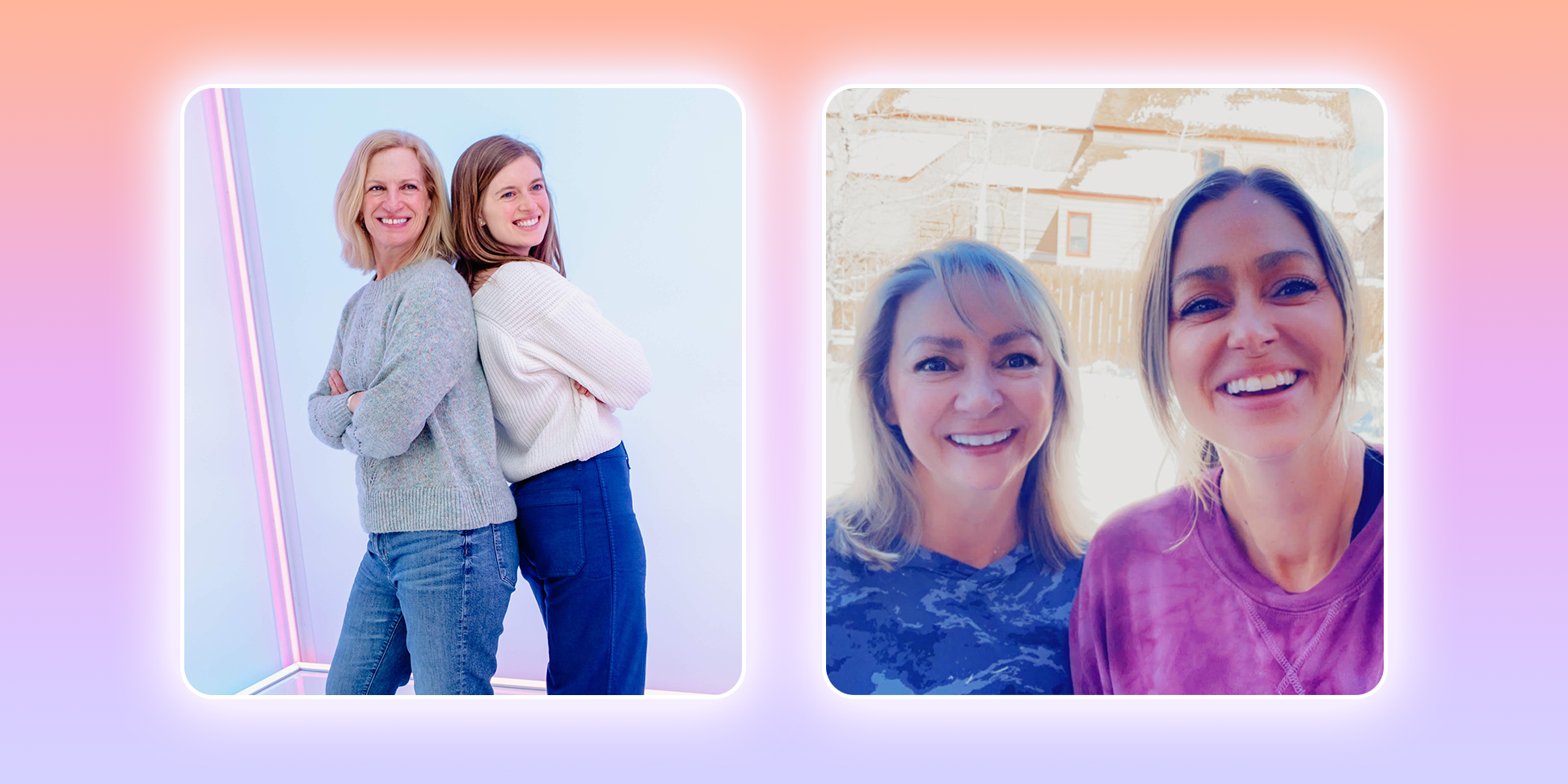
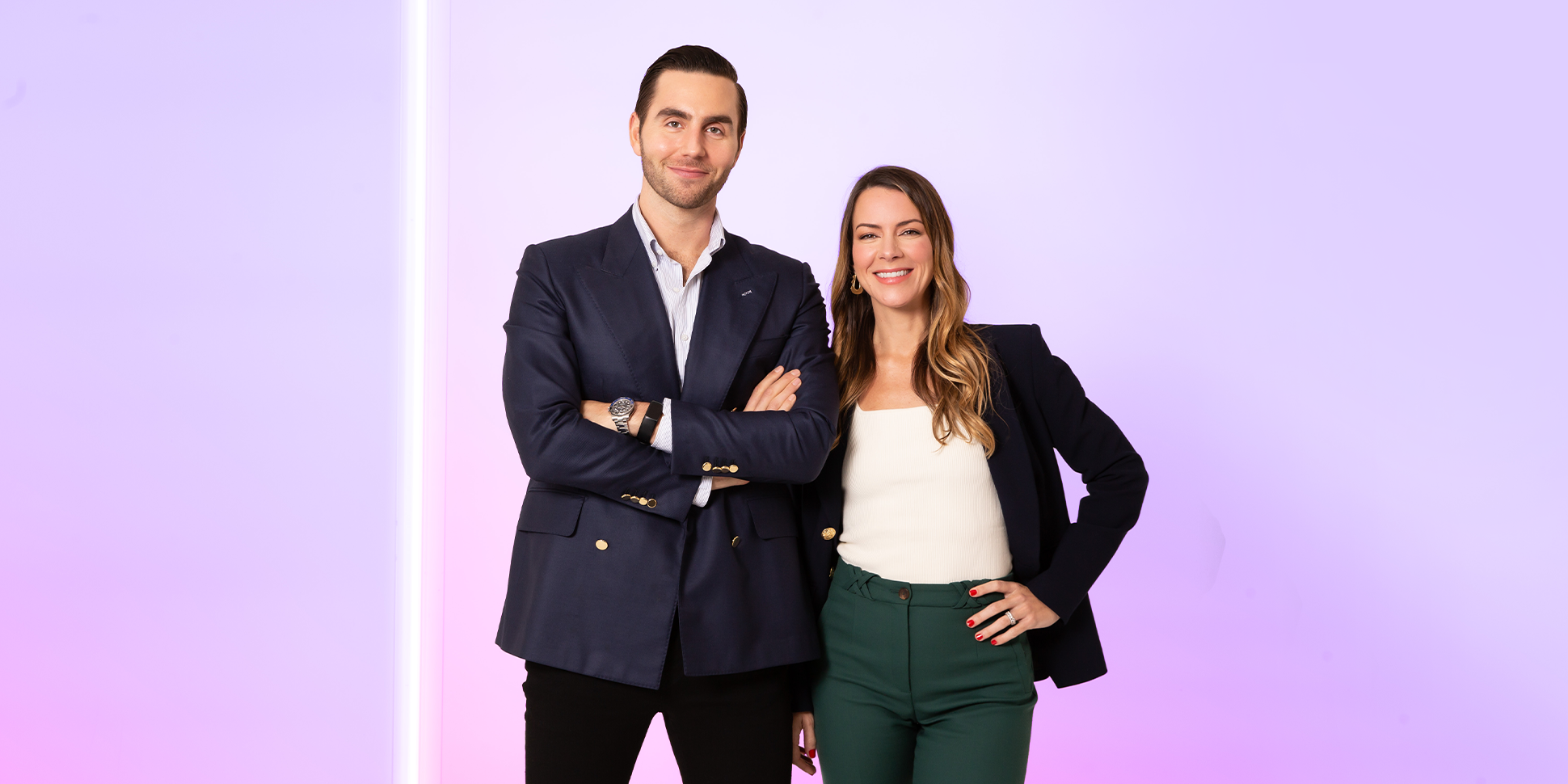
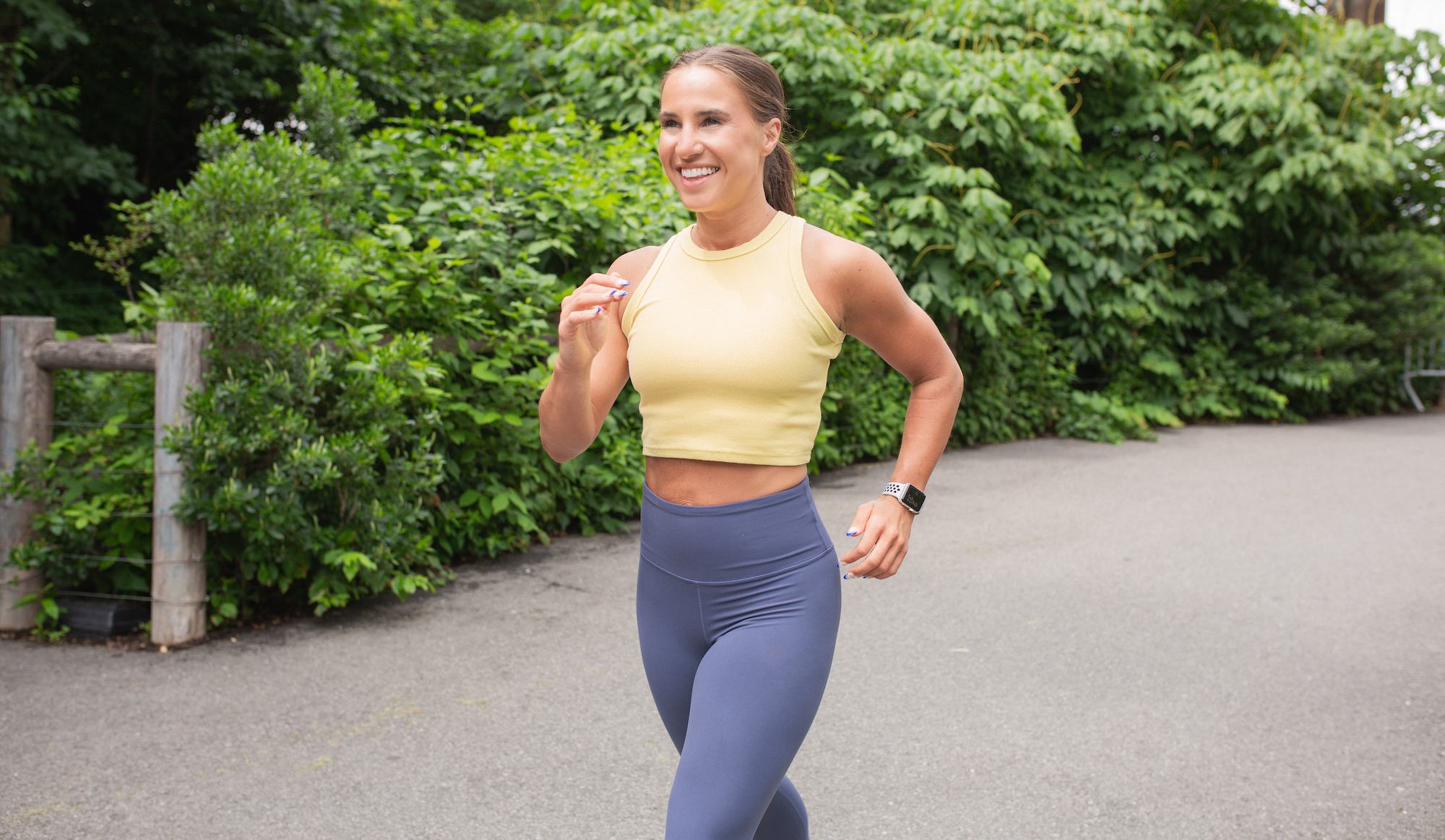
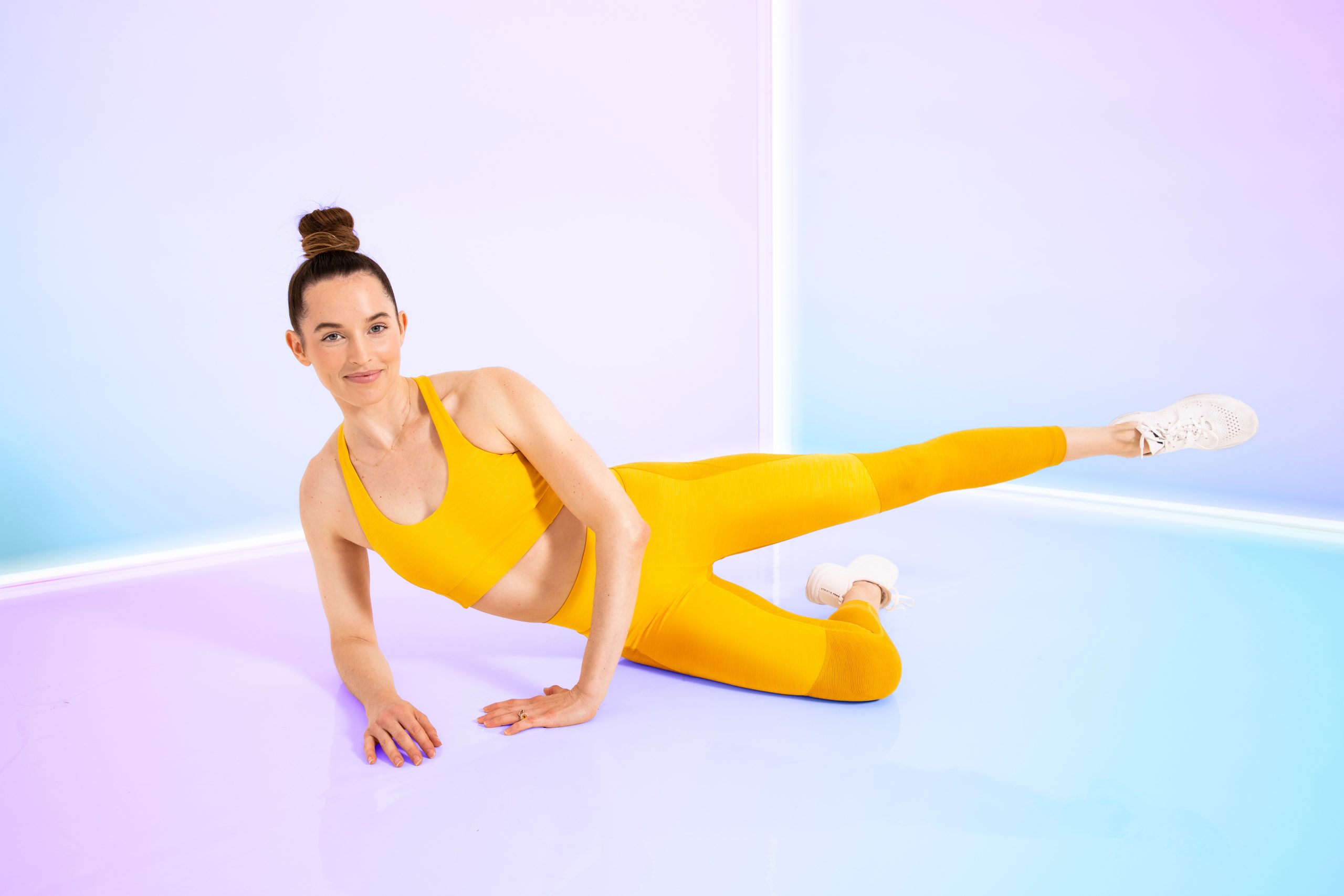

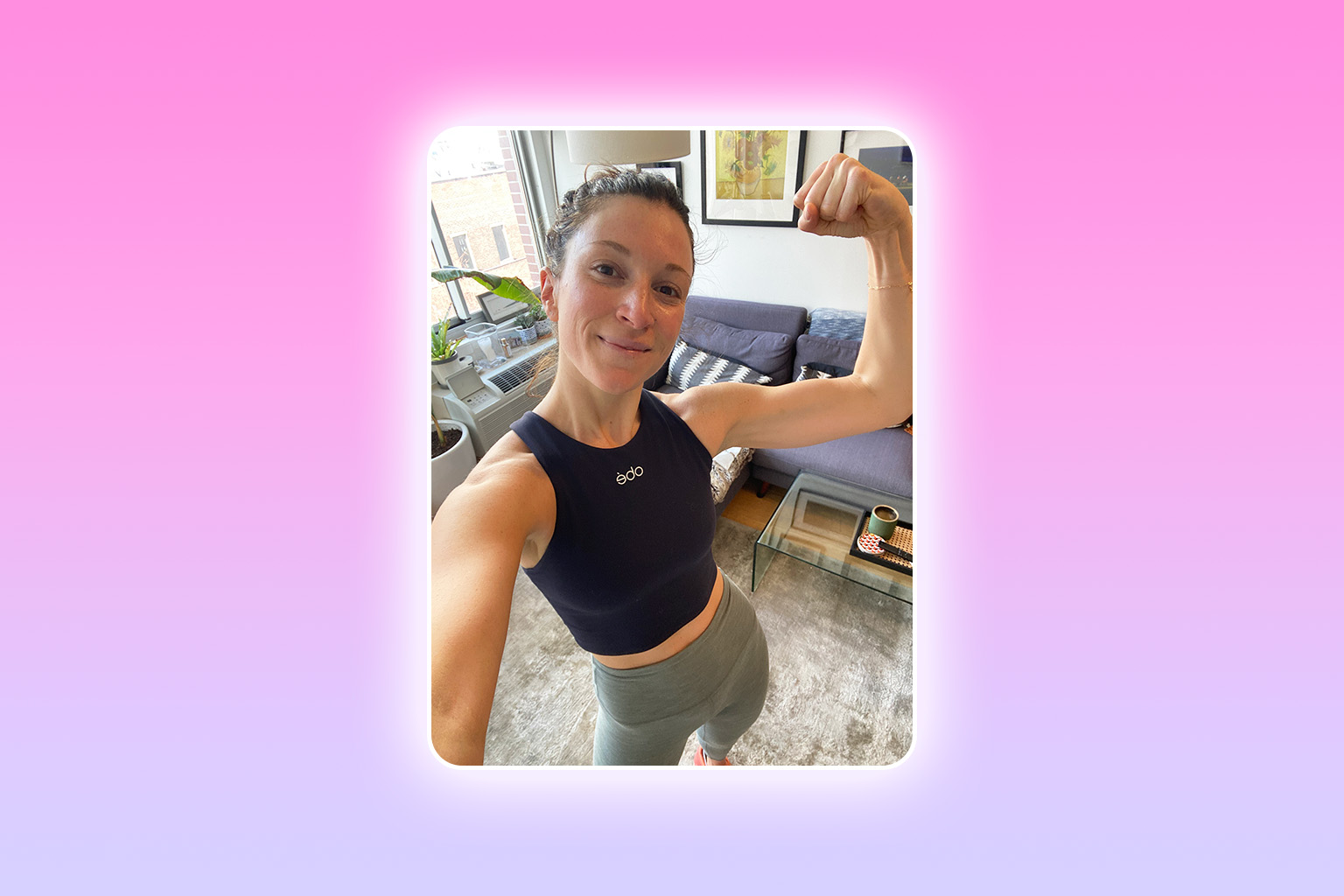
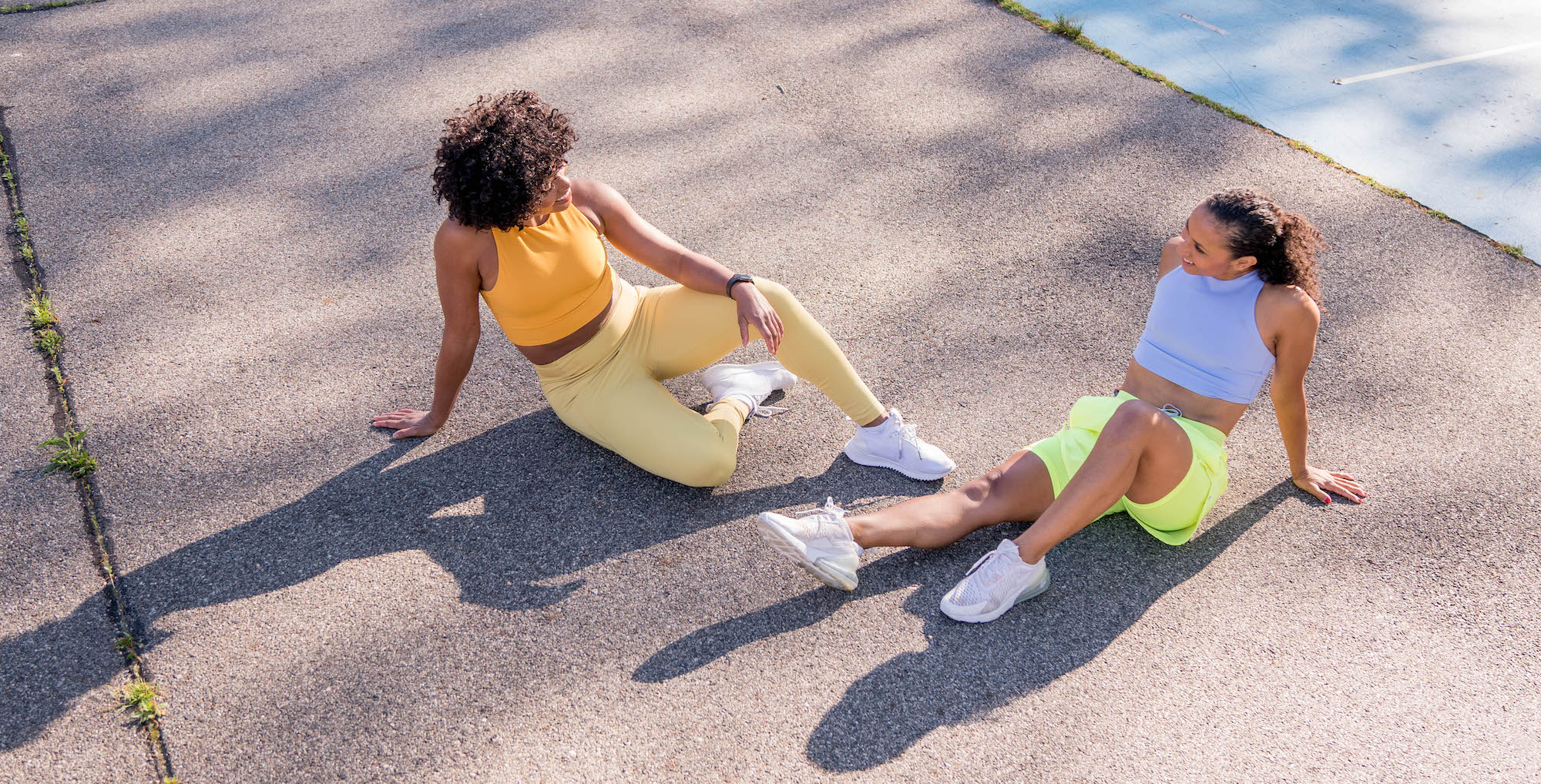
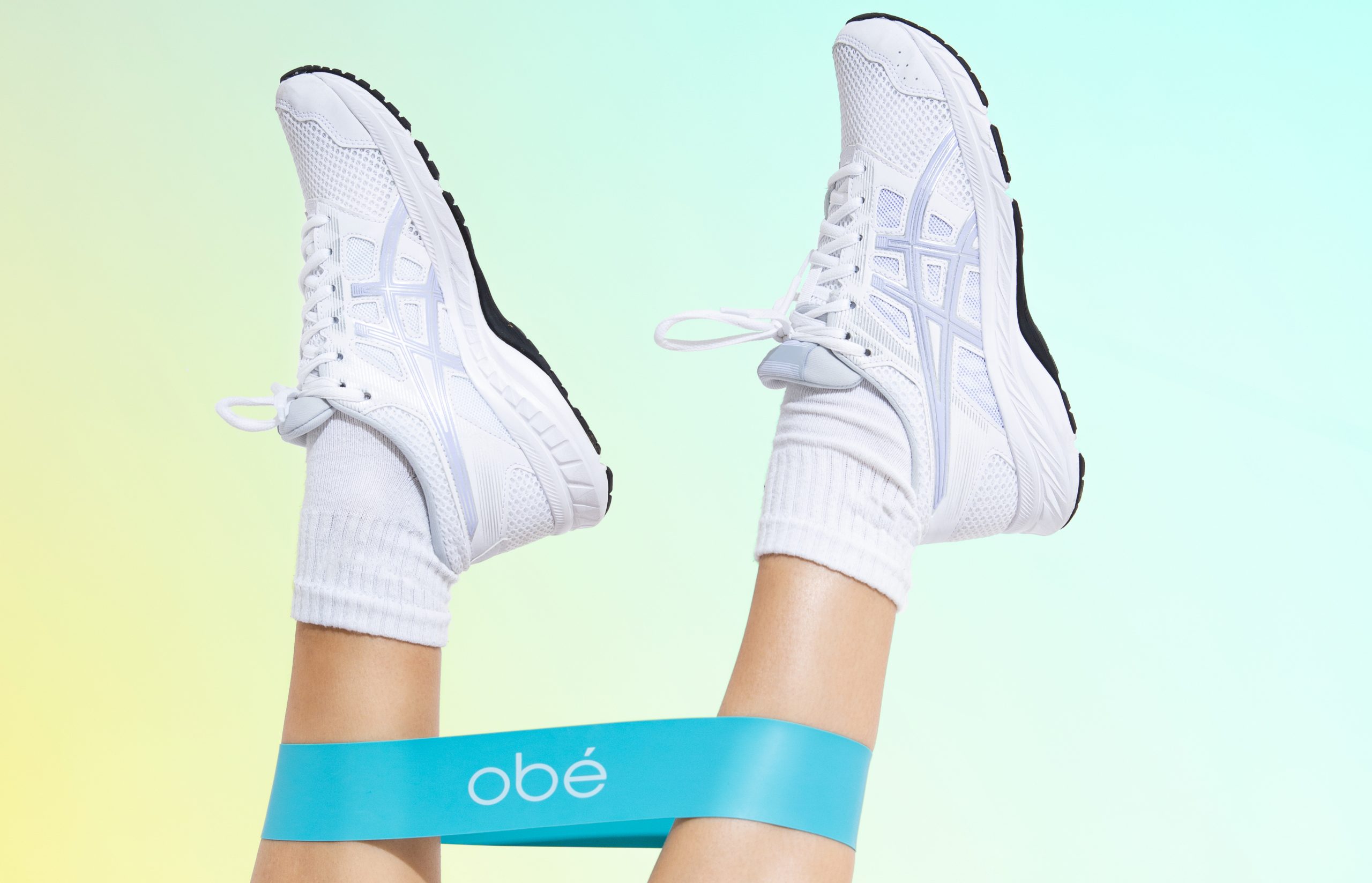

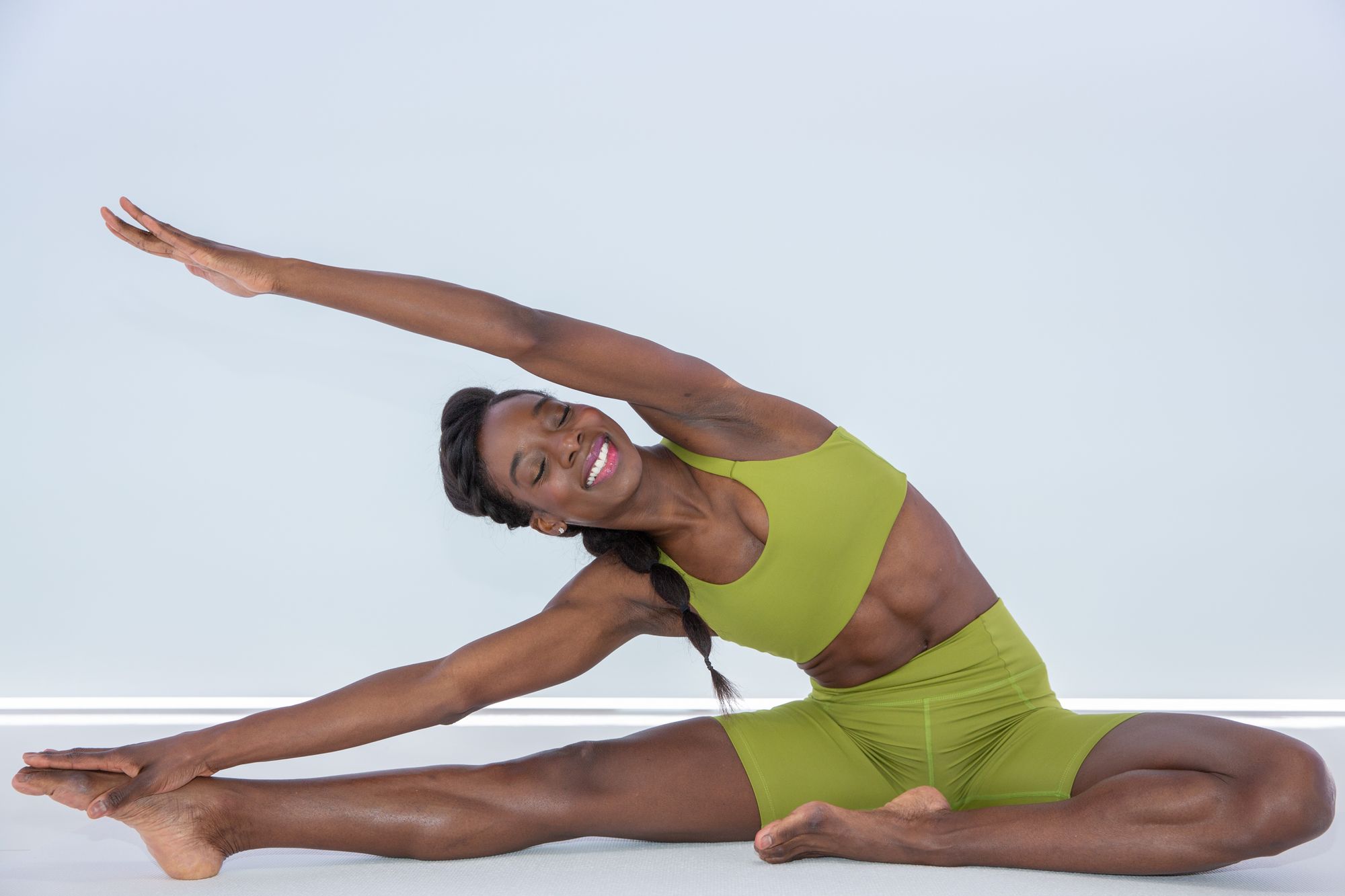
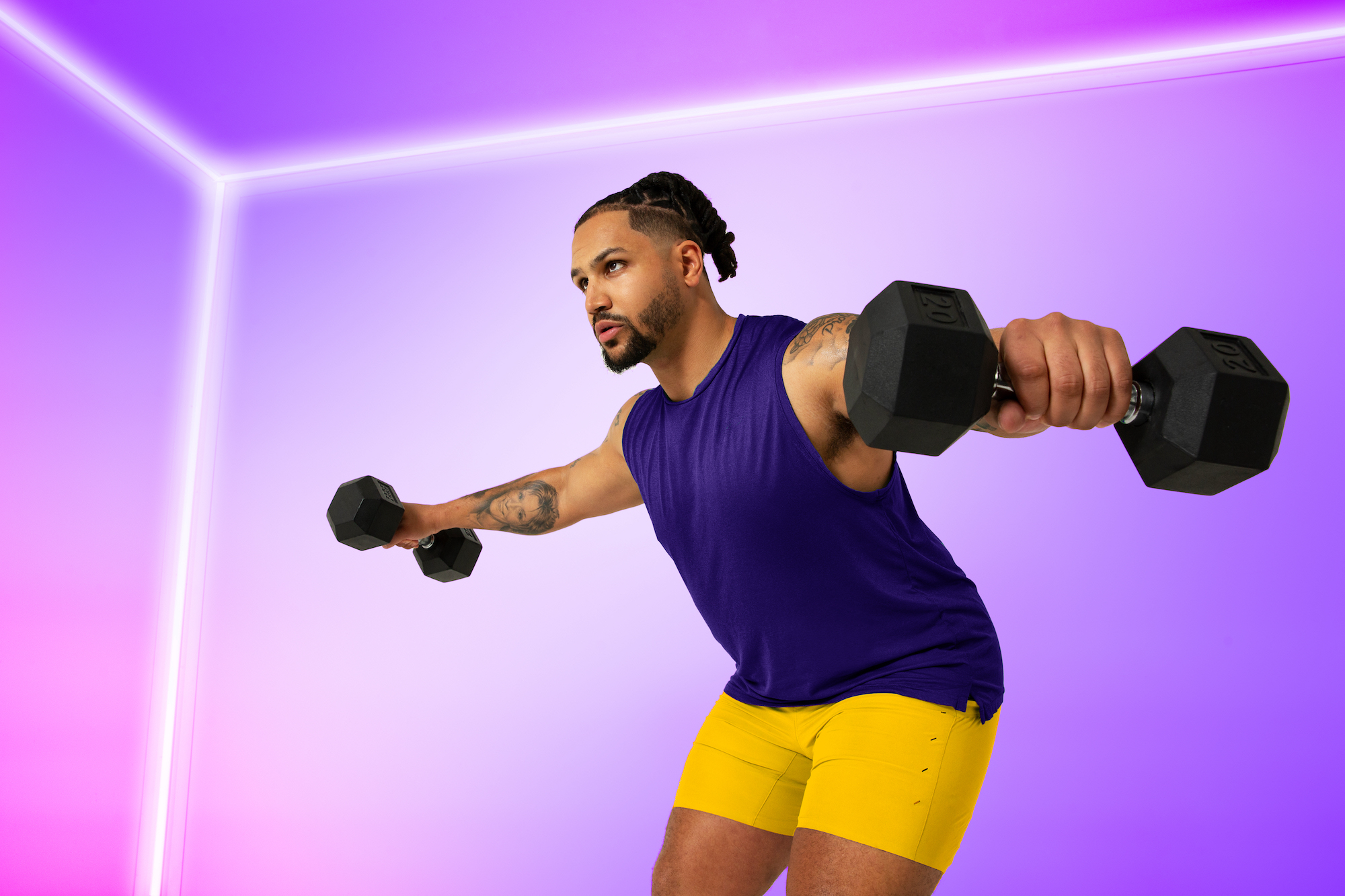
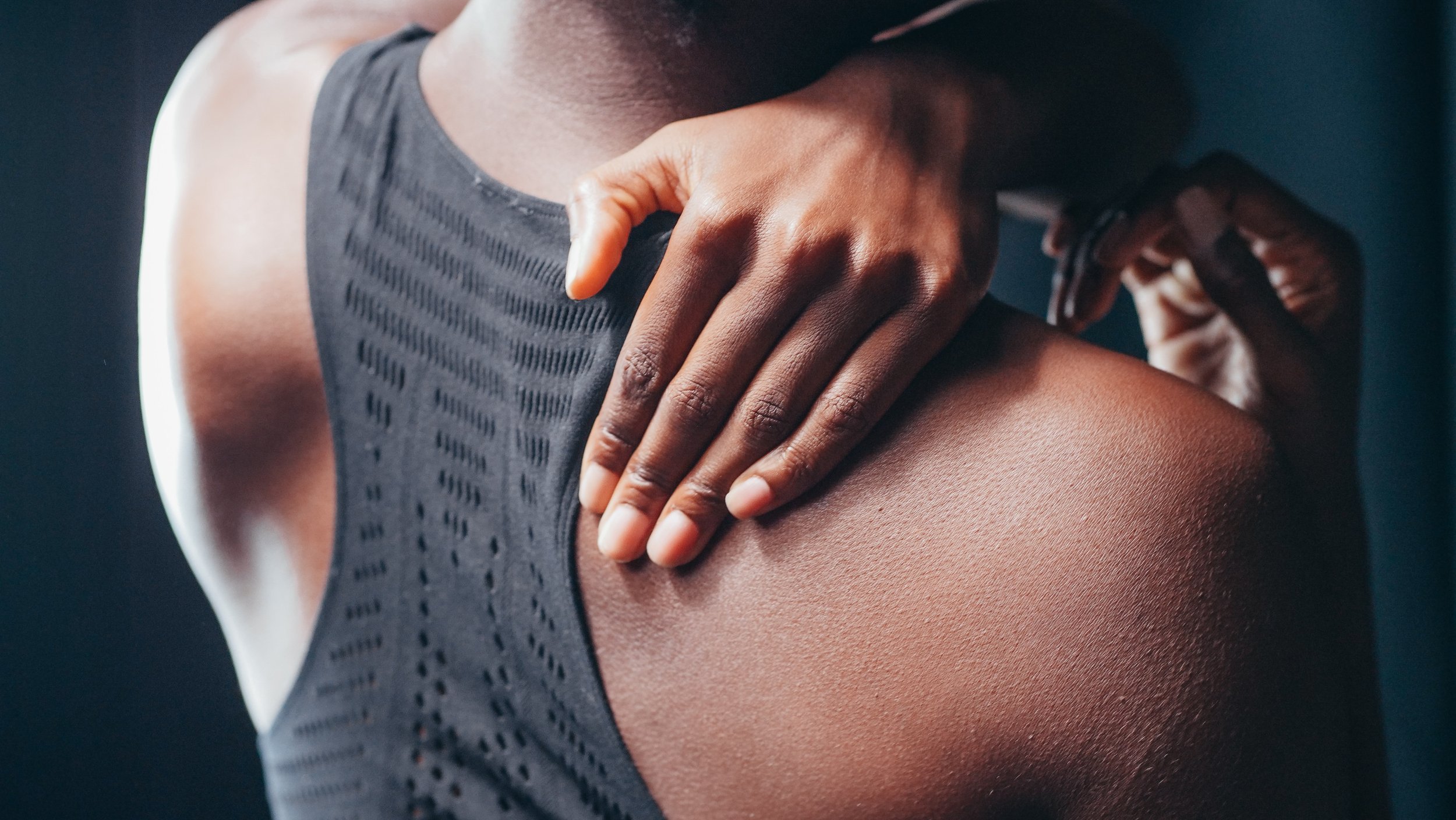
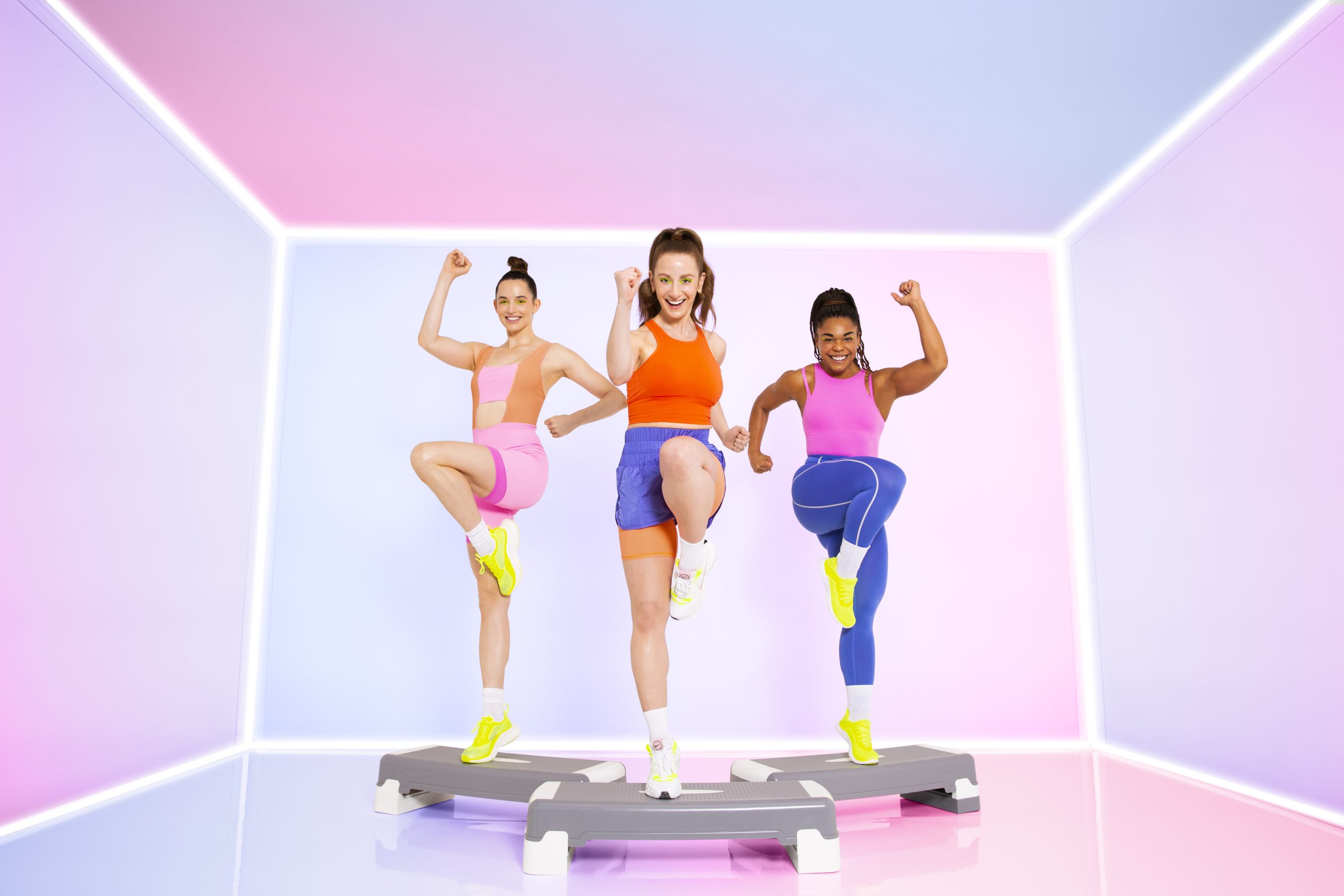
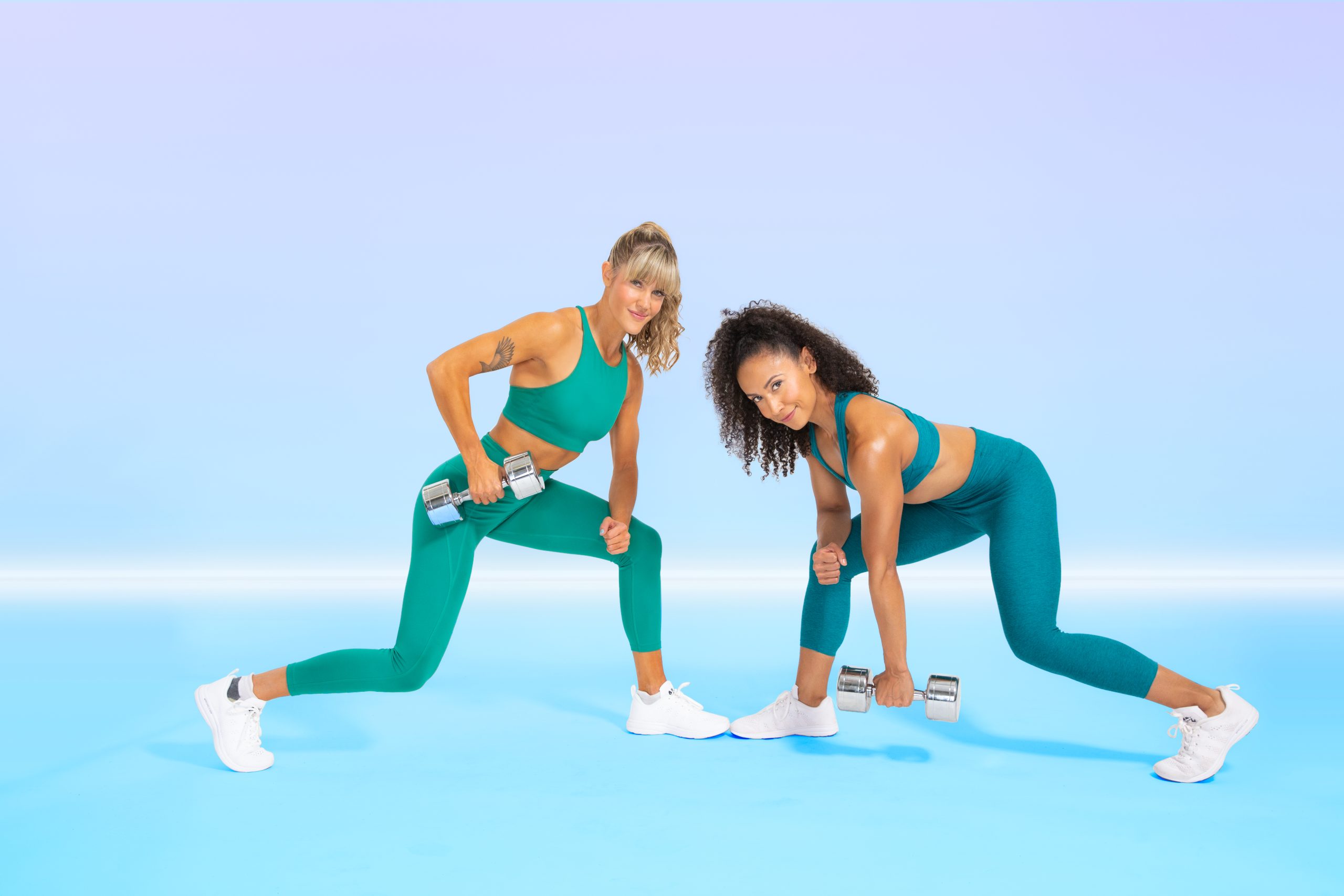
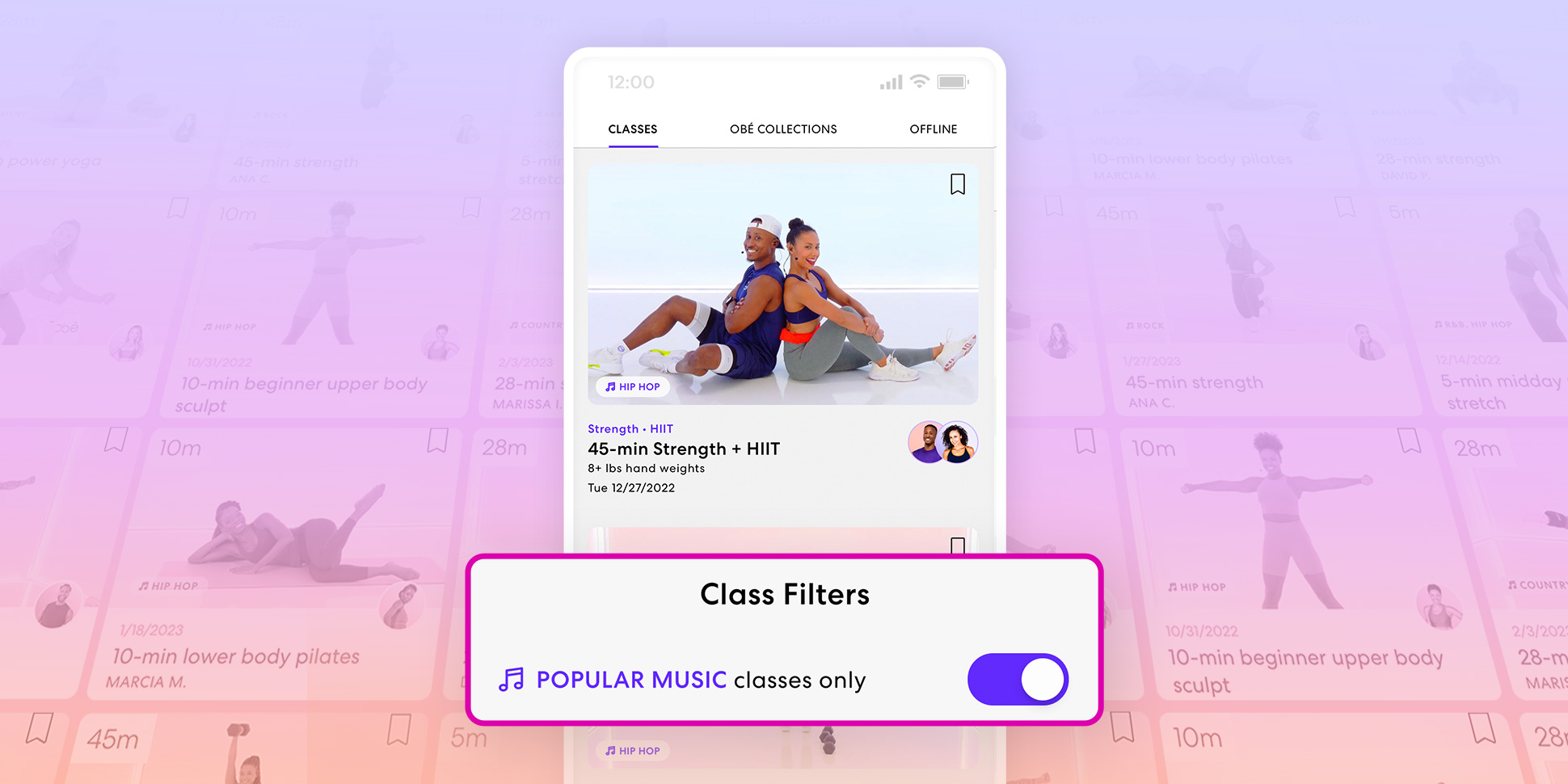
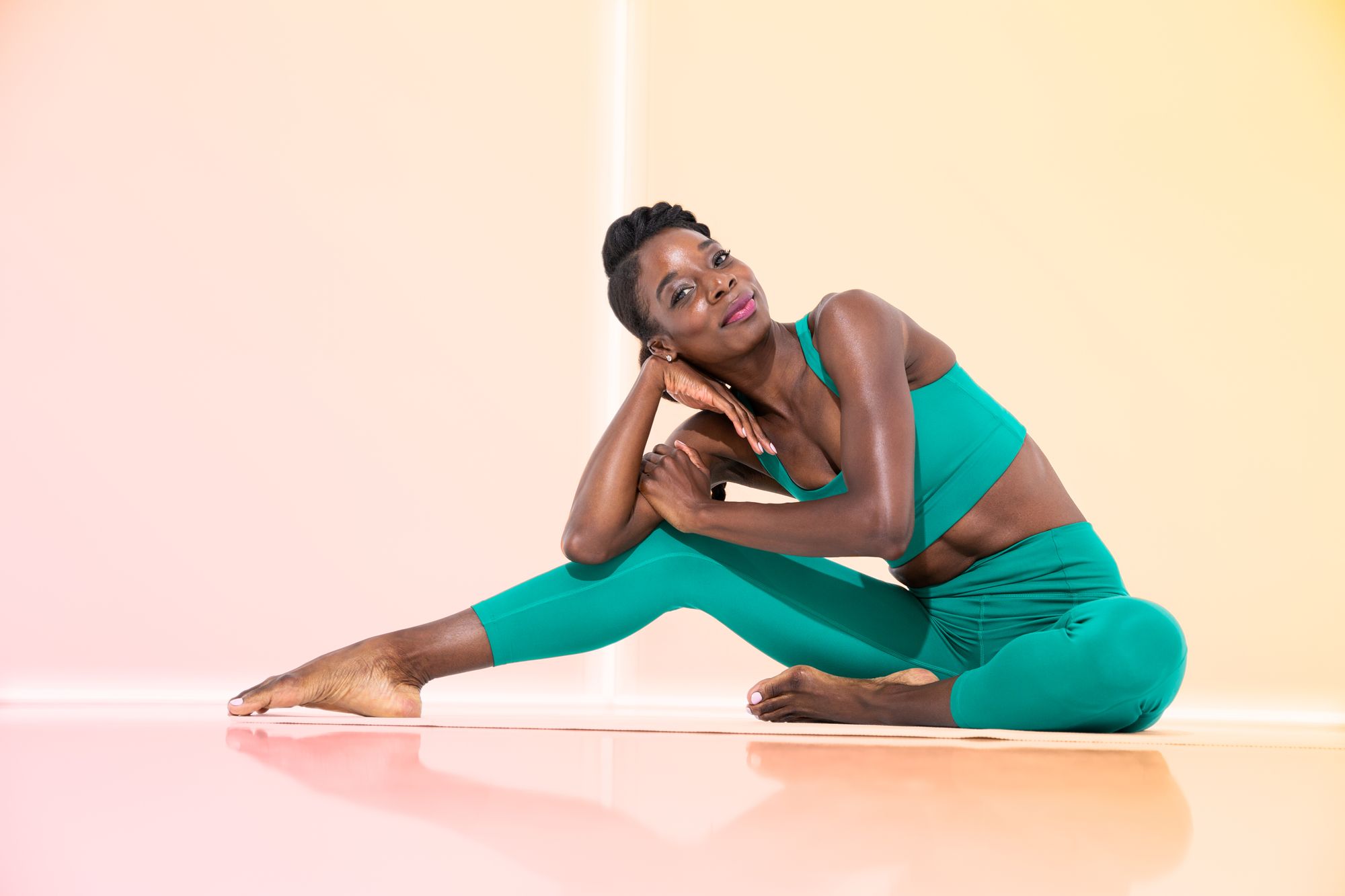

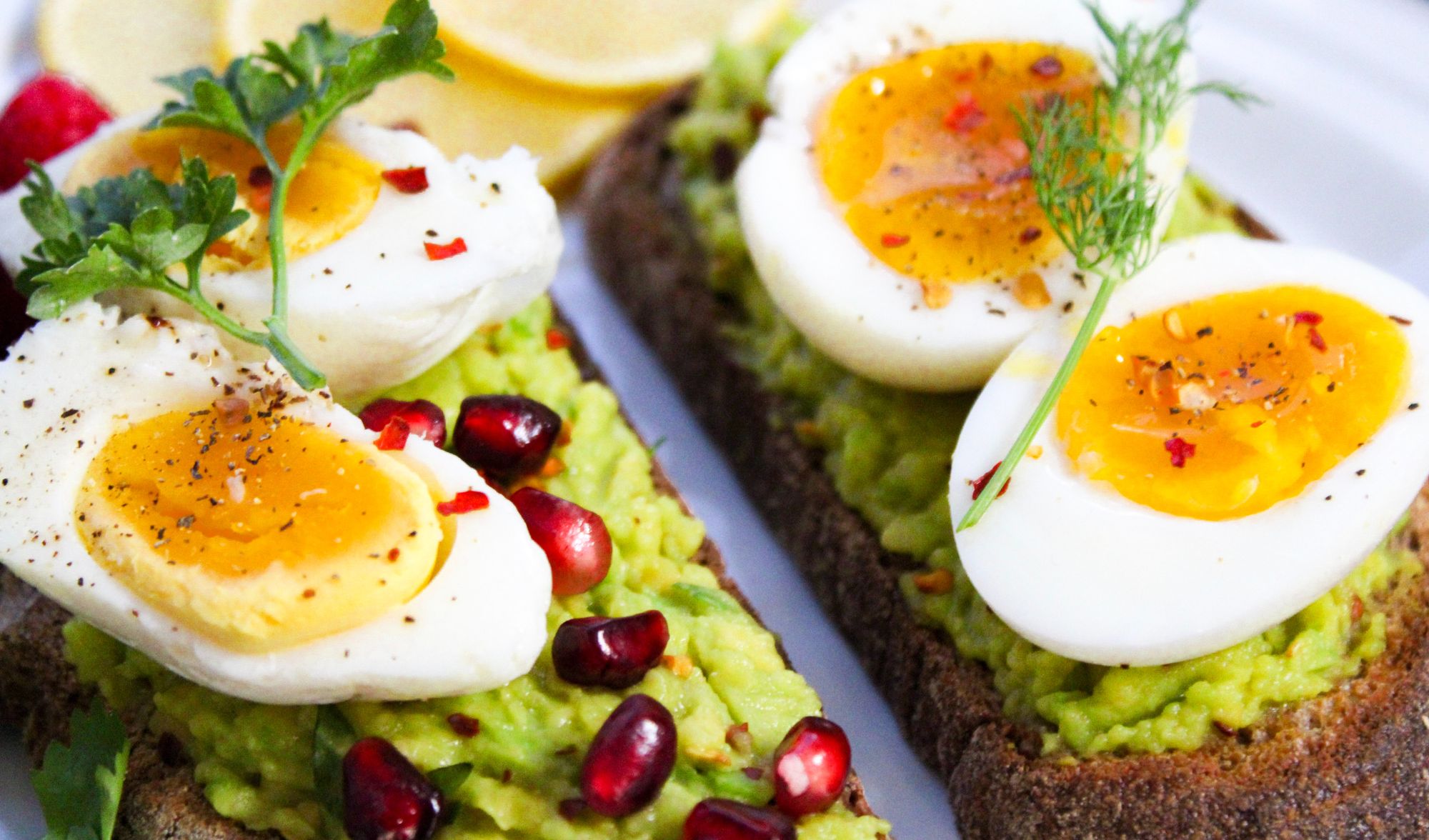
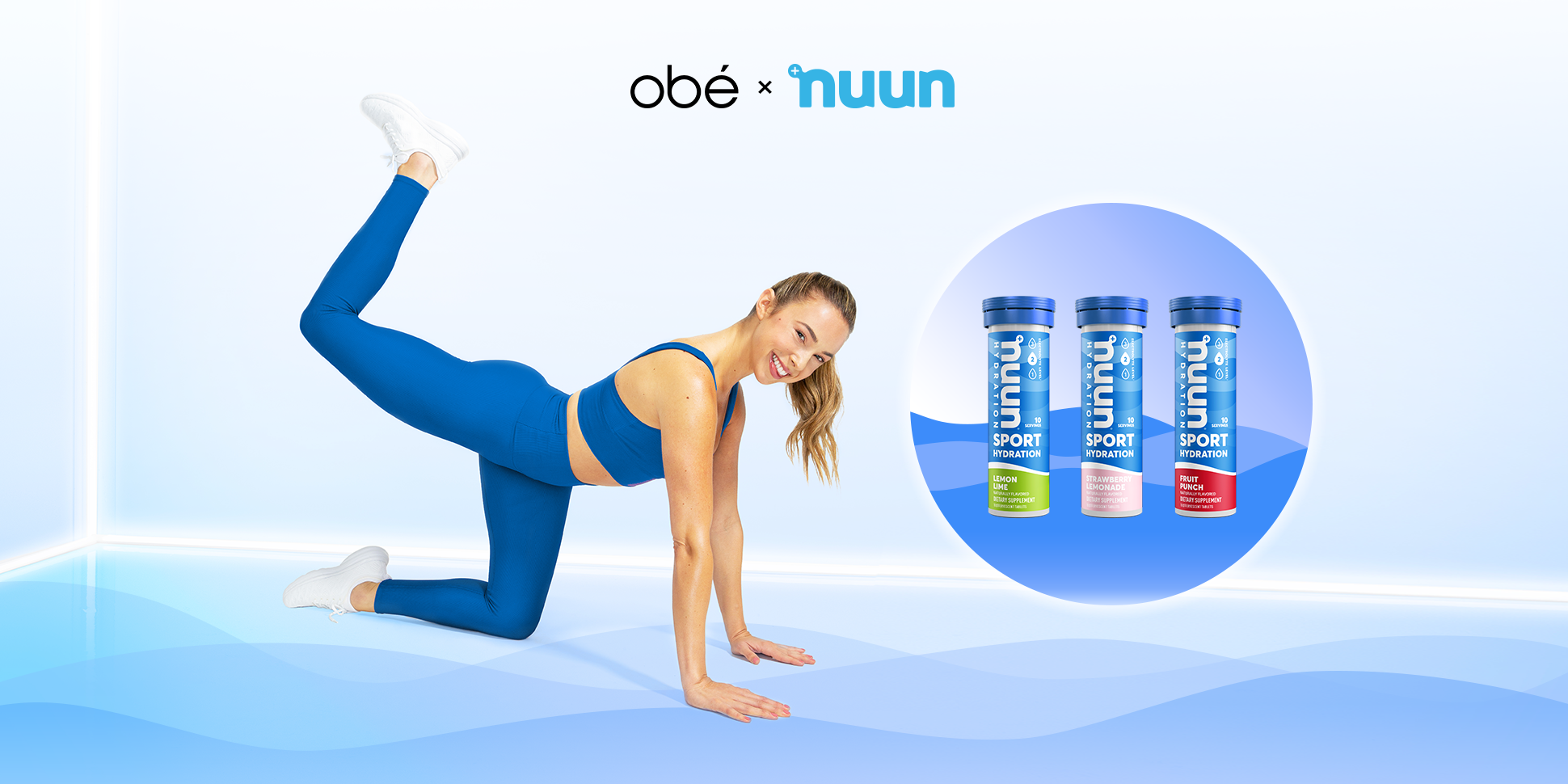
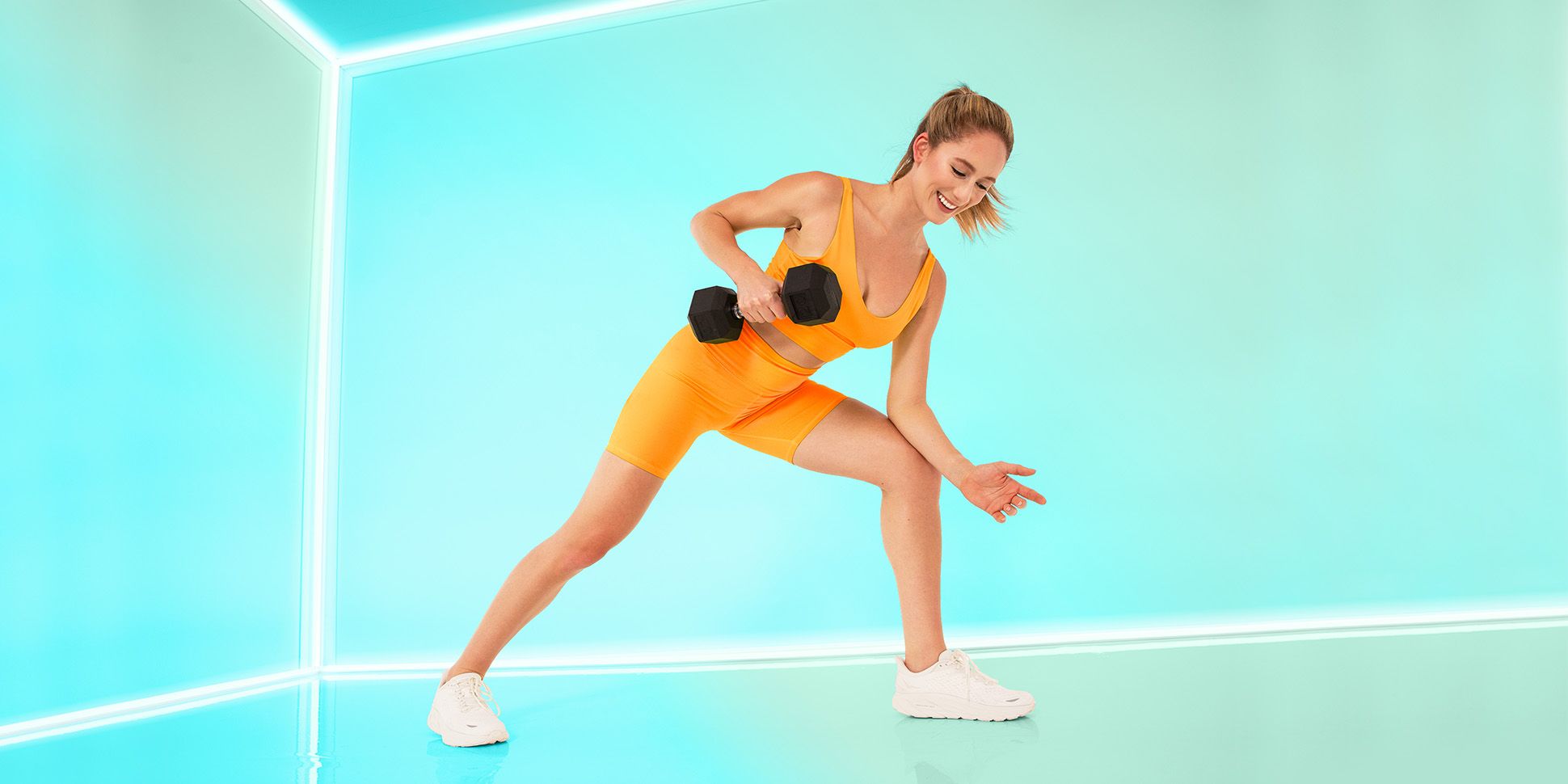
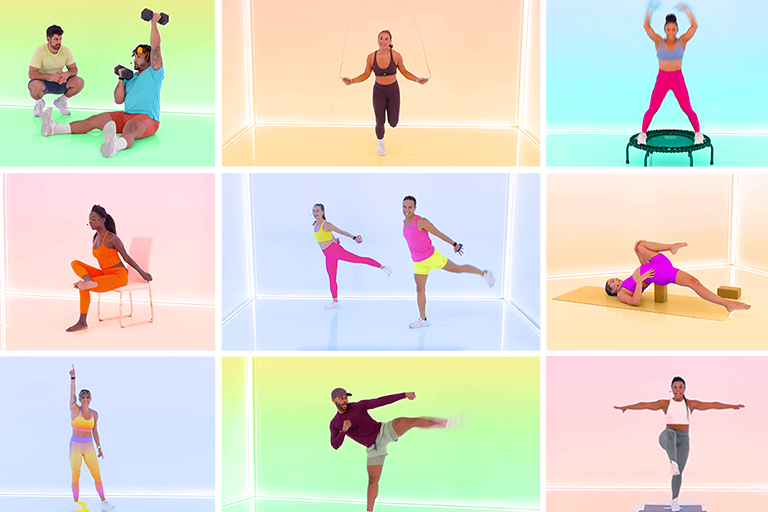
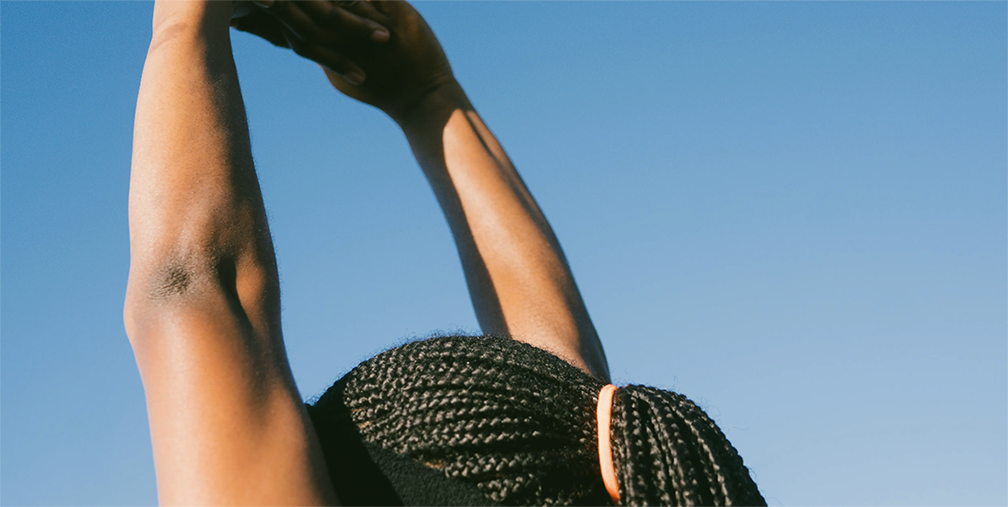

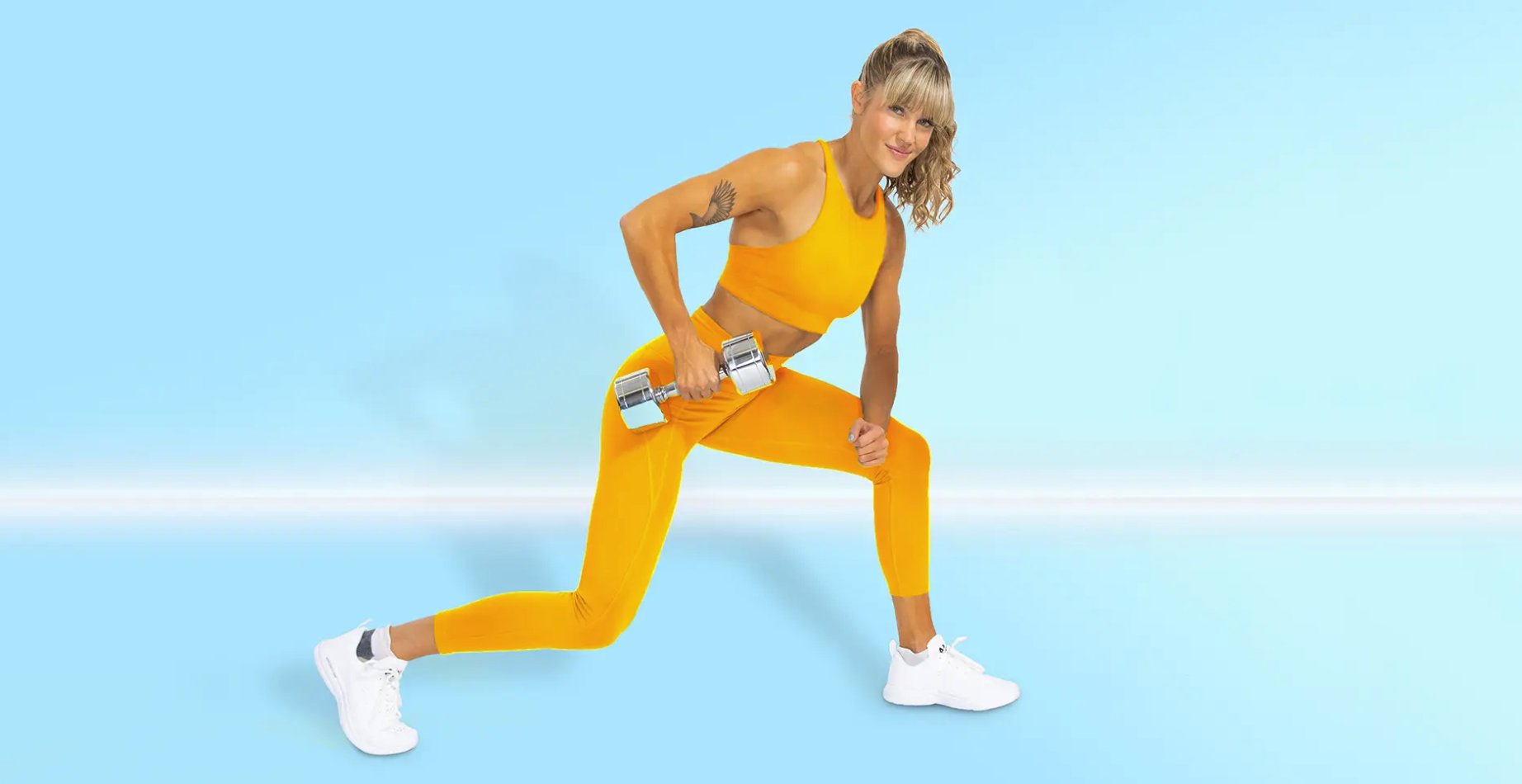
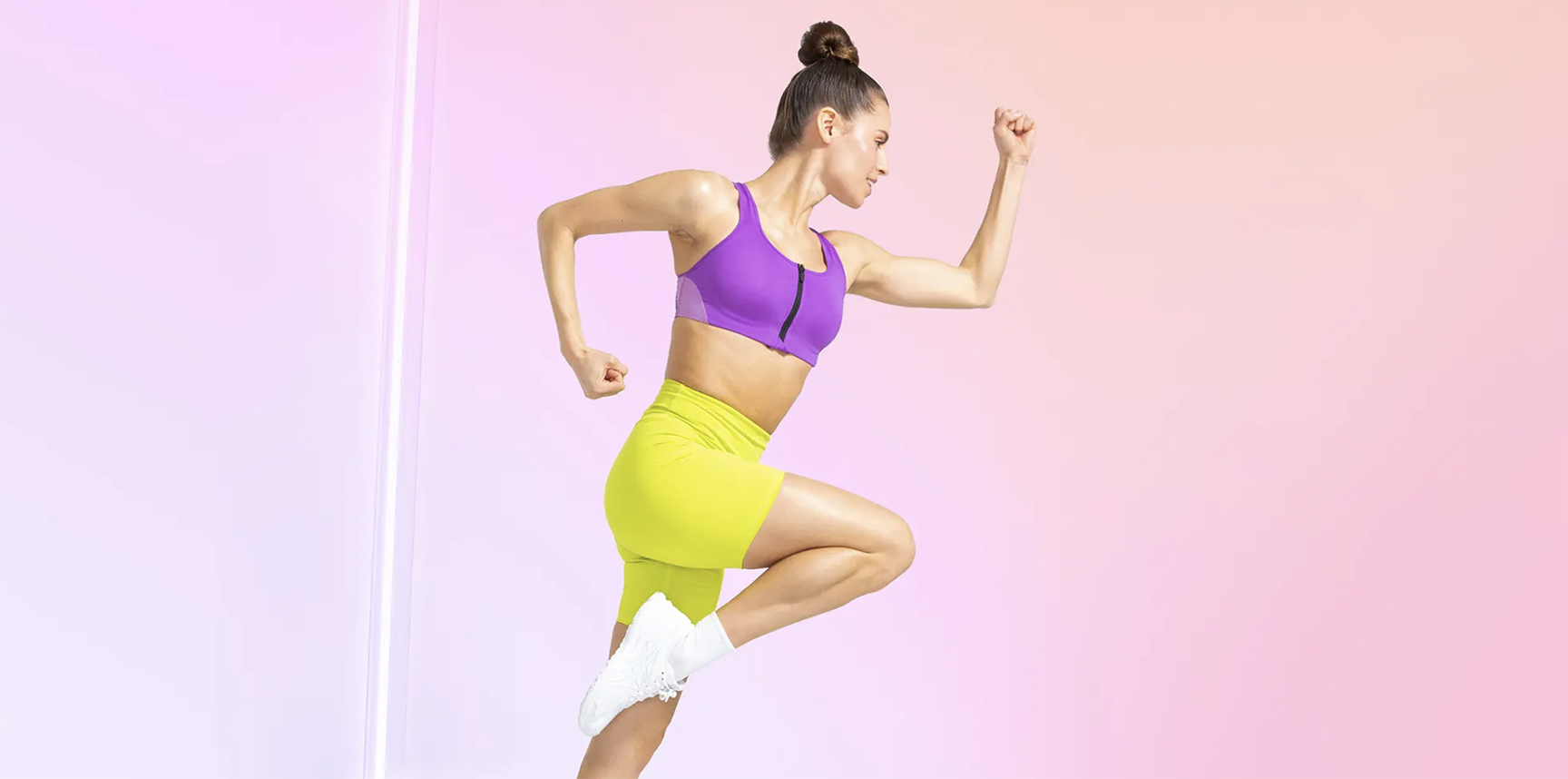
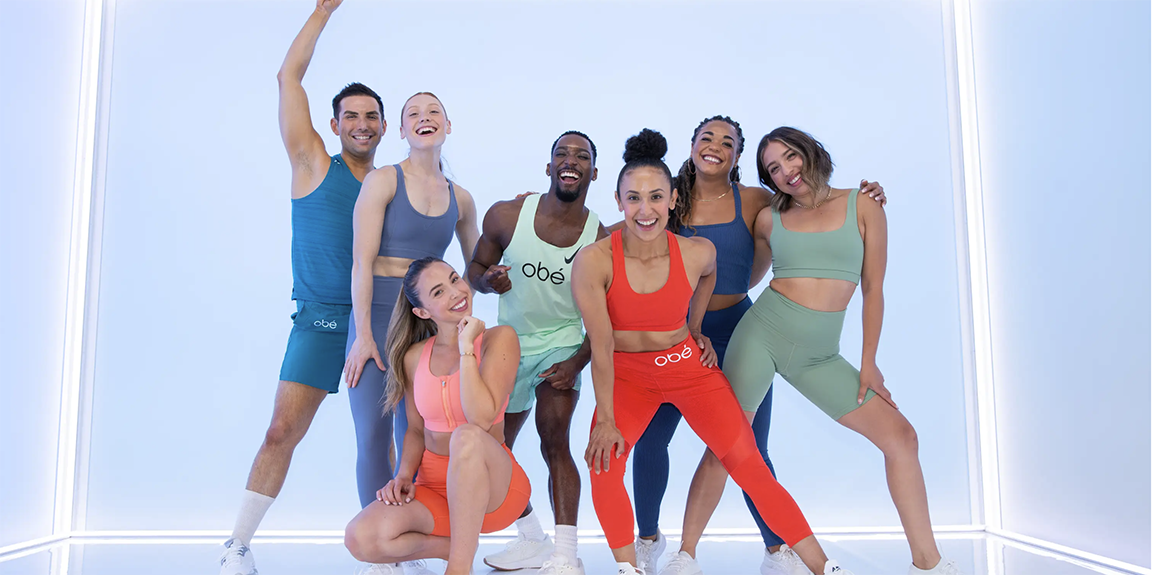
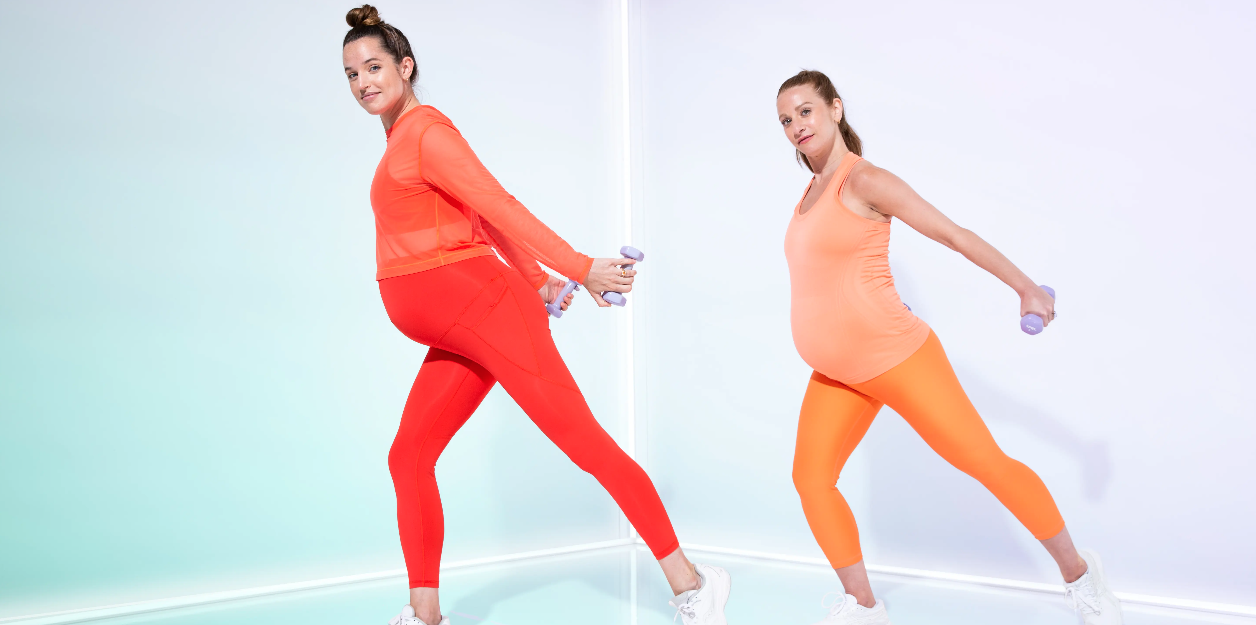
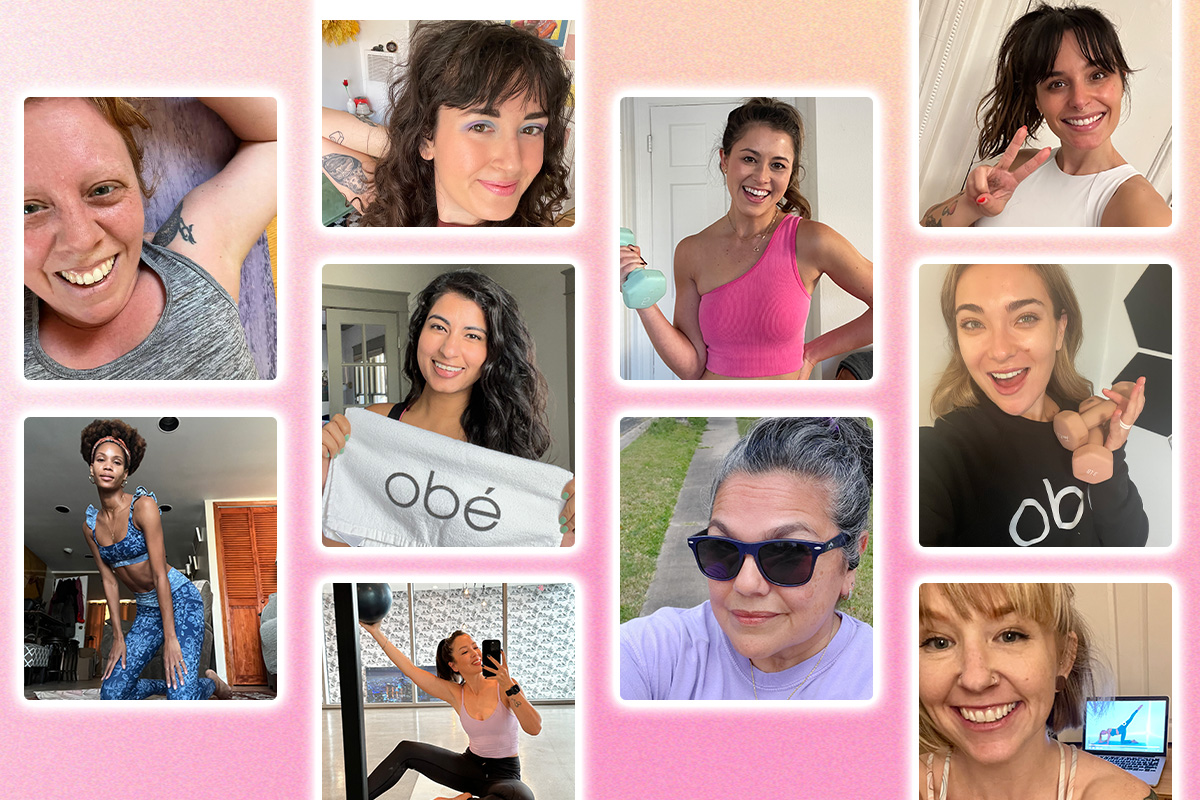
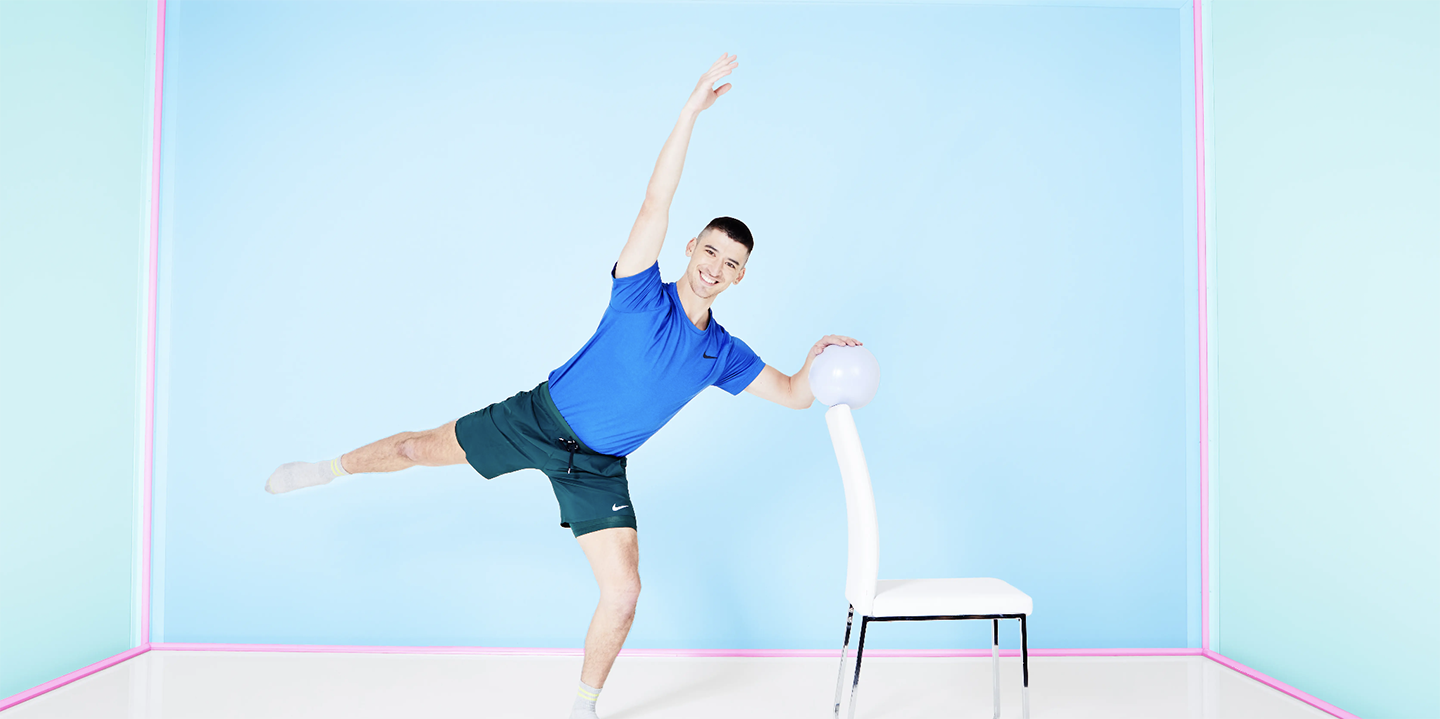
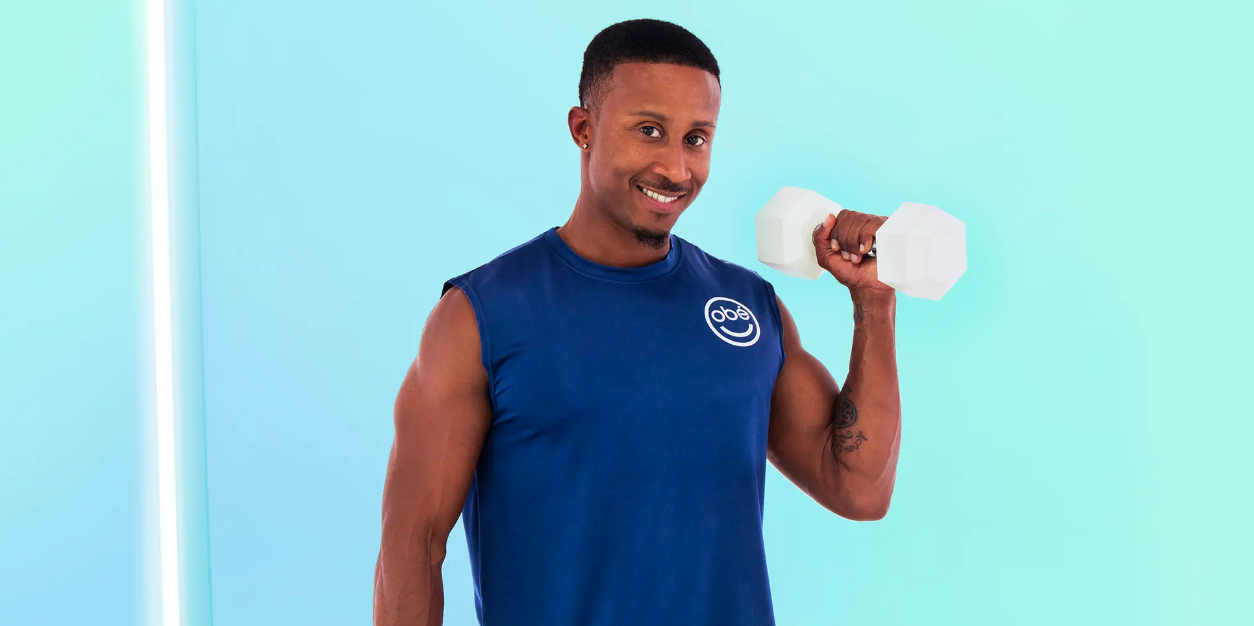
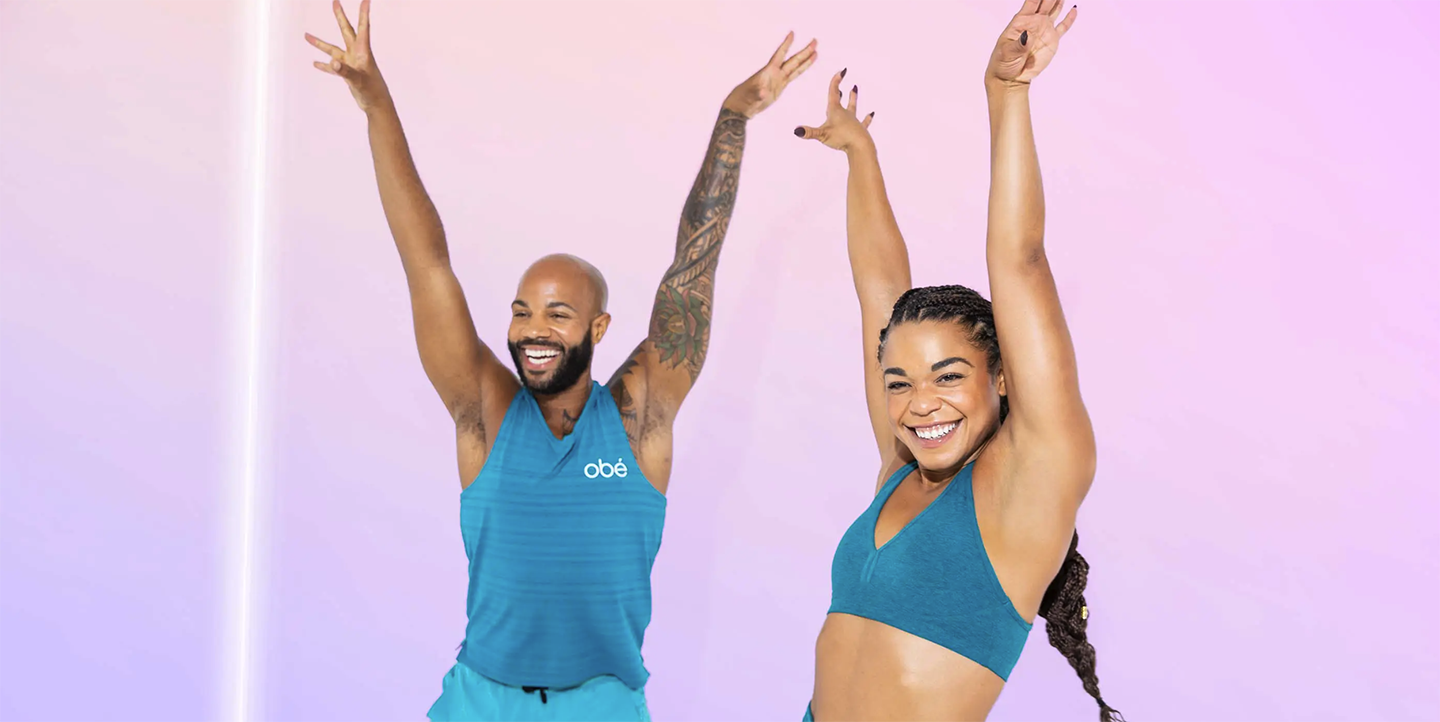
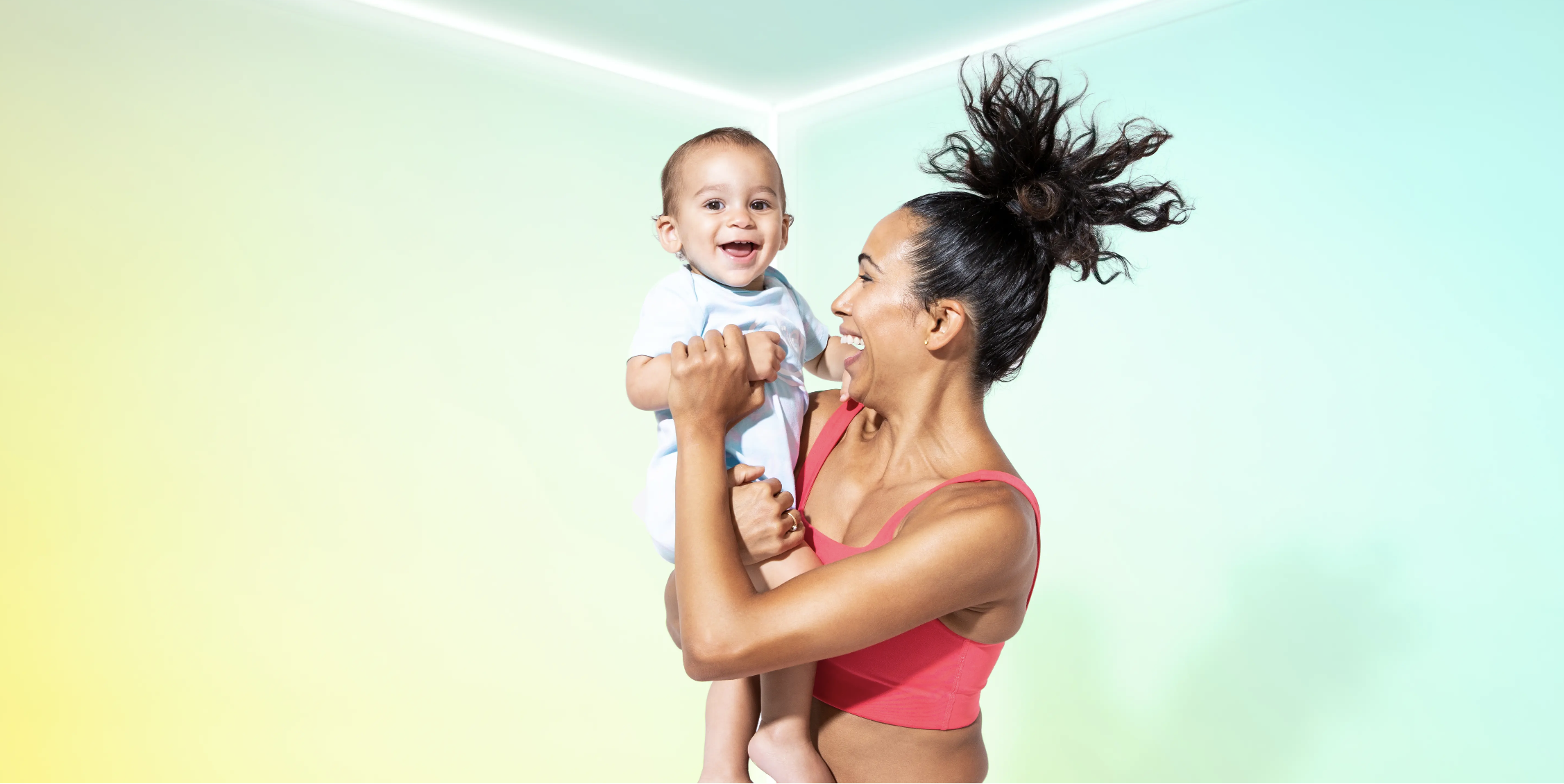


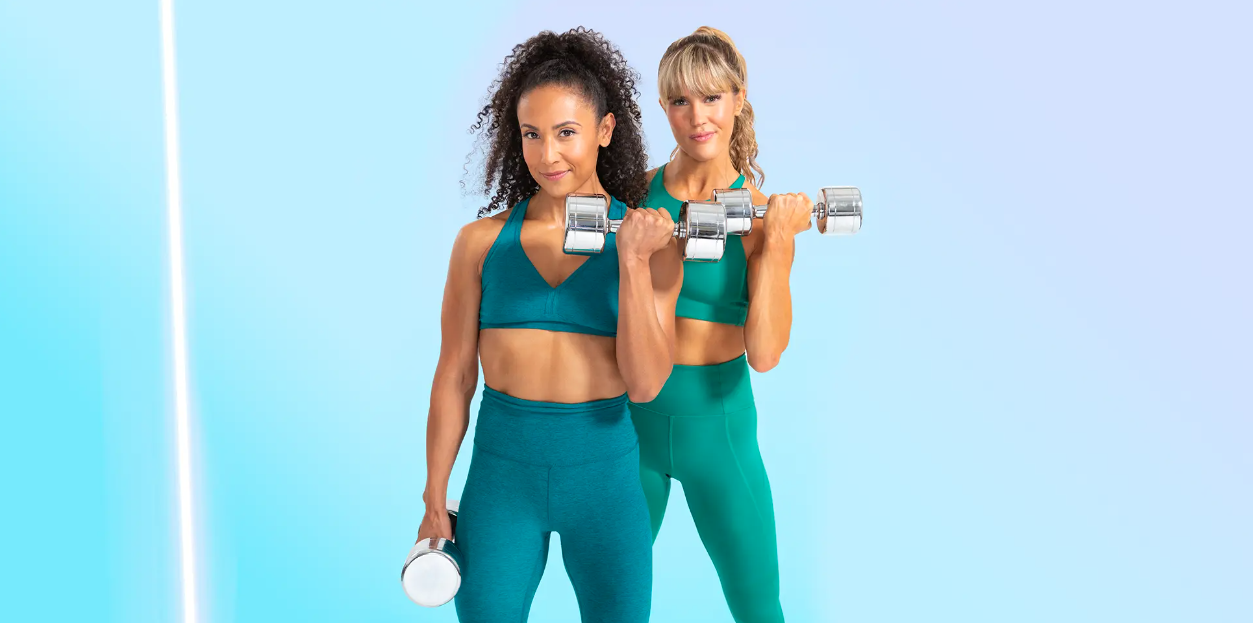


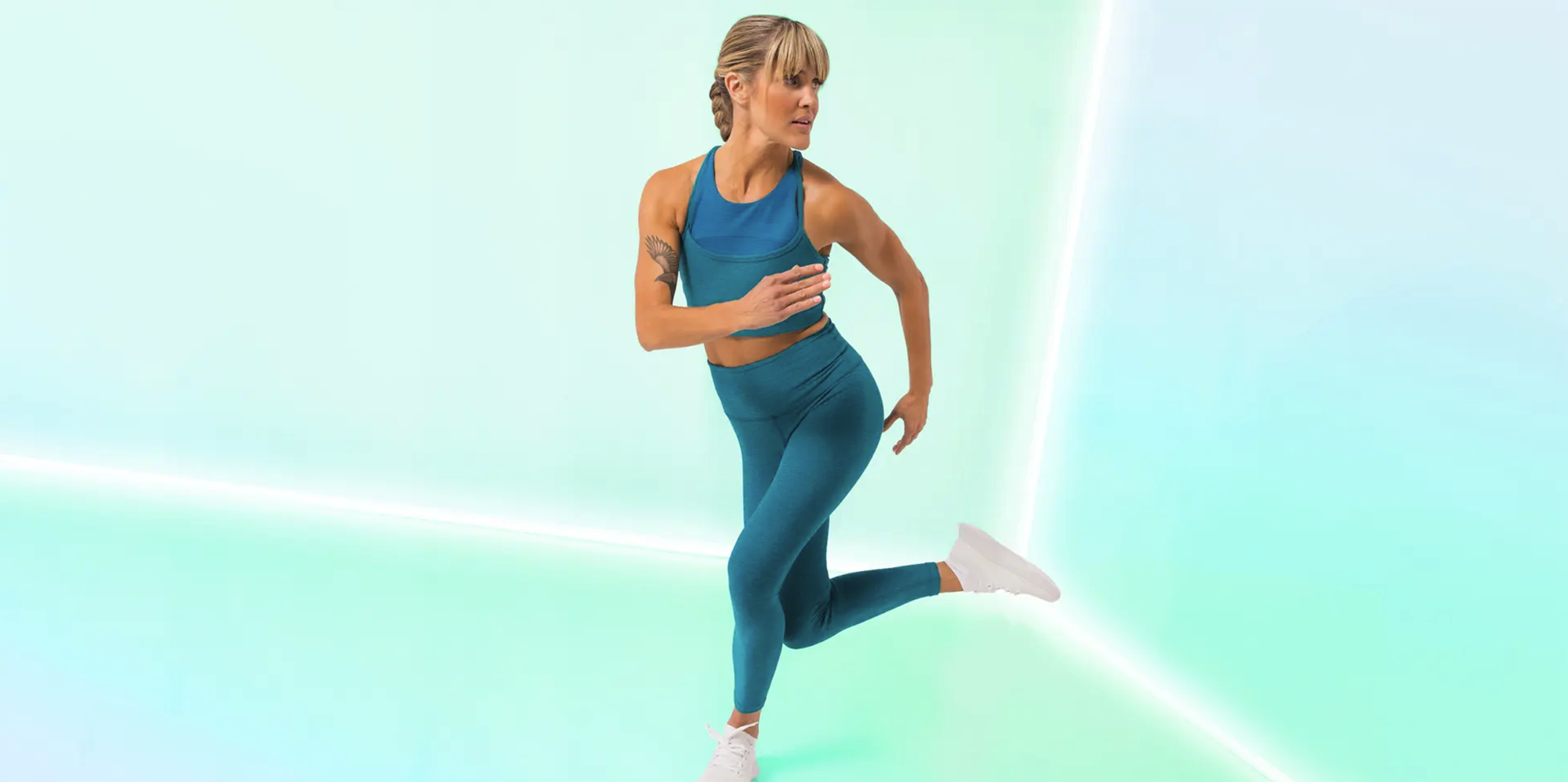
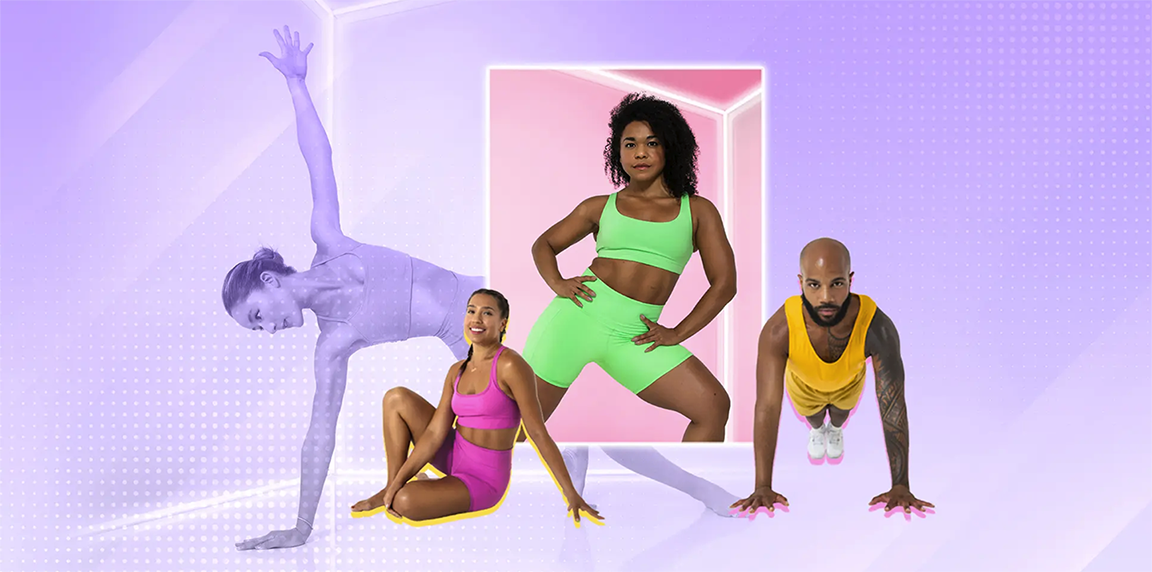
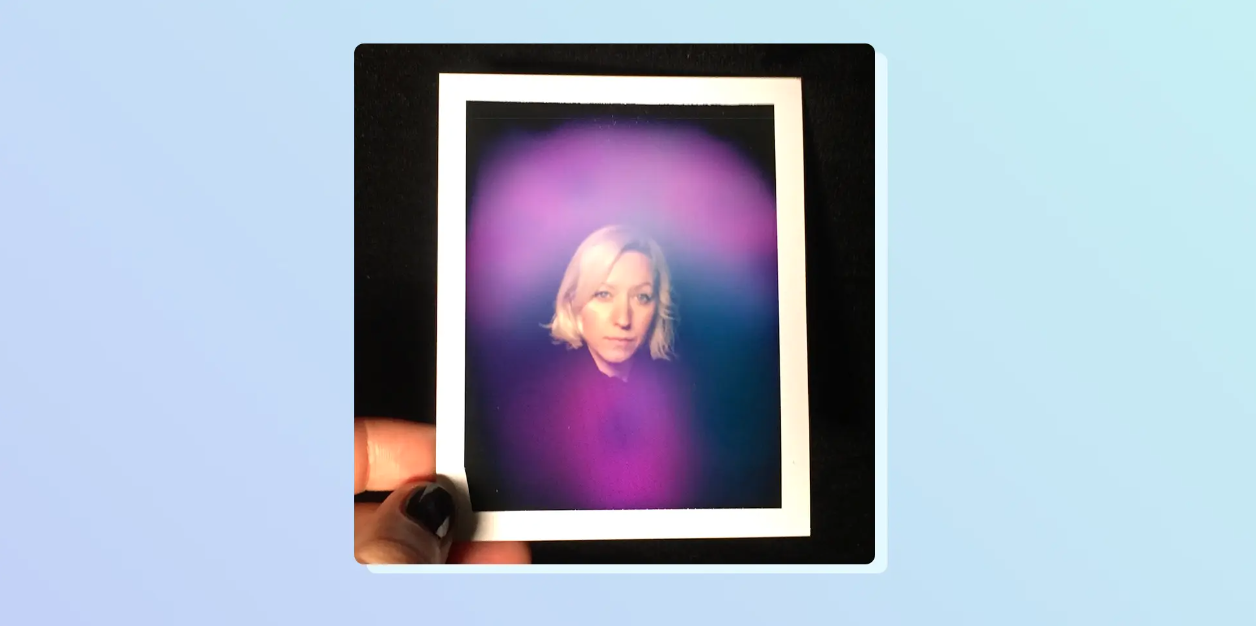

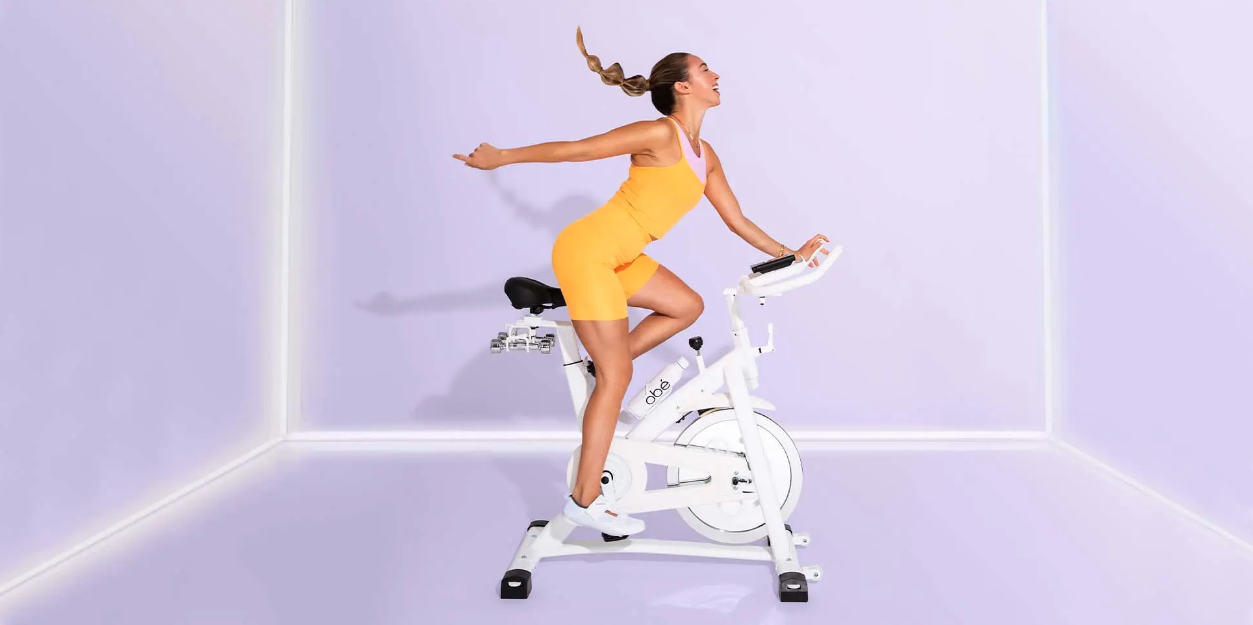
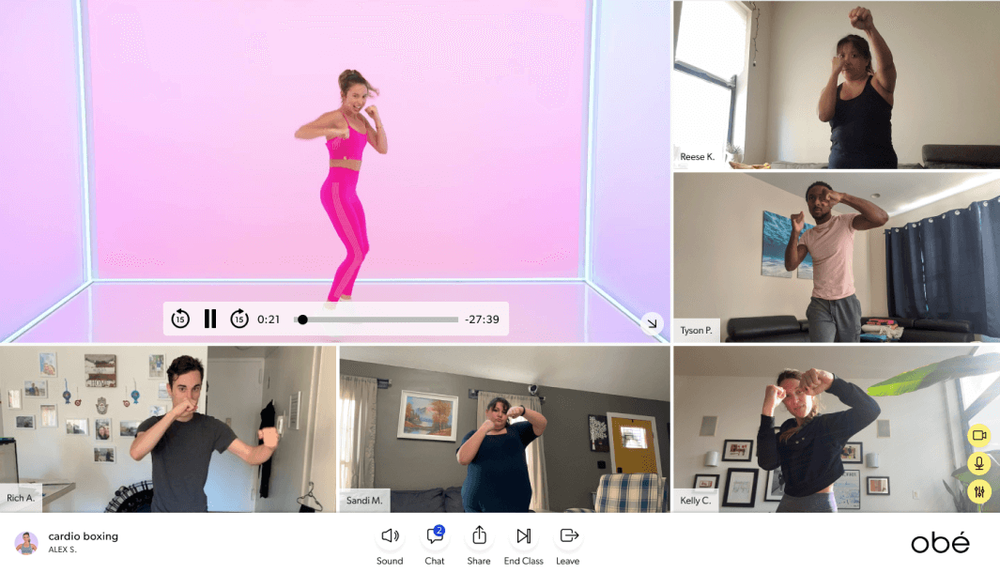

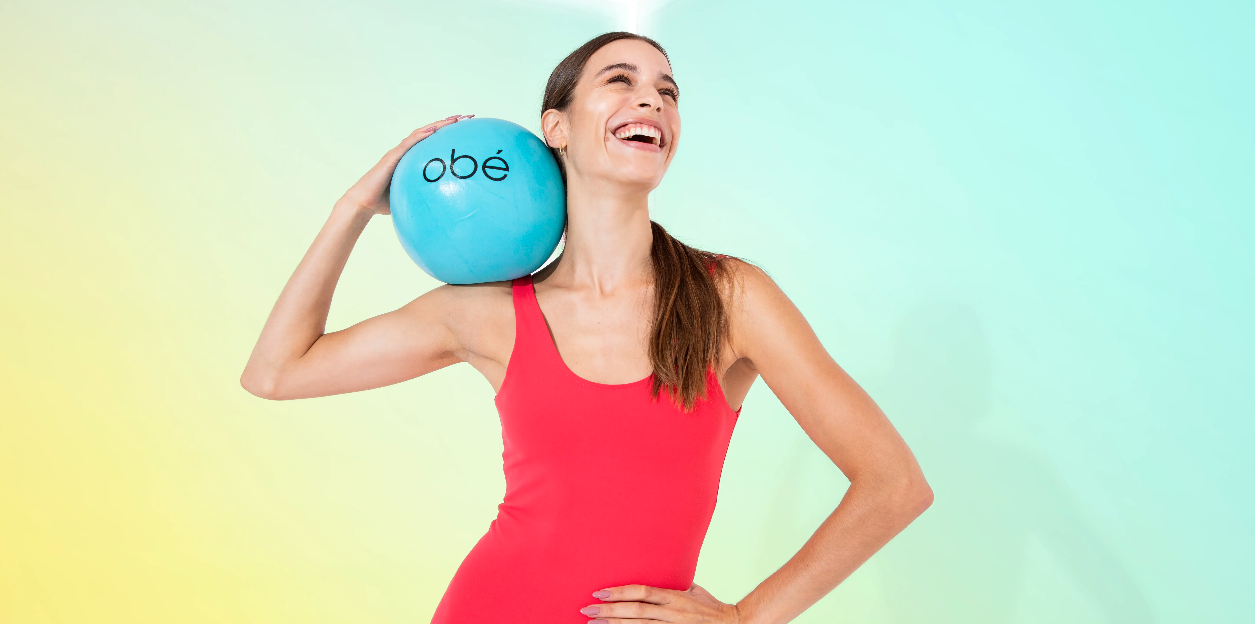
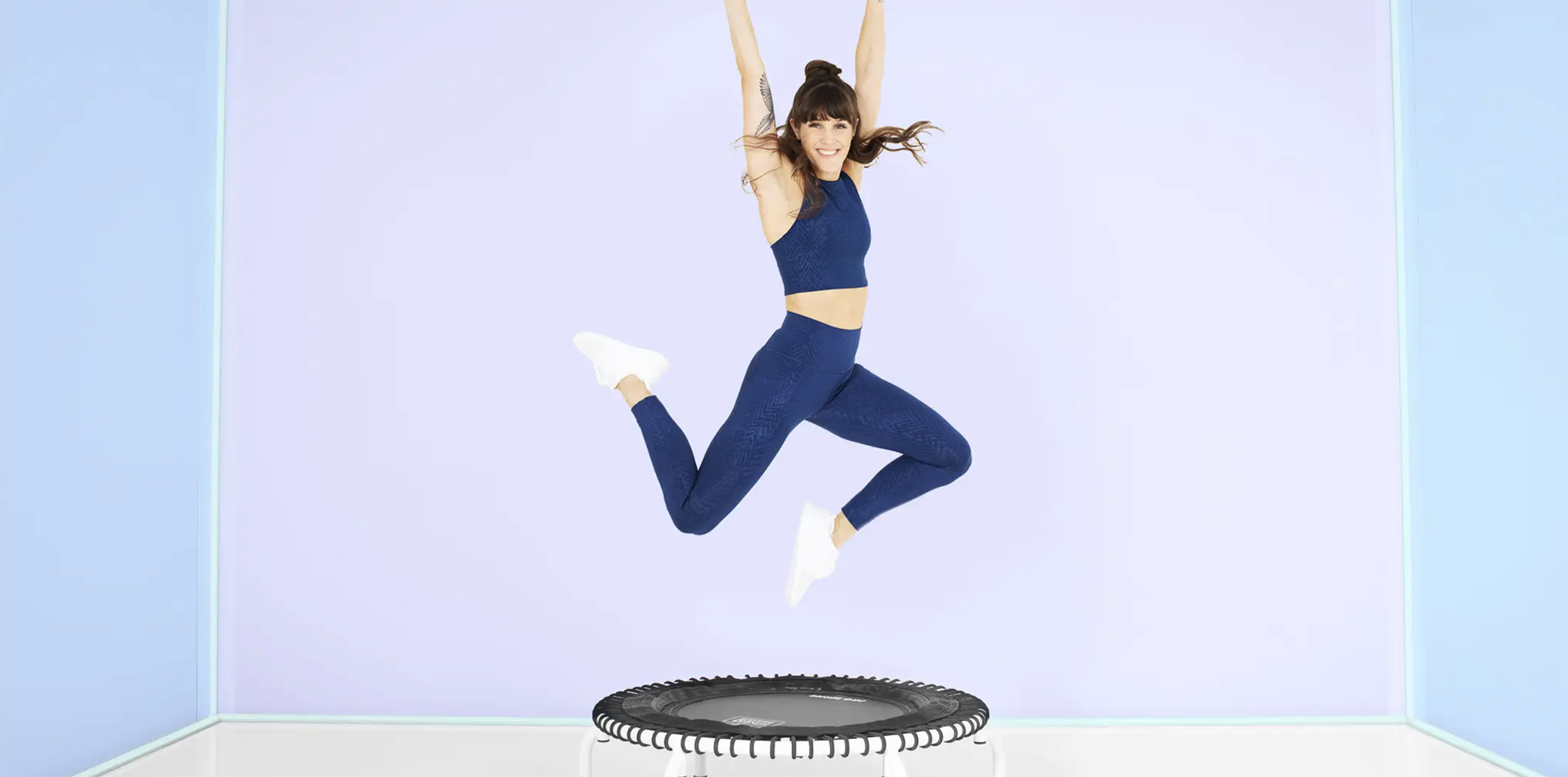
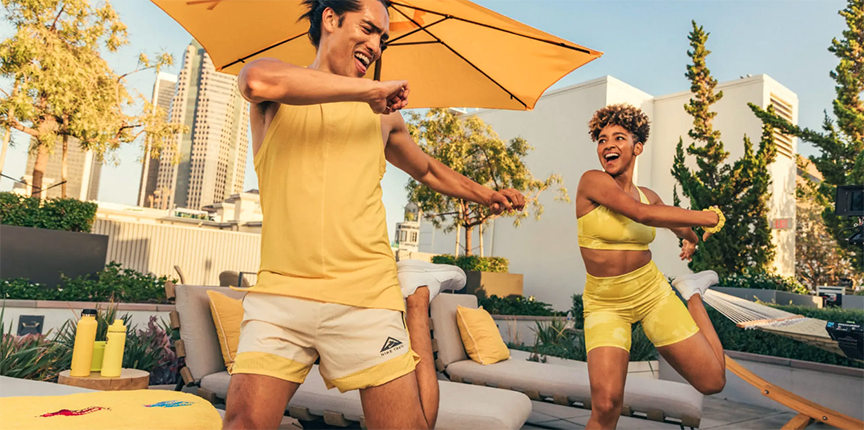
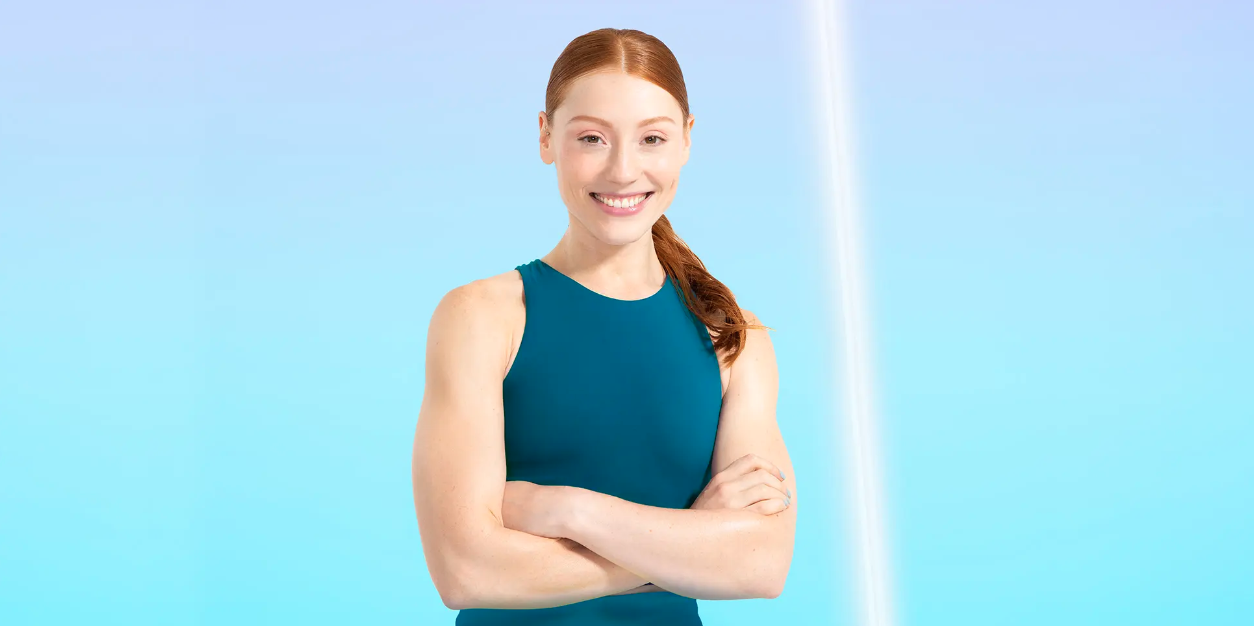



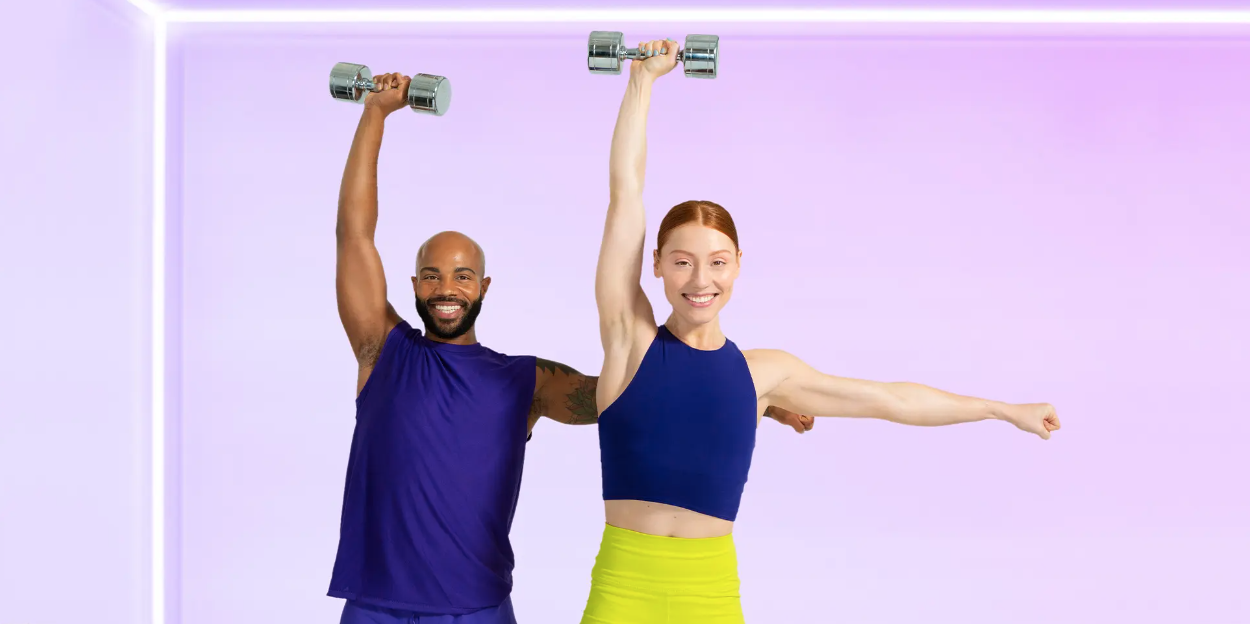
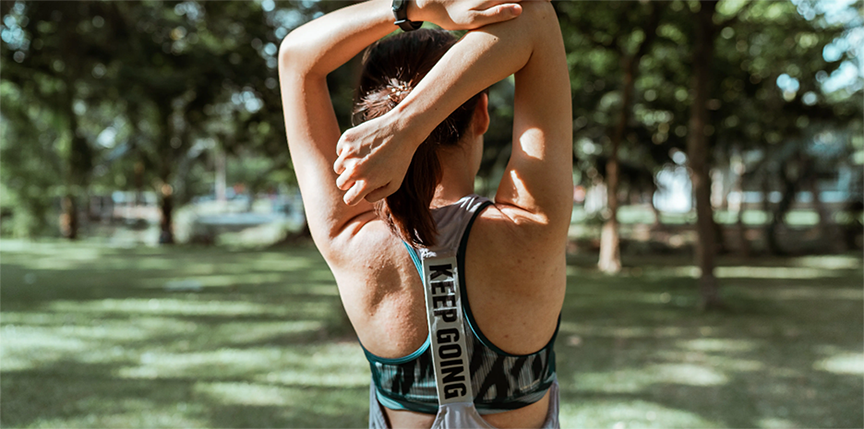

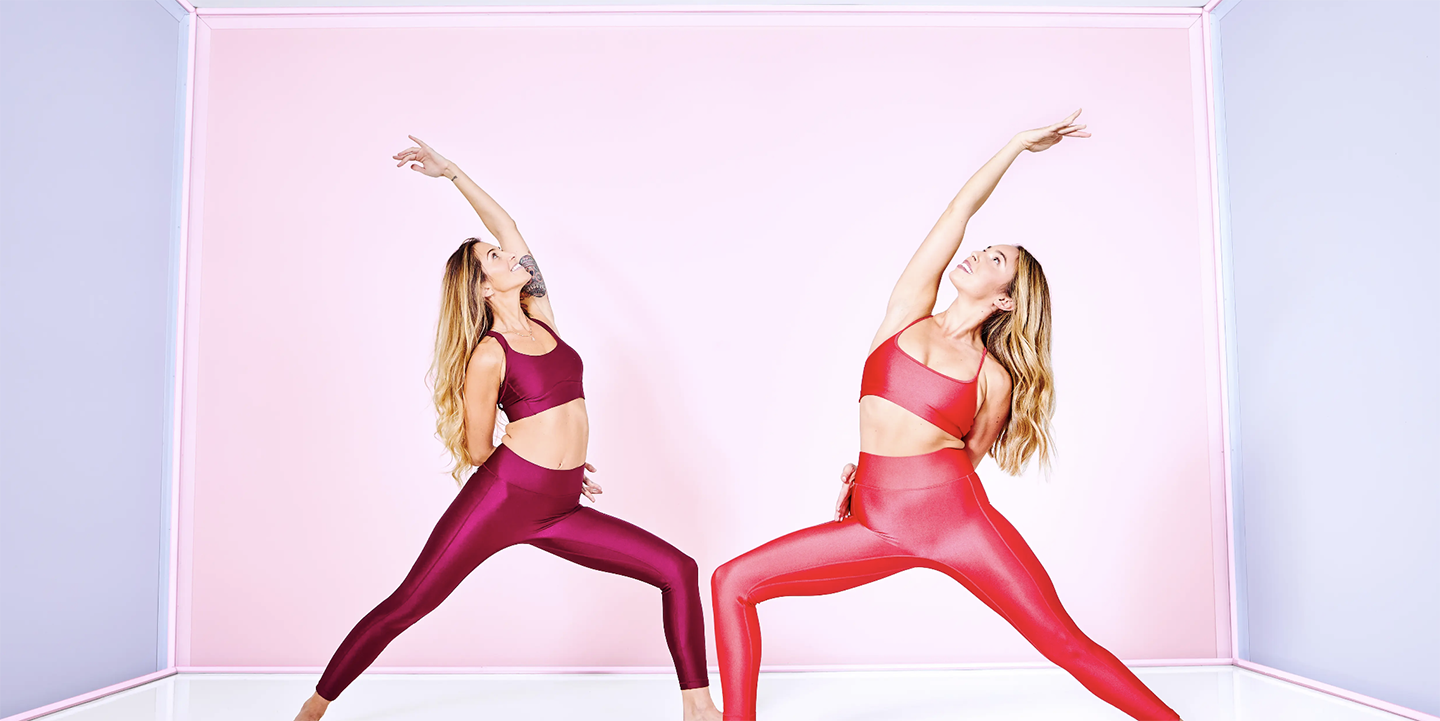
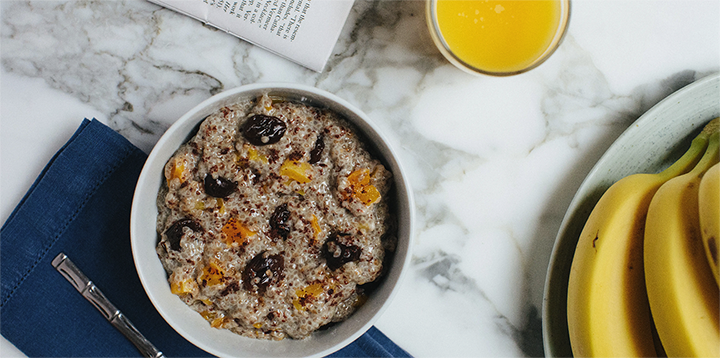
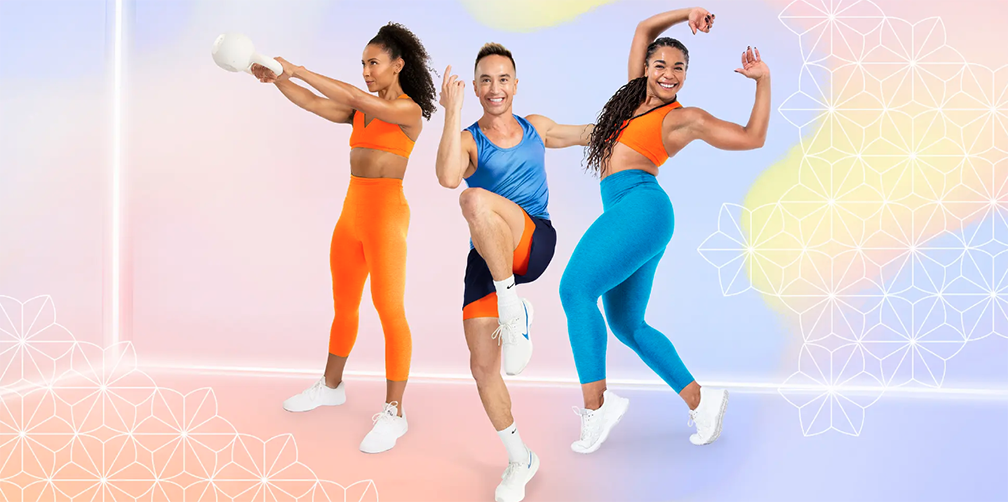

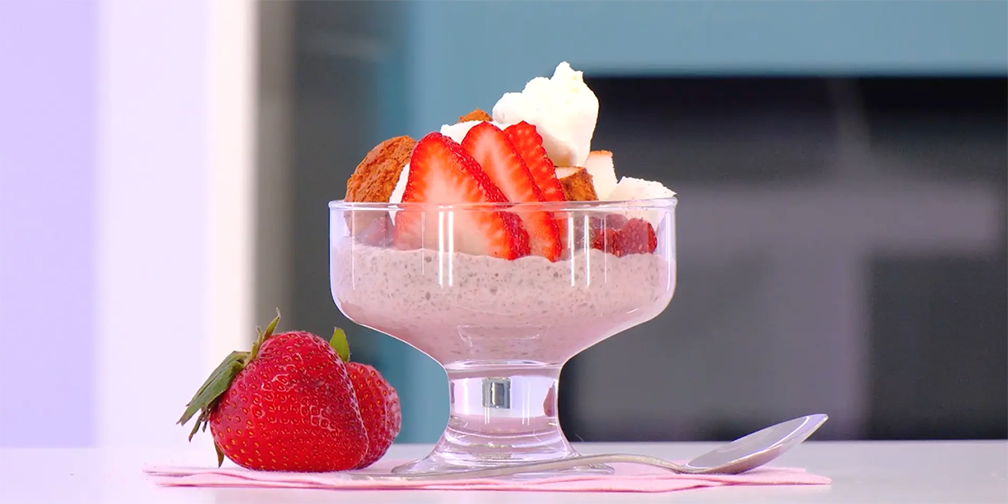
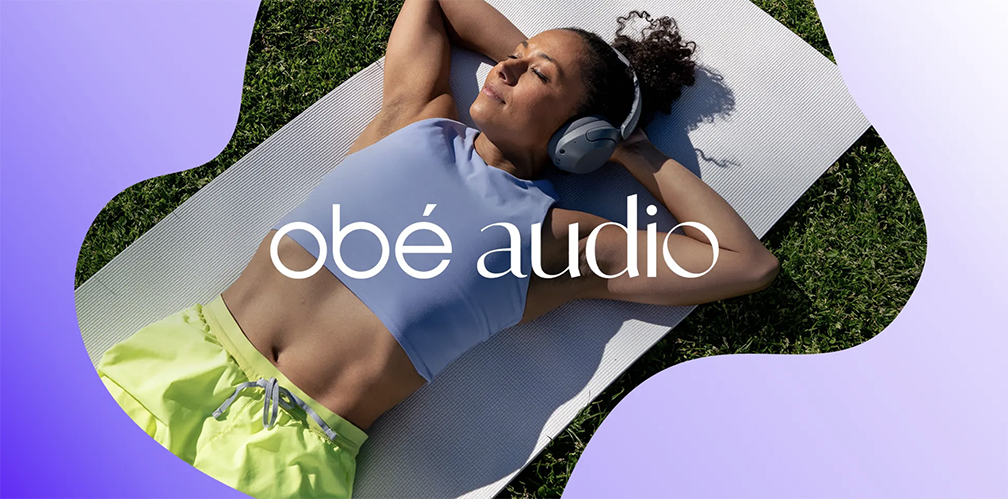
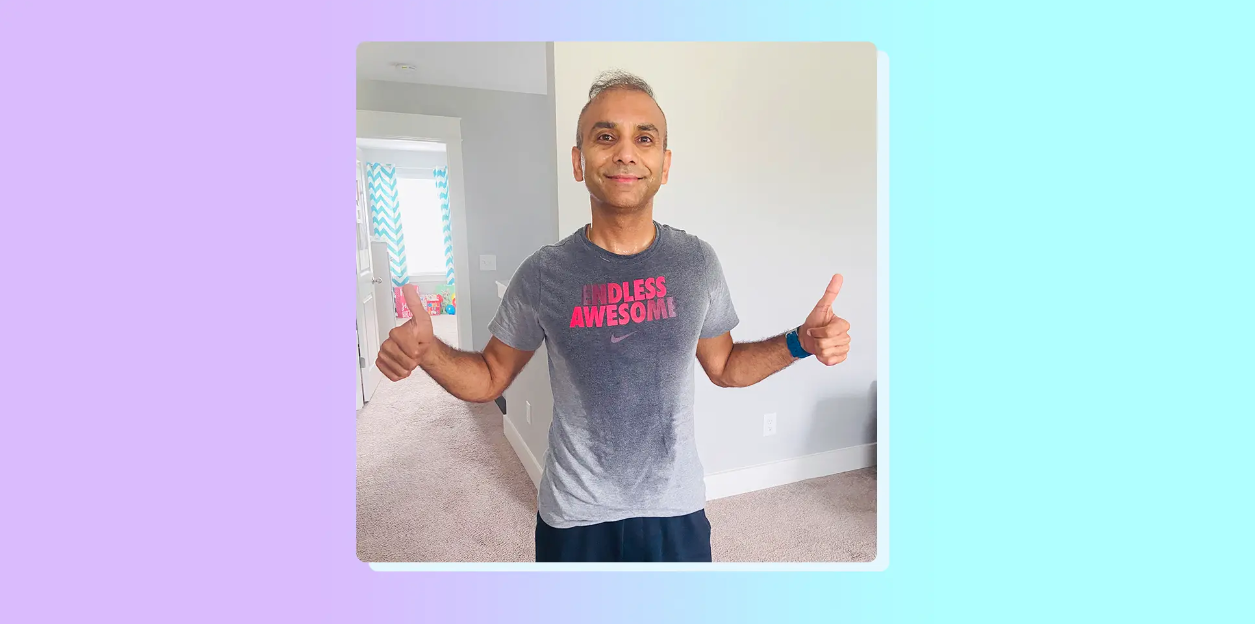
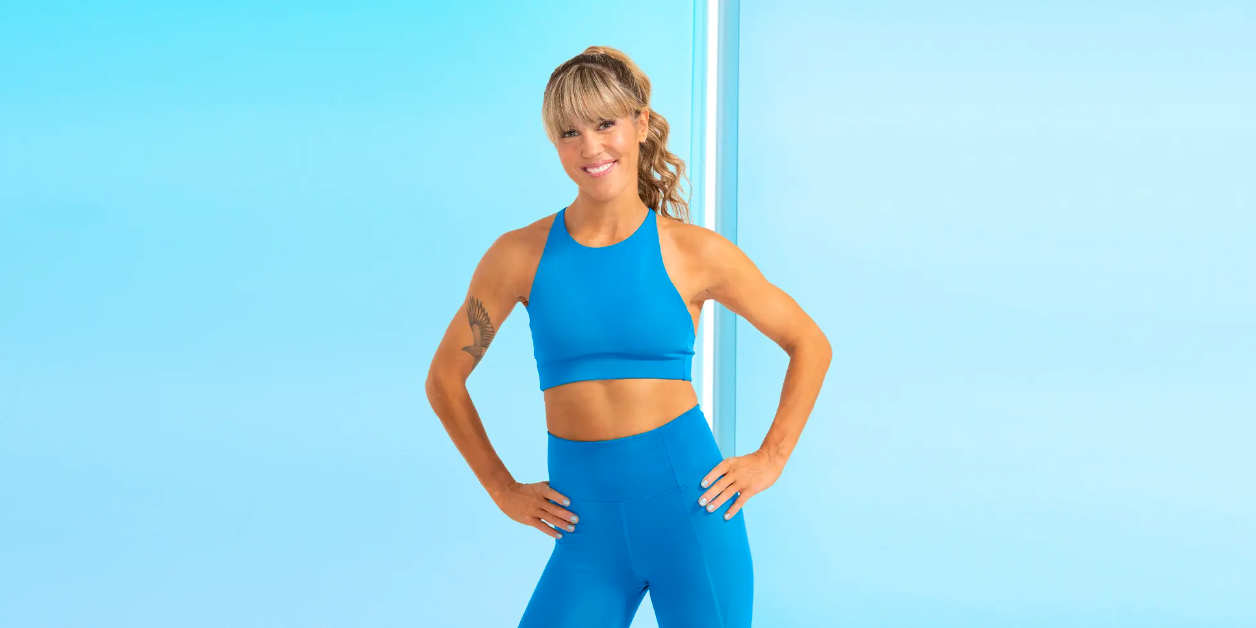
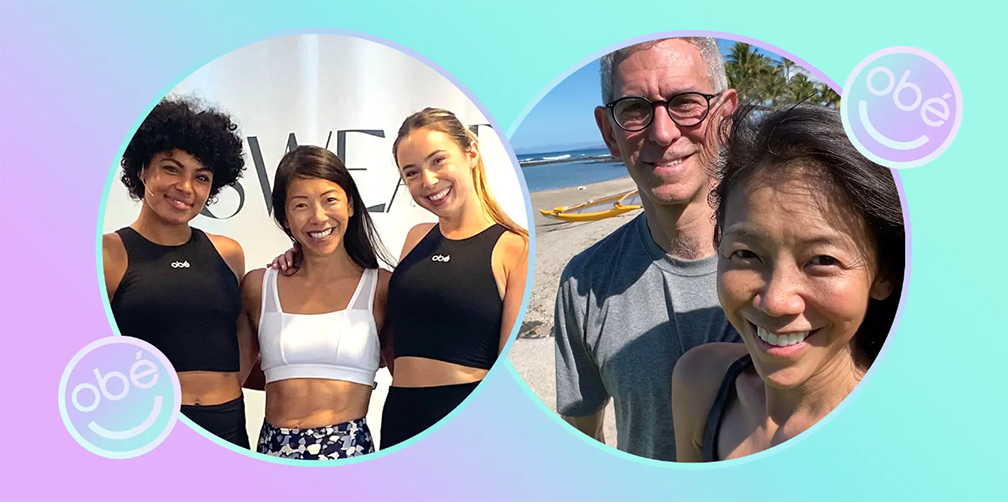



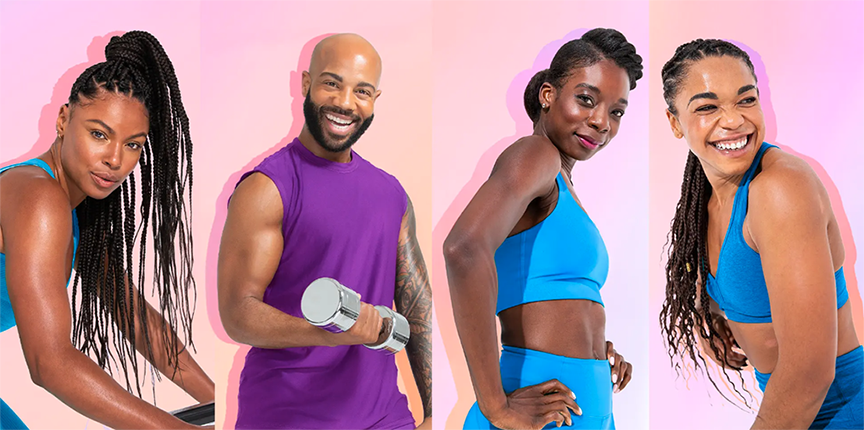
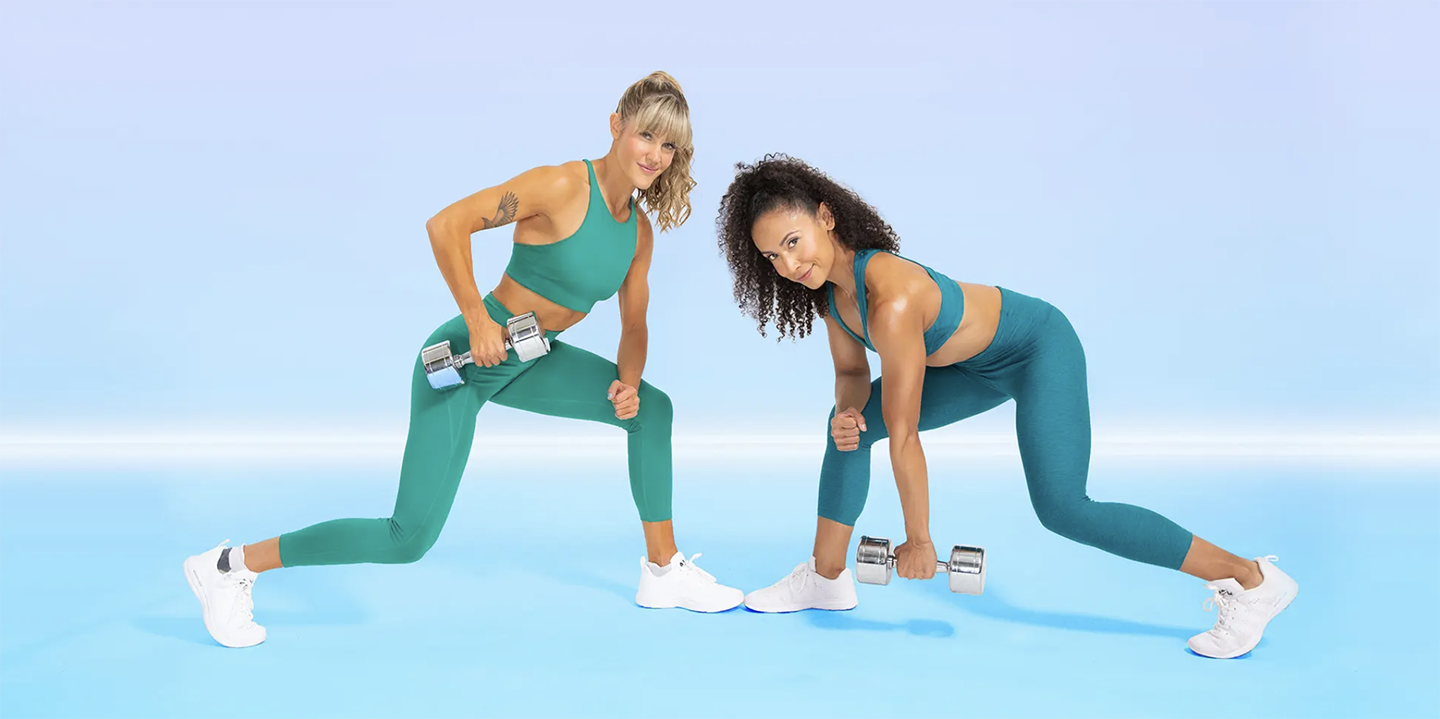
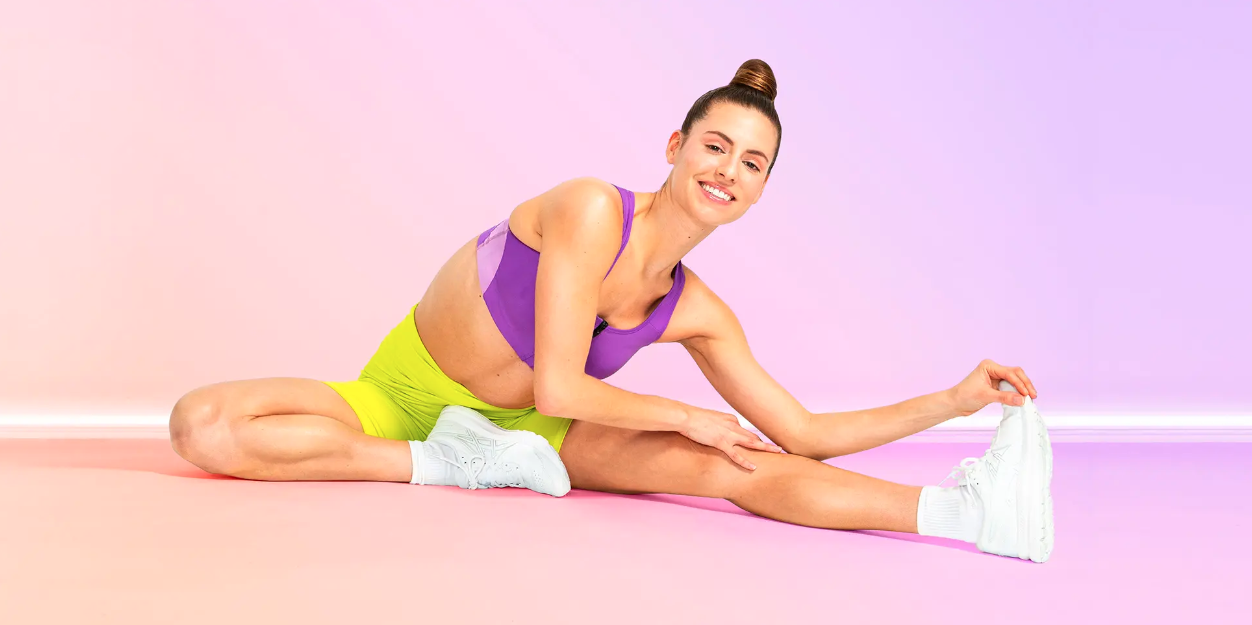
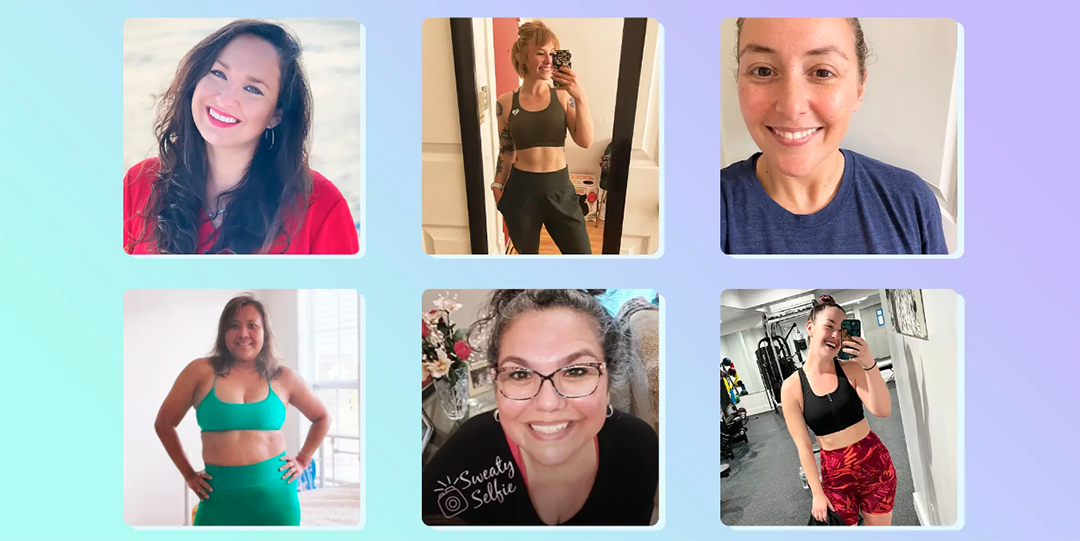
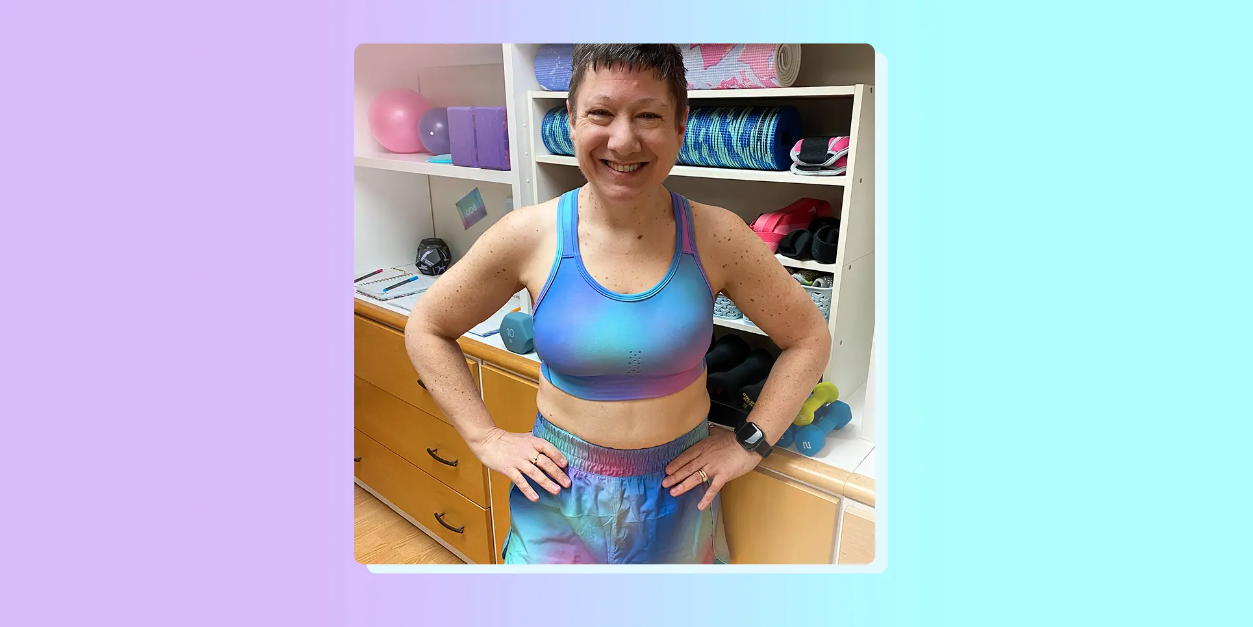
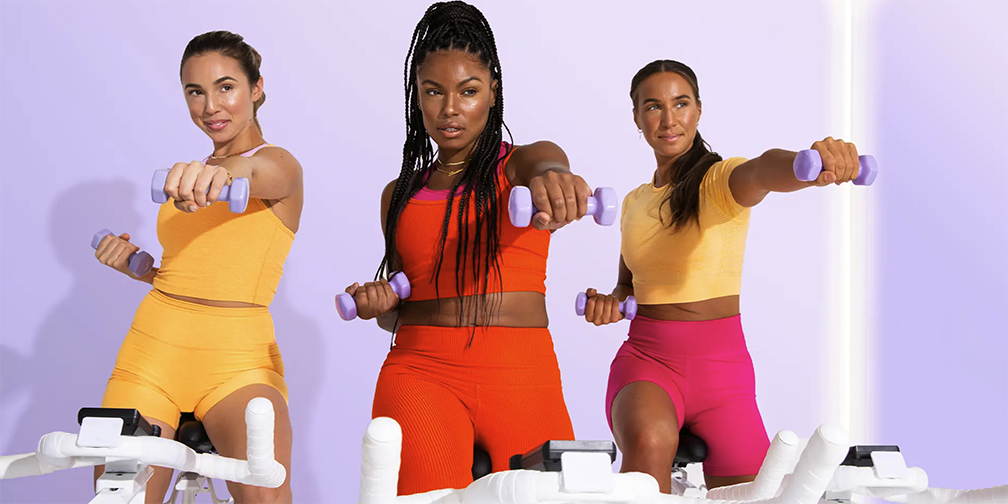
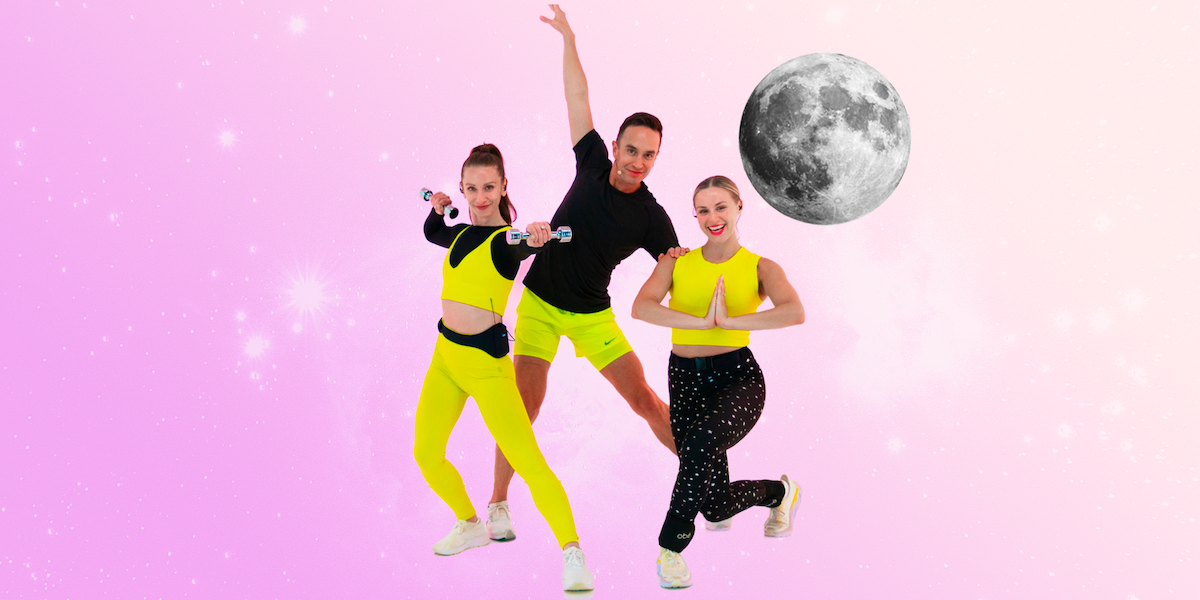
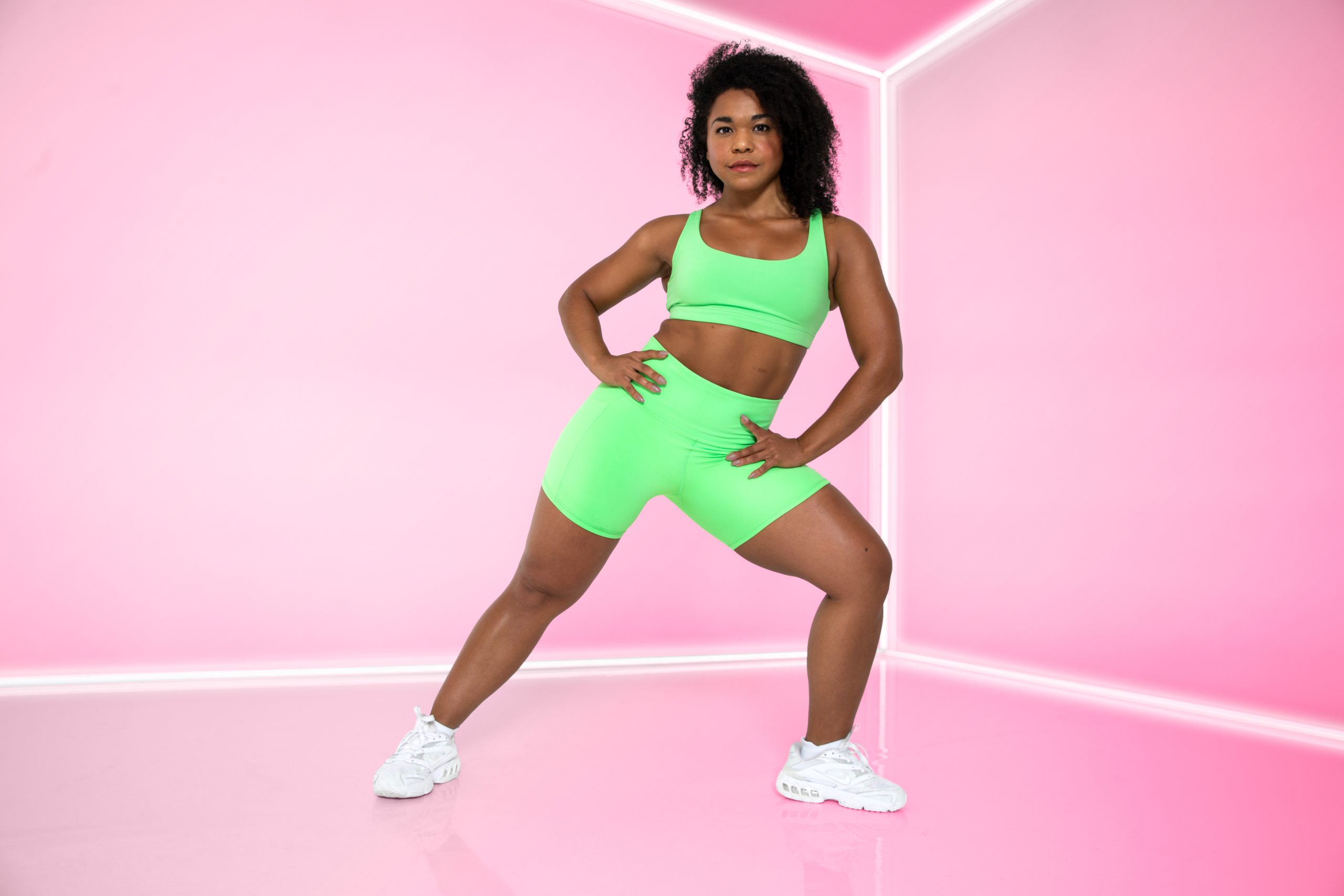
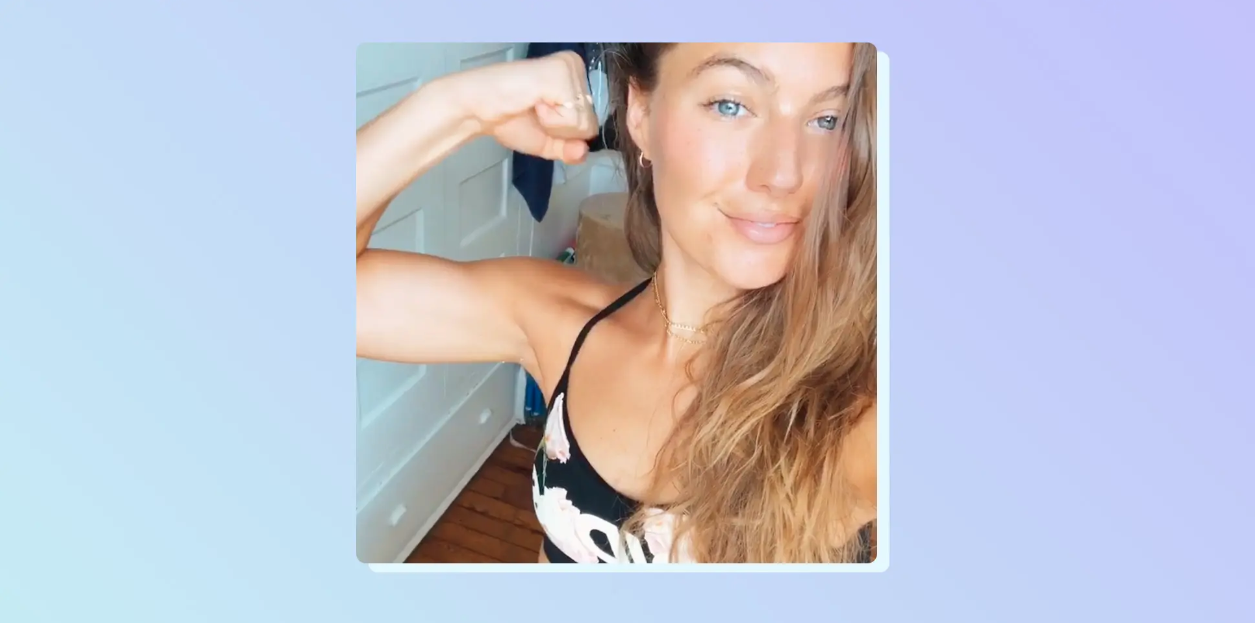
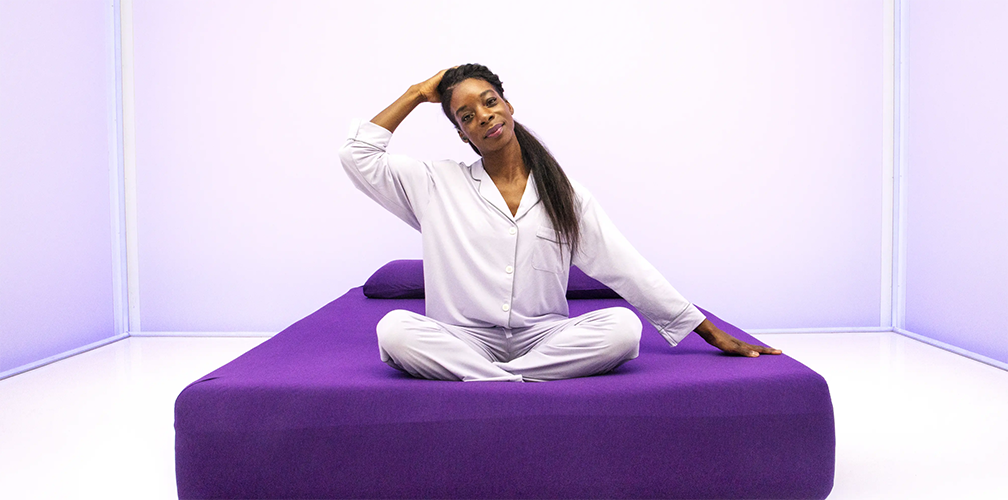

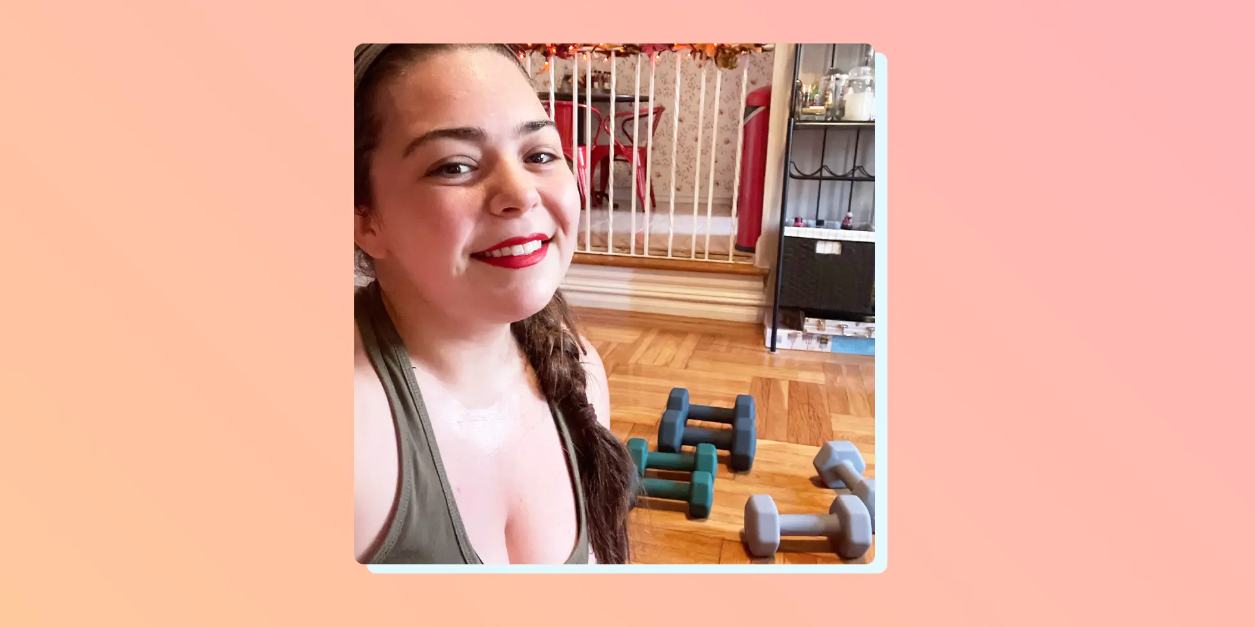
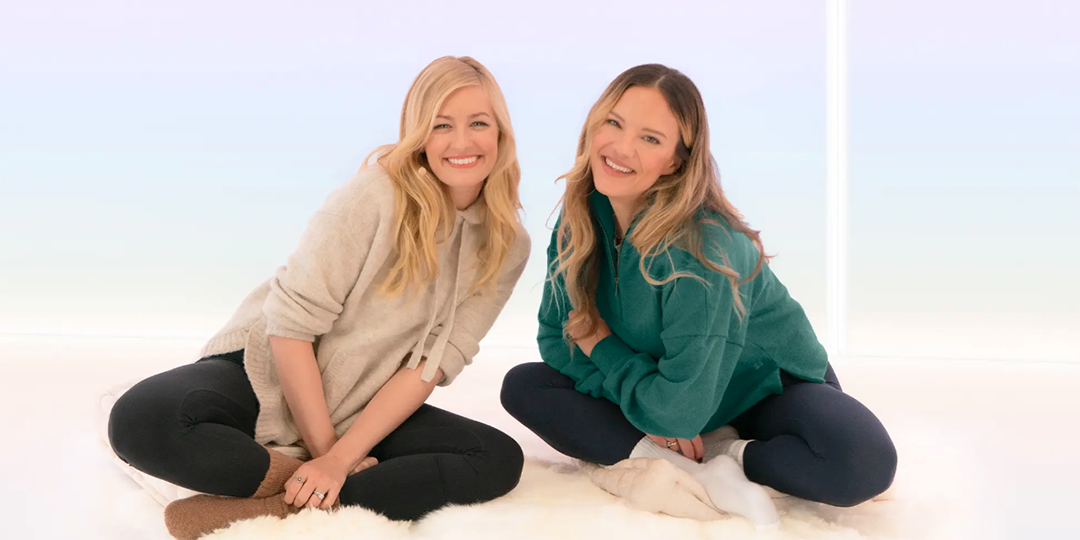
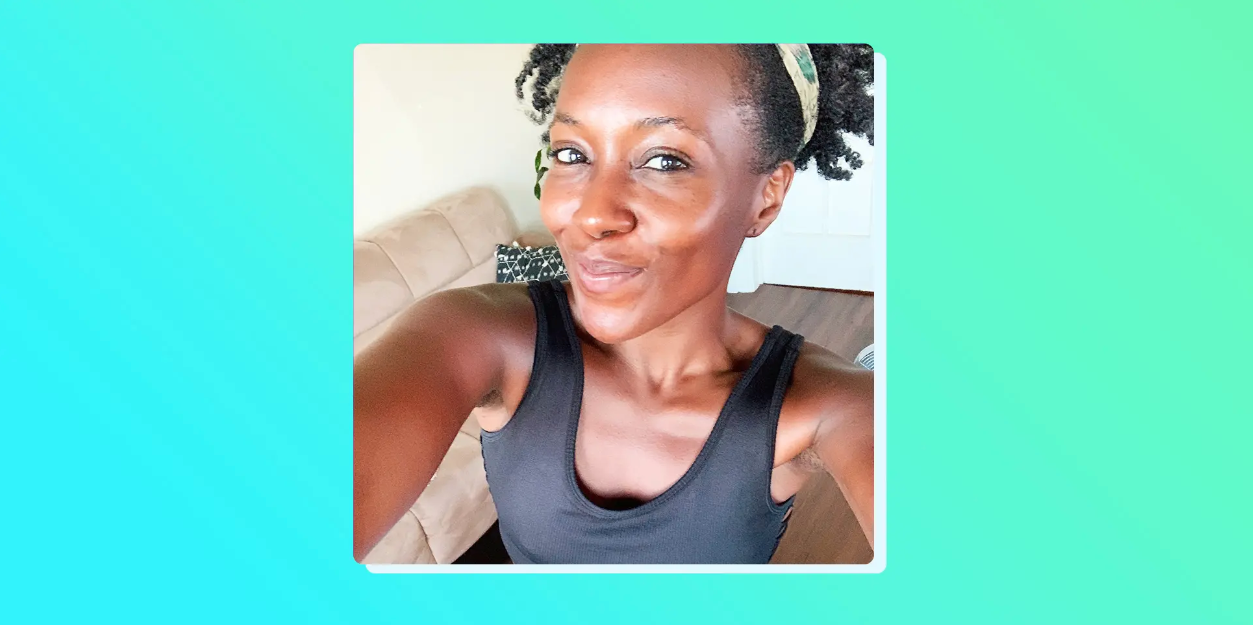
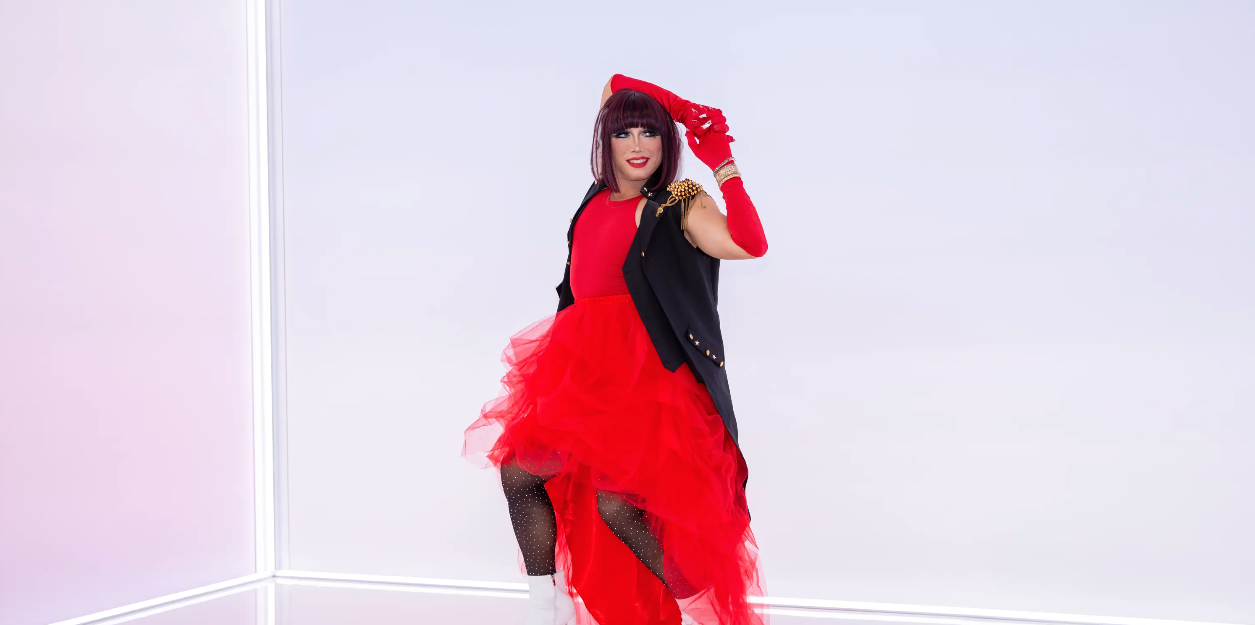
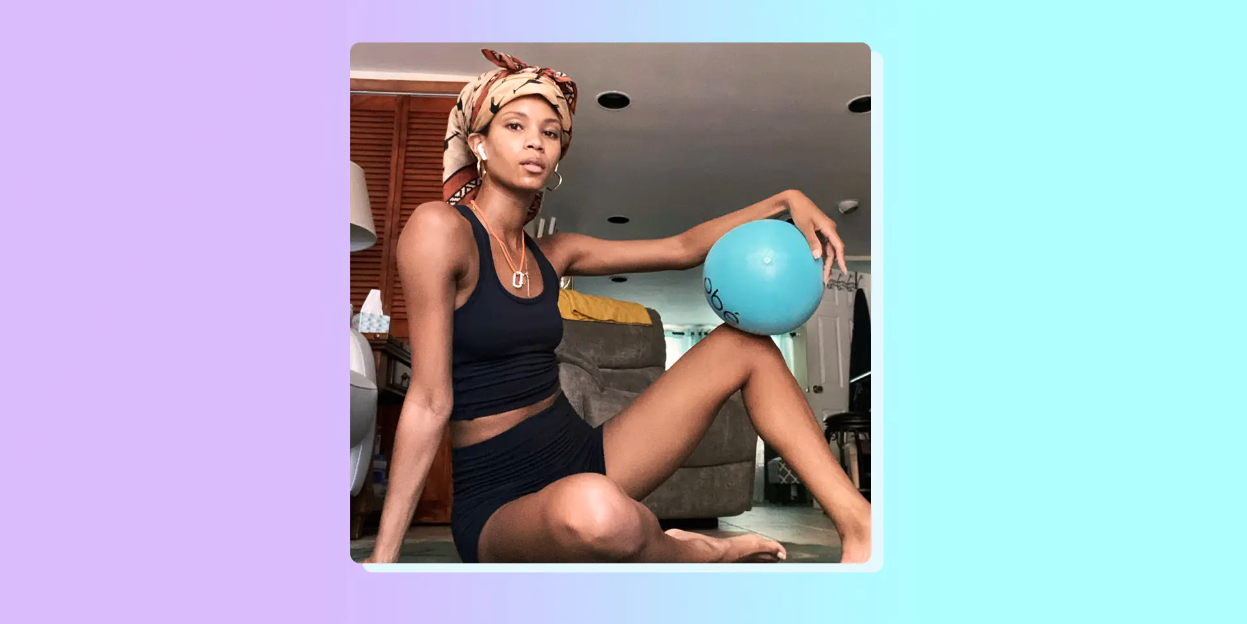
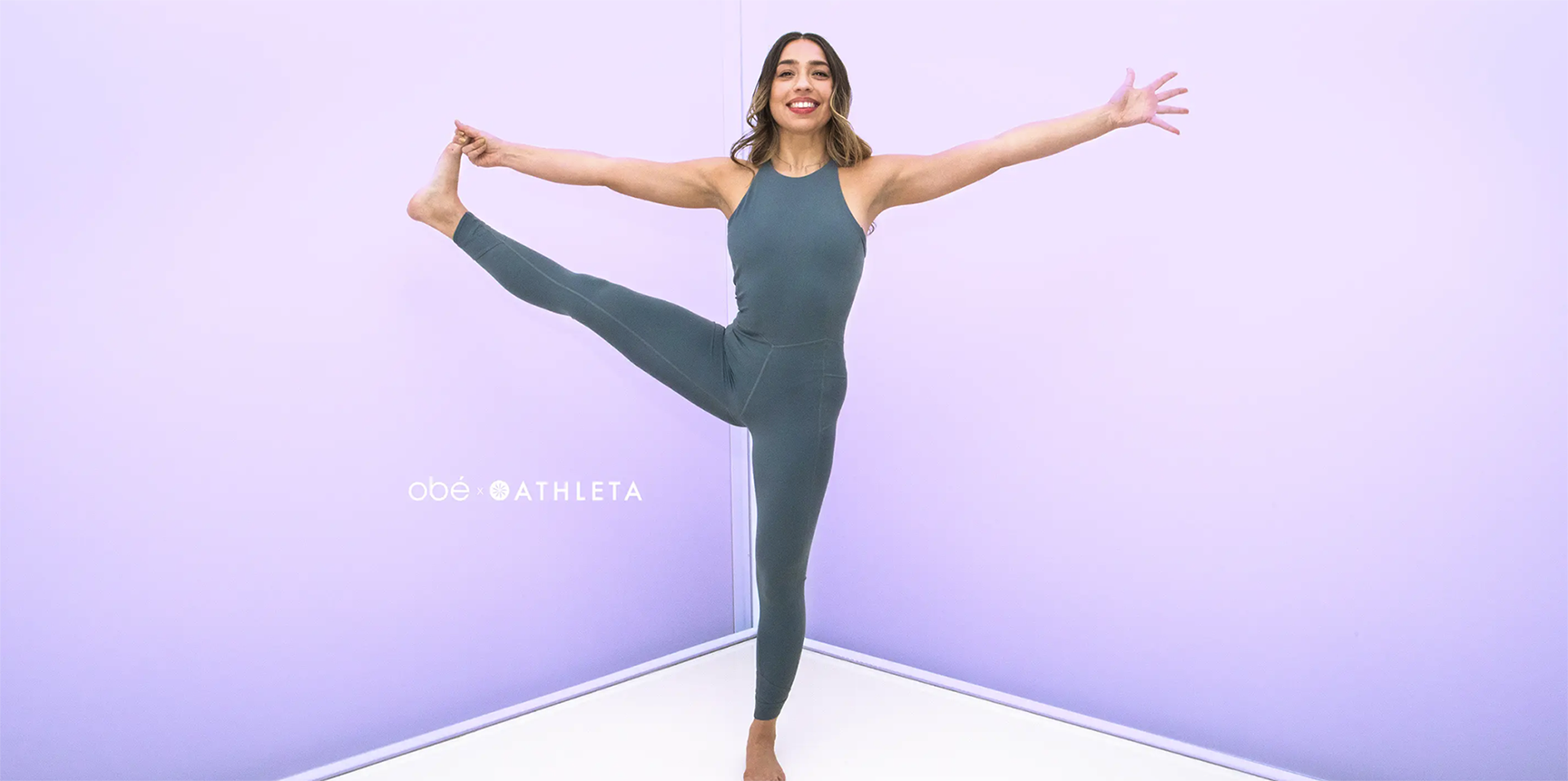
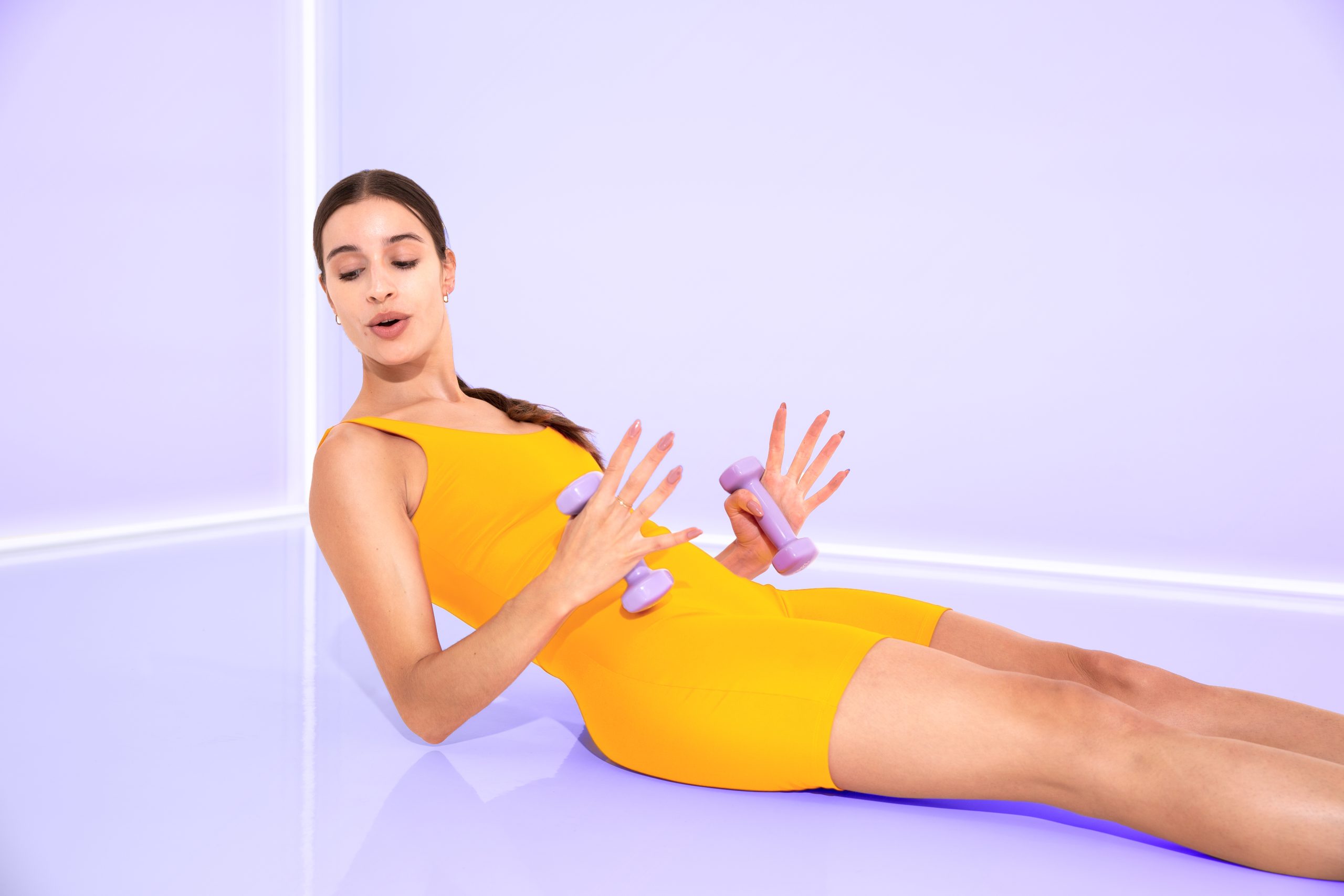
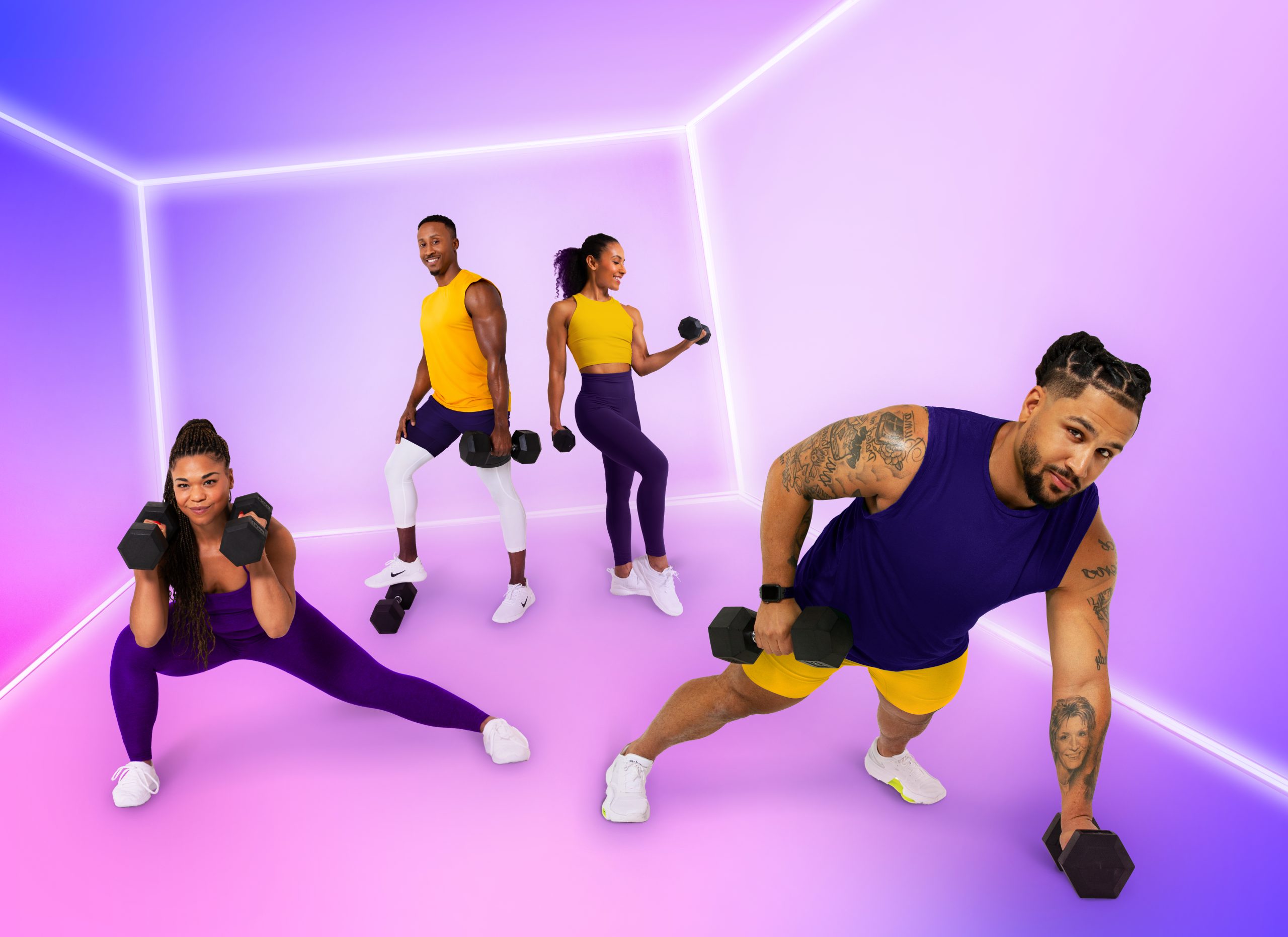
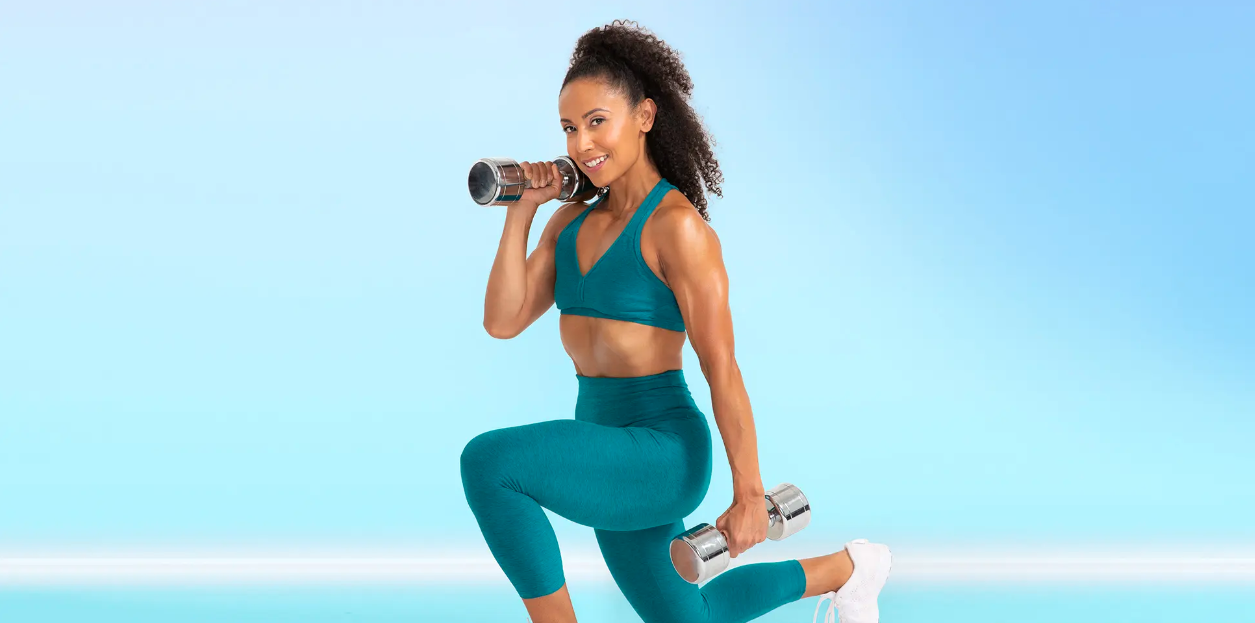
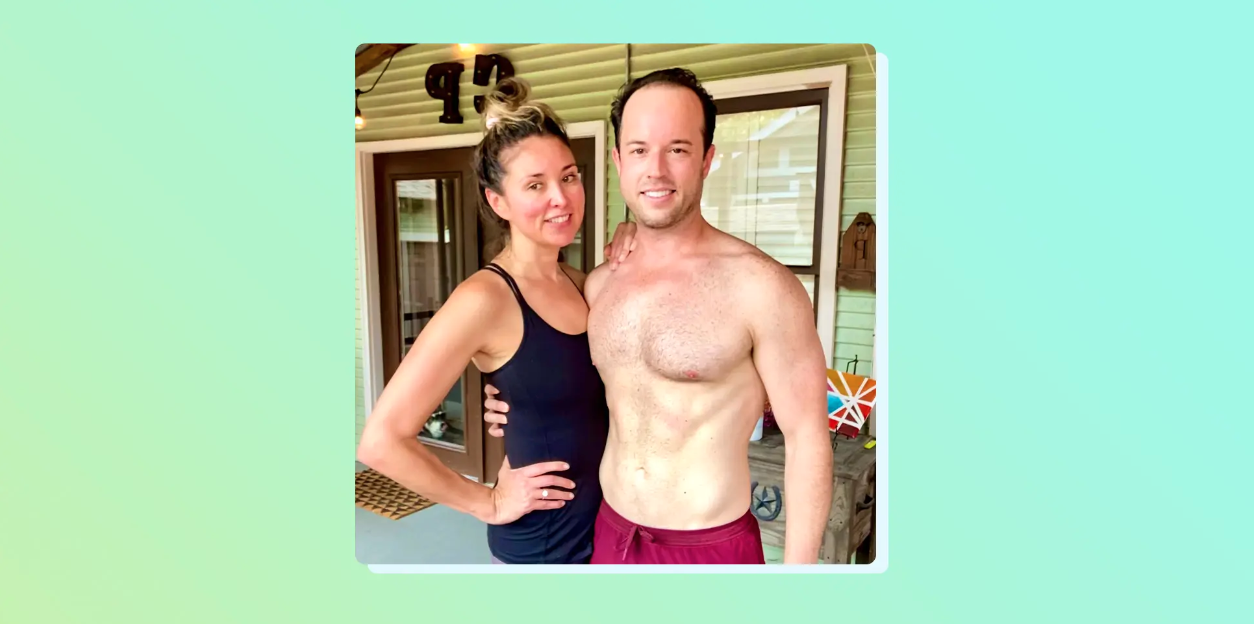
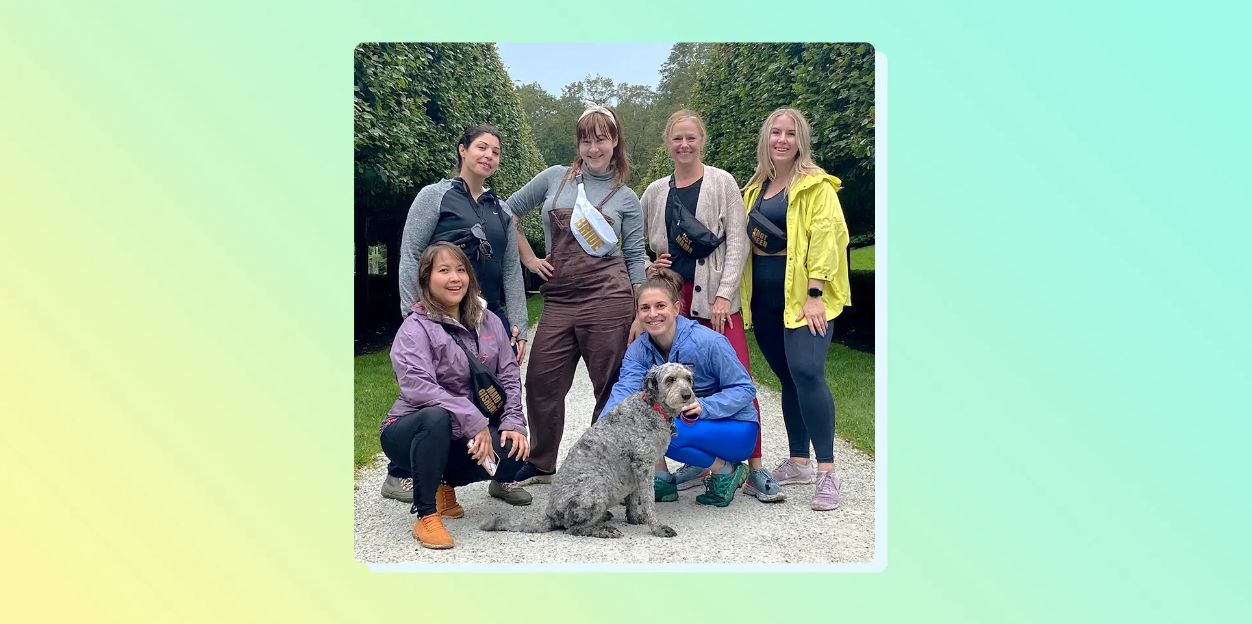
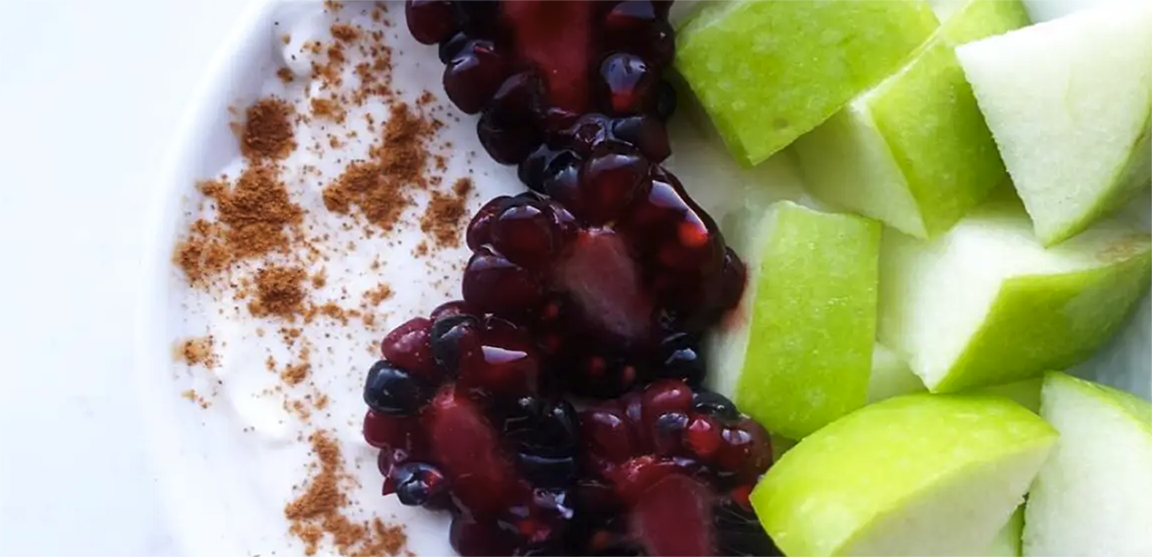

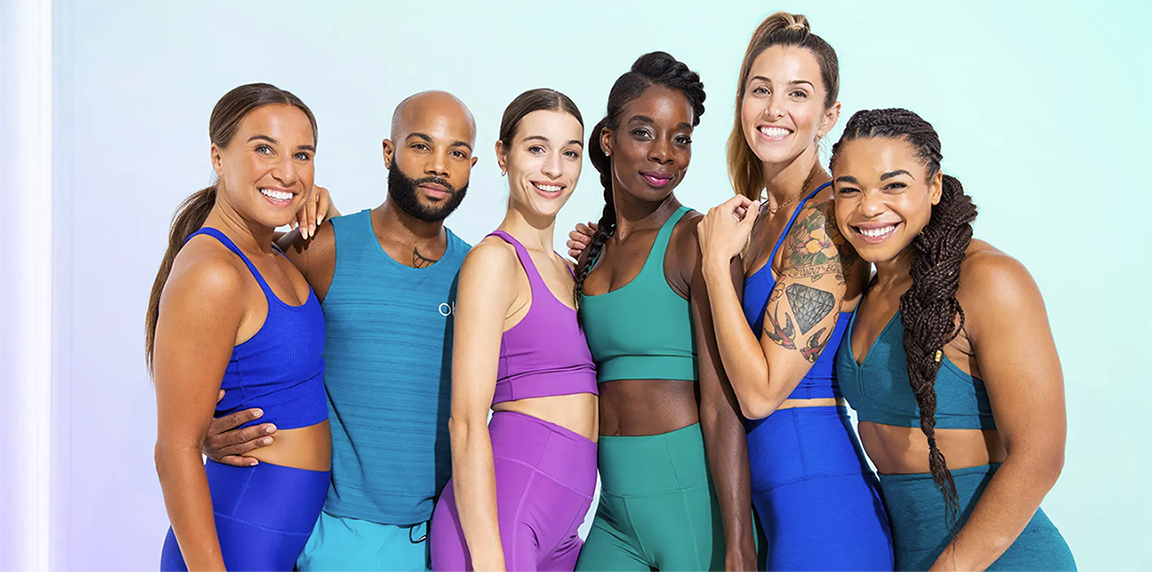
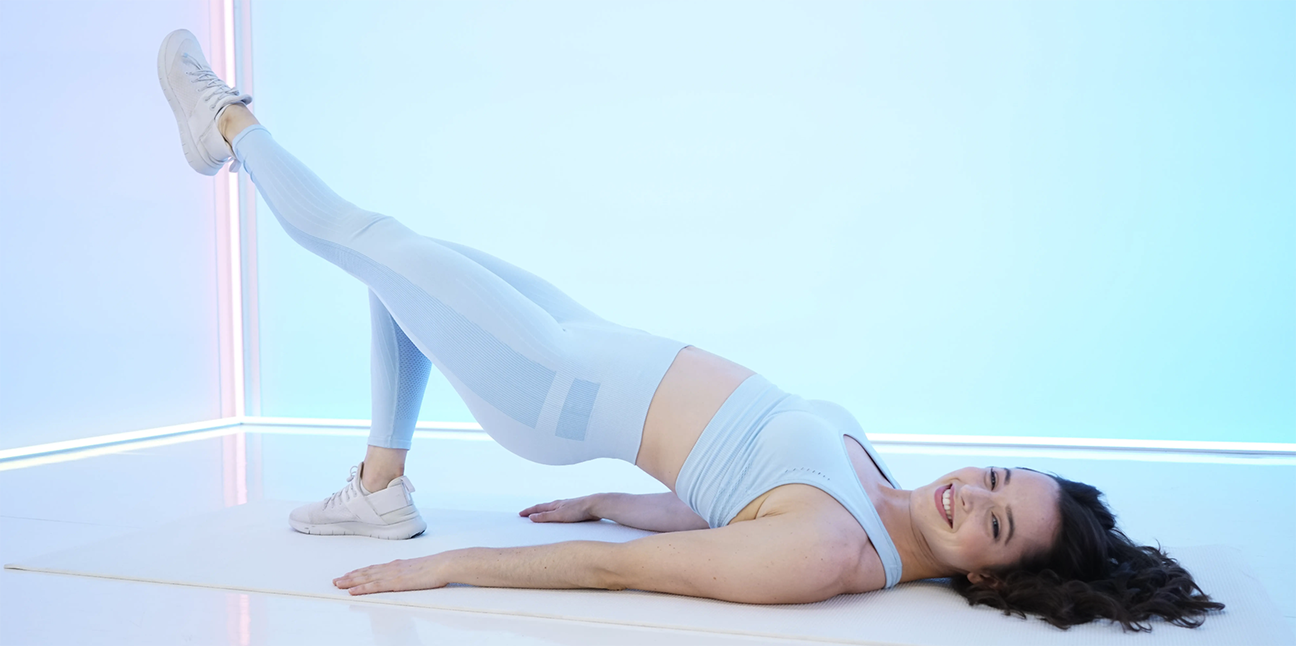
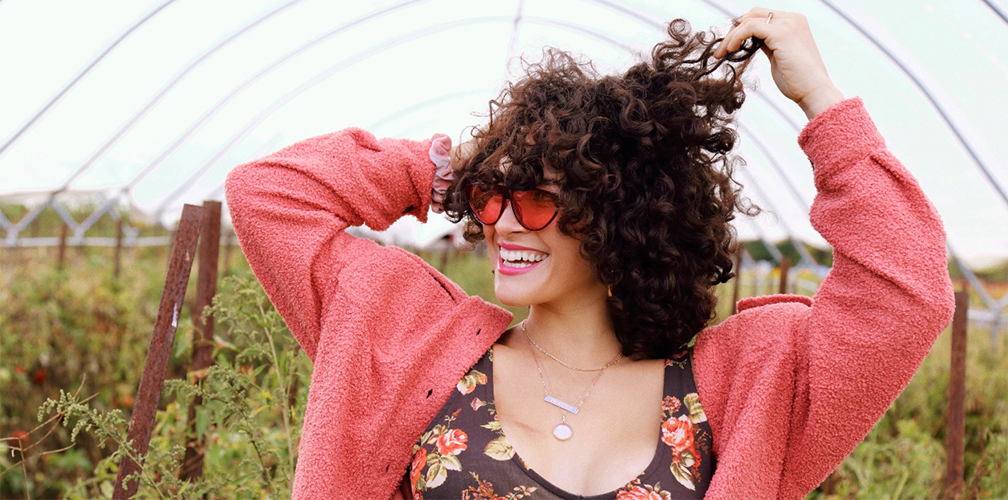
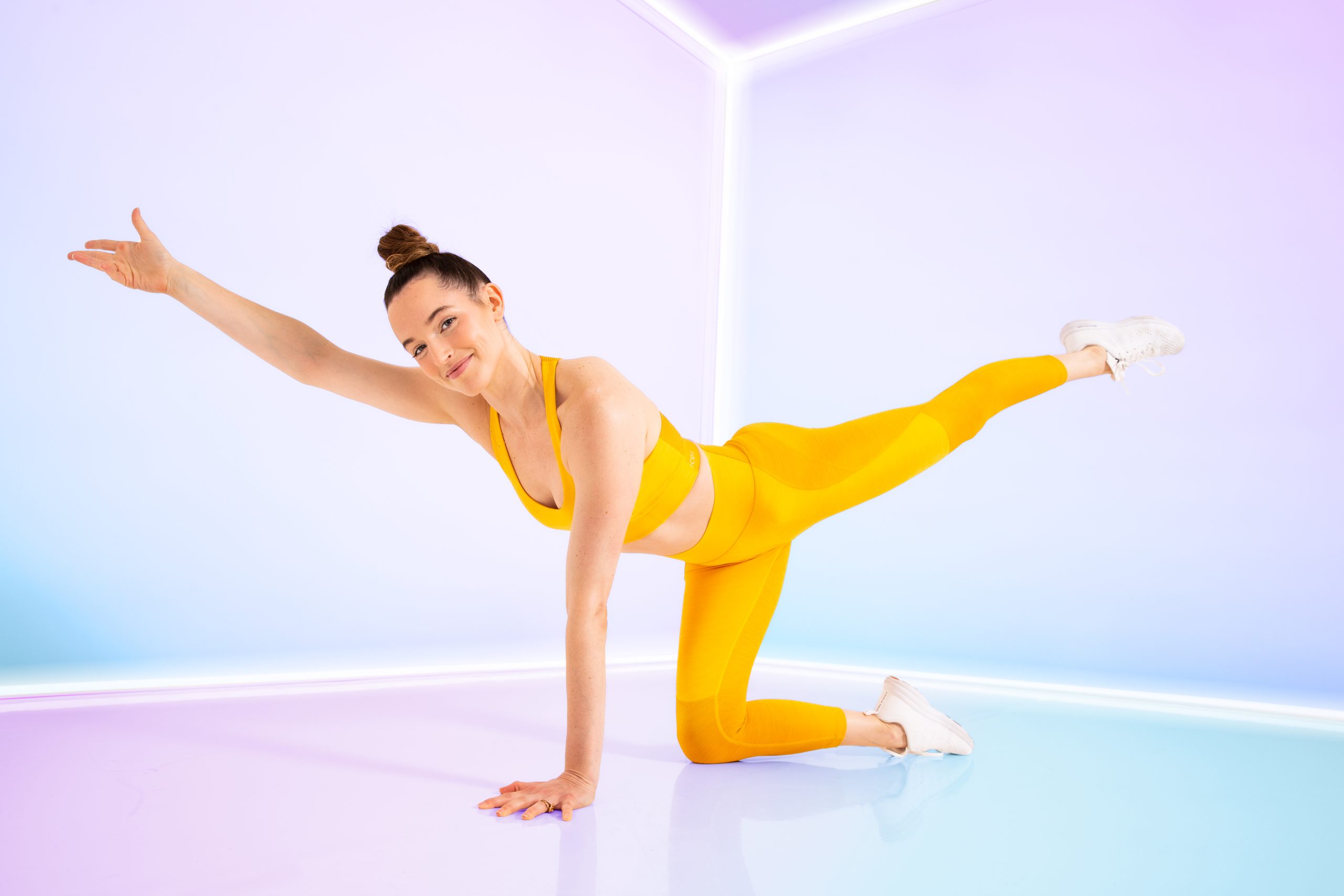
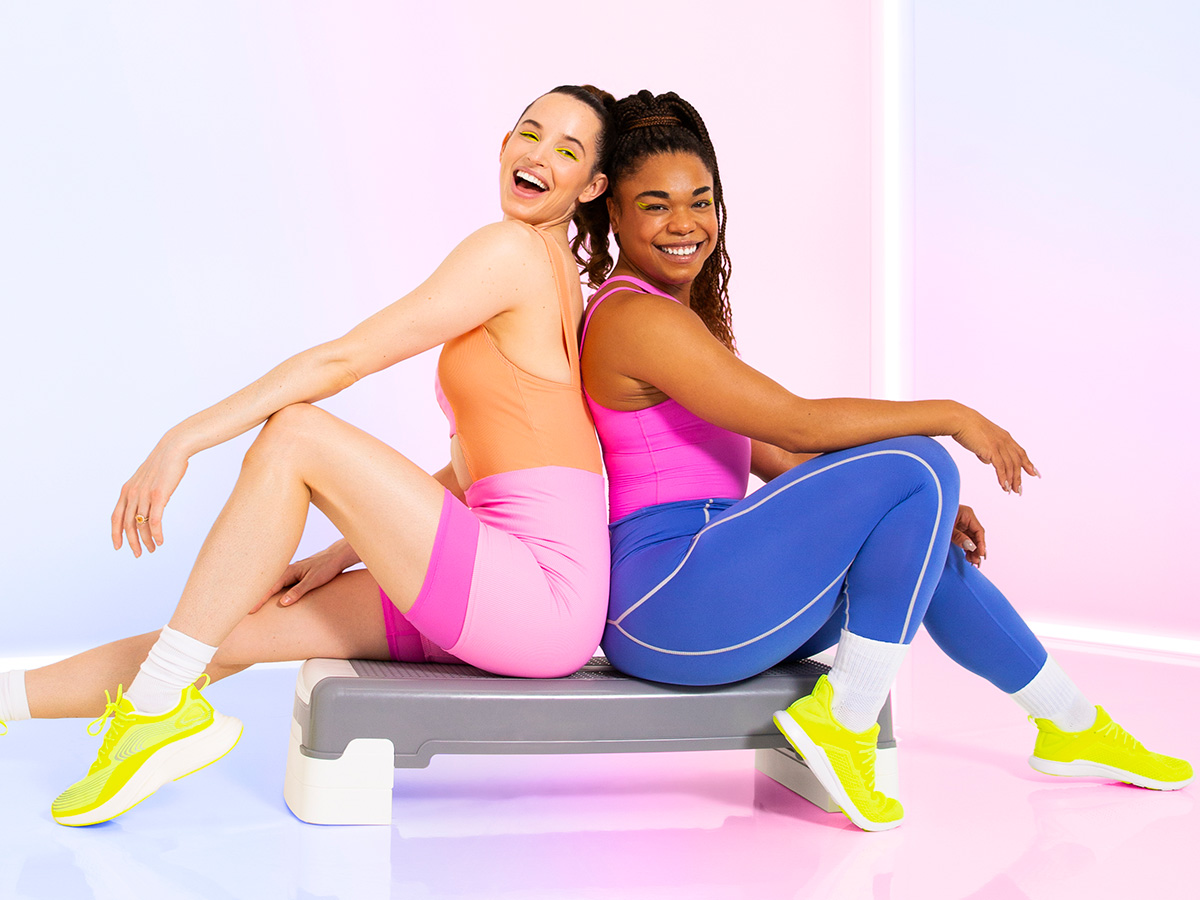
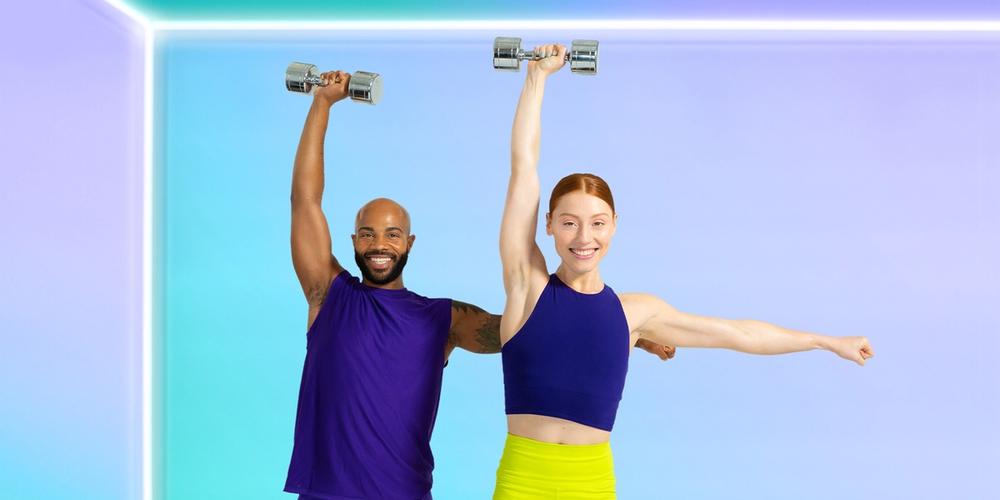
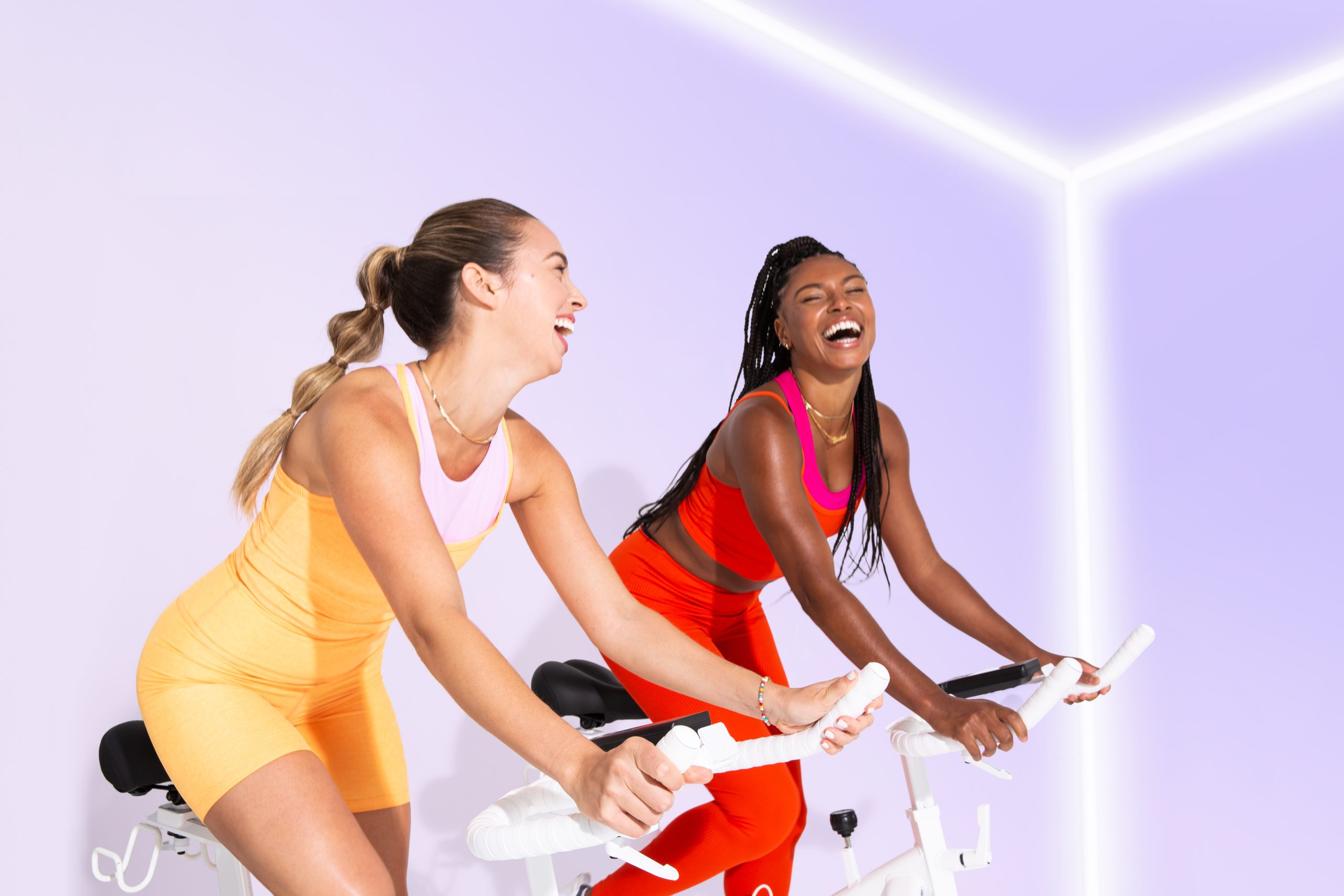
Leave a Reply